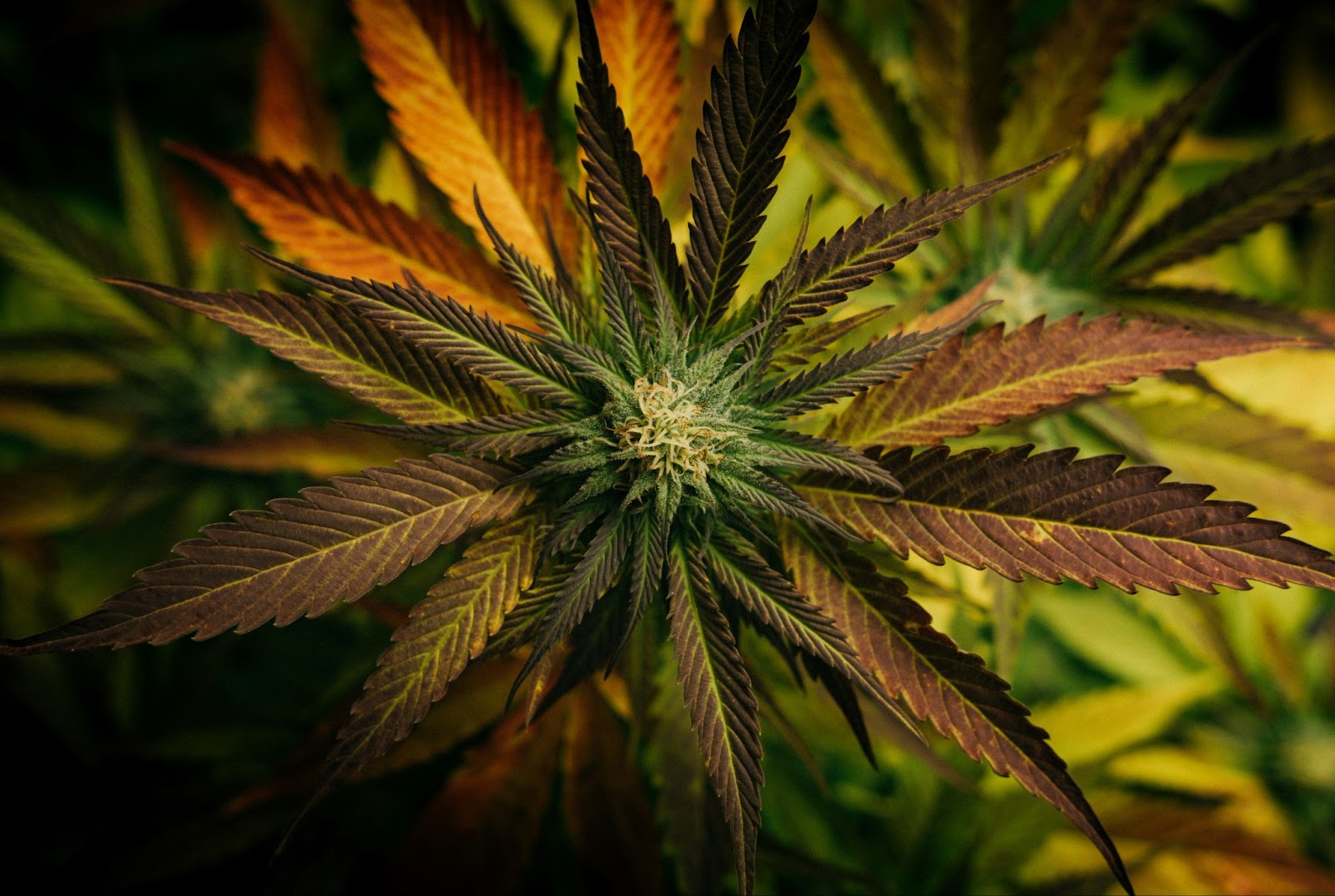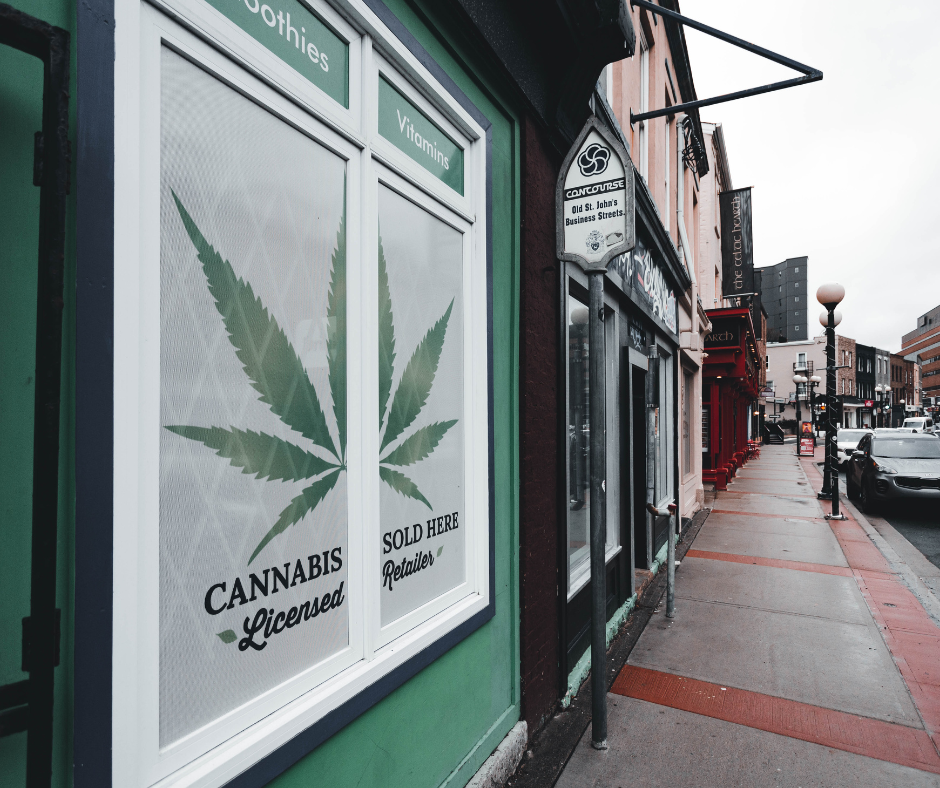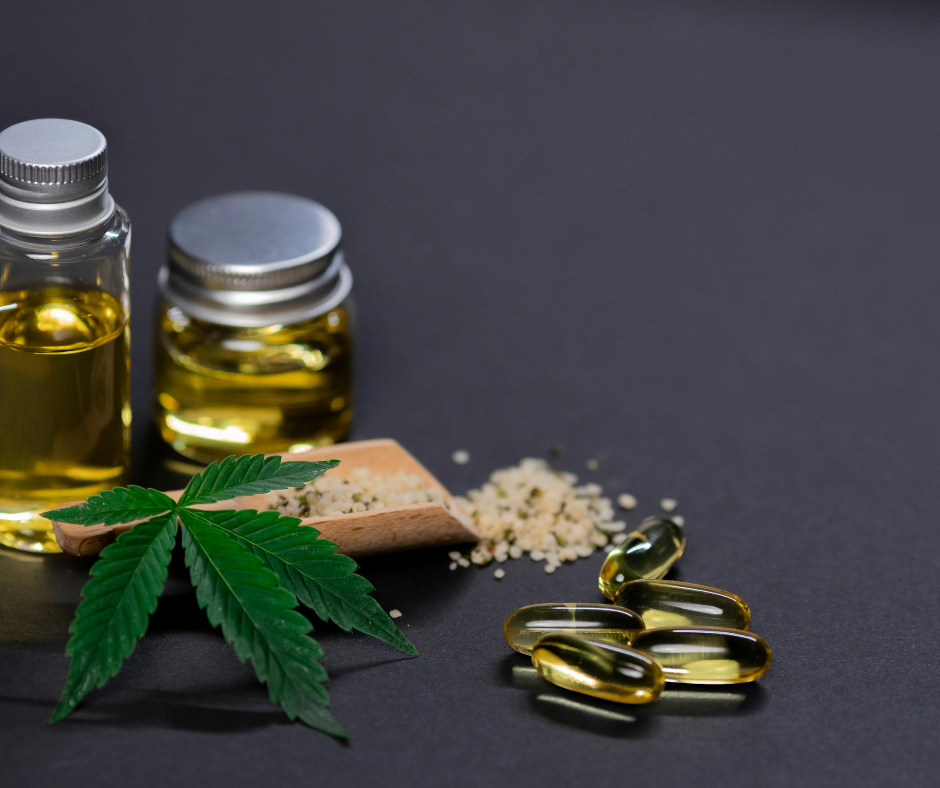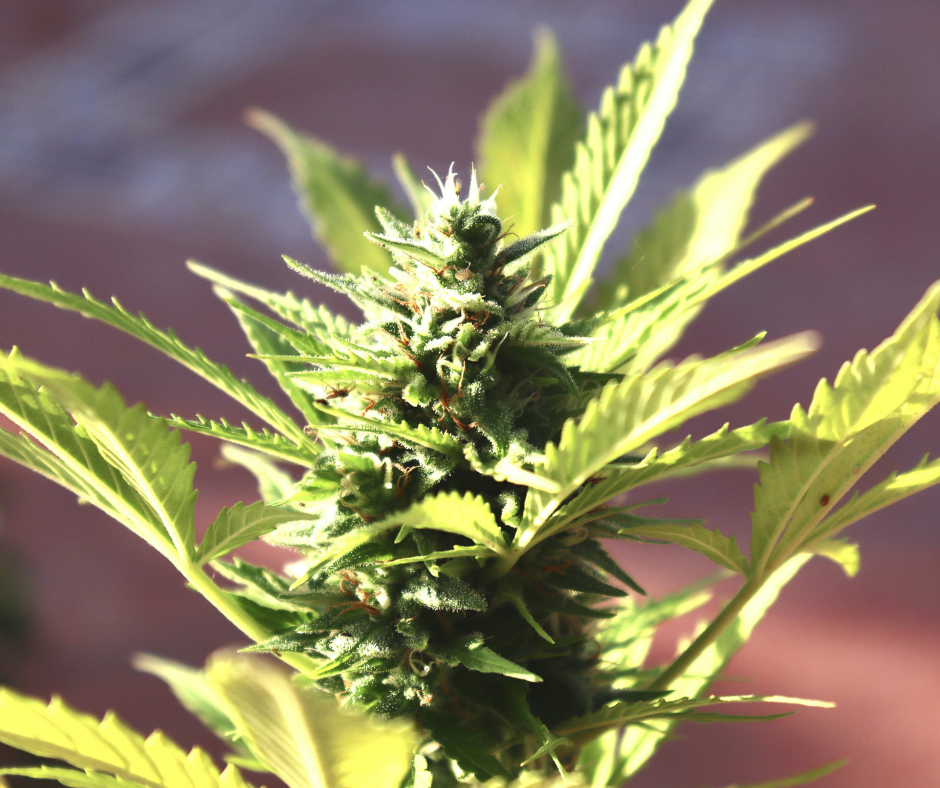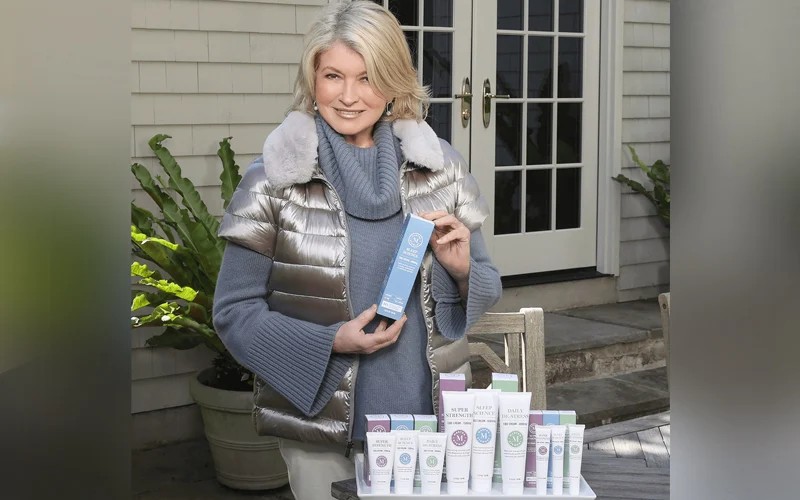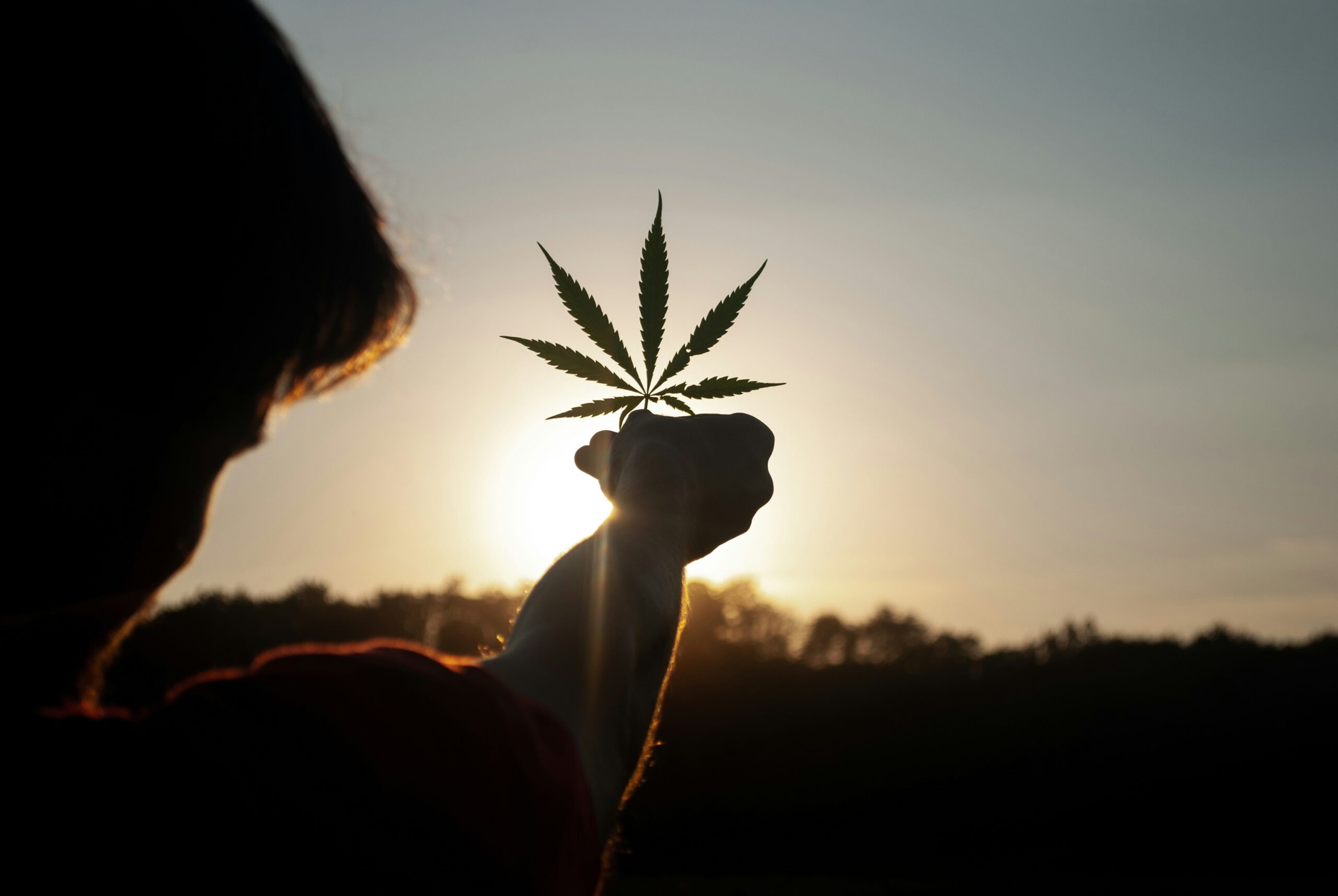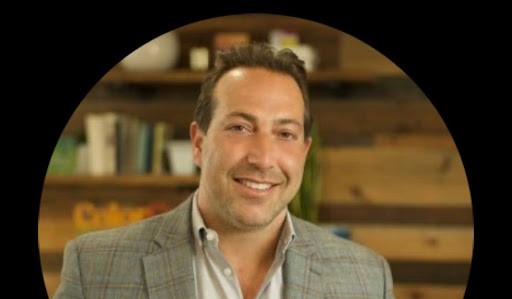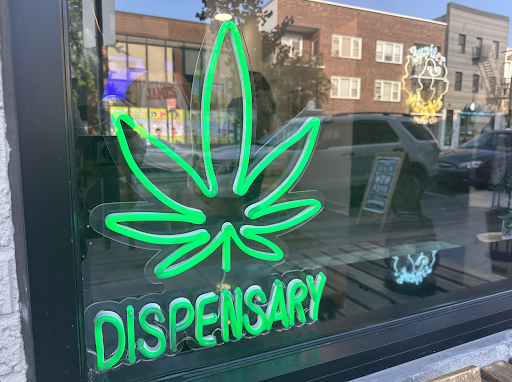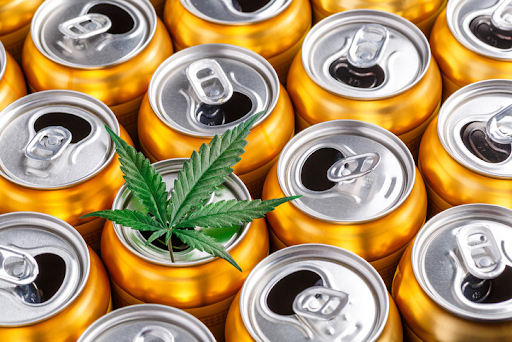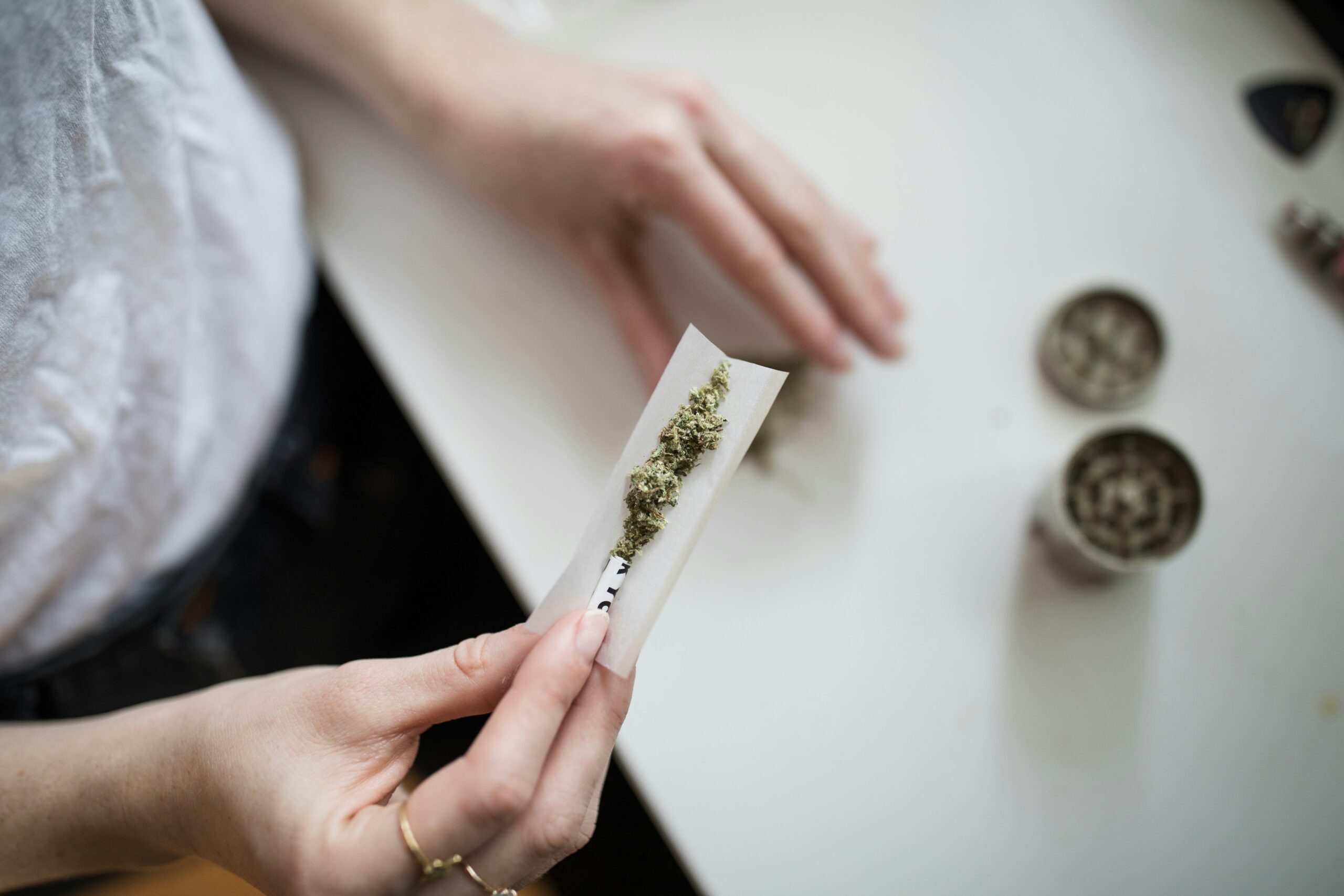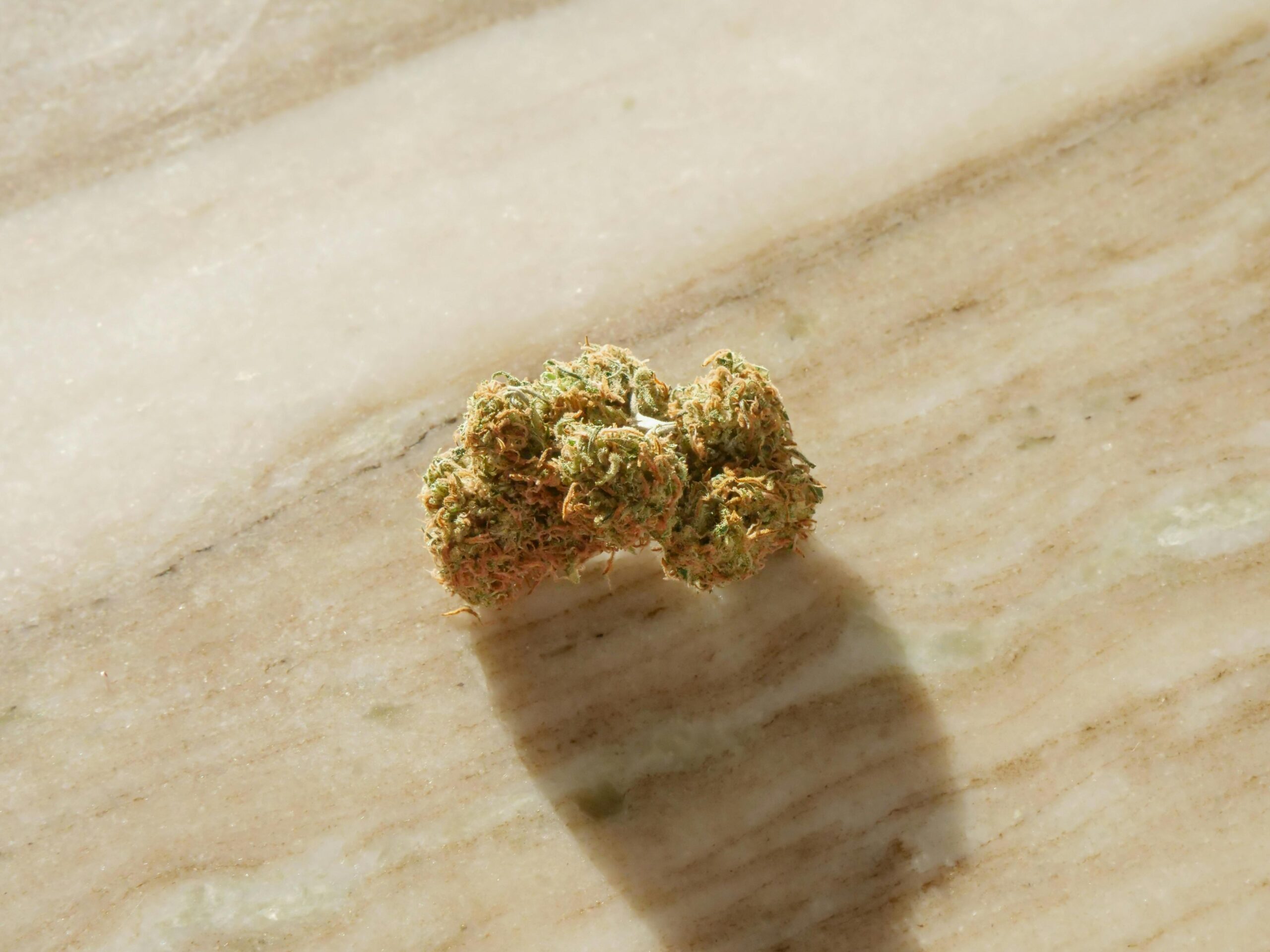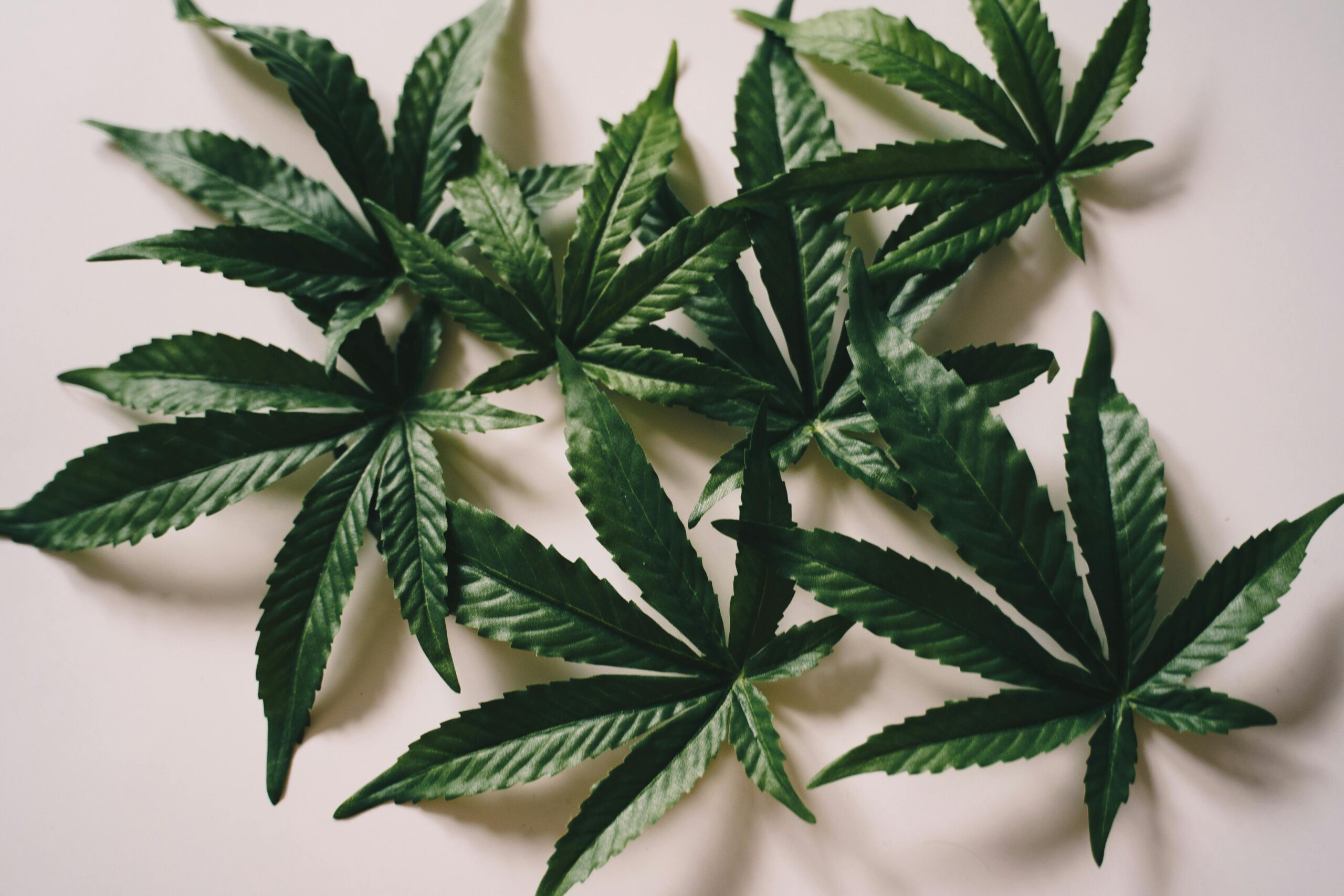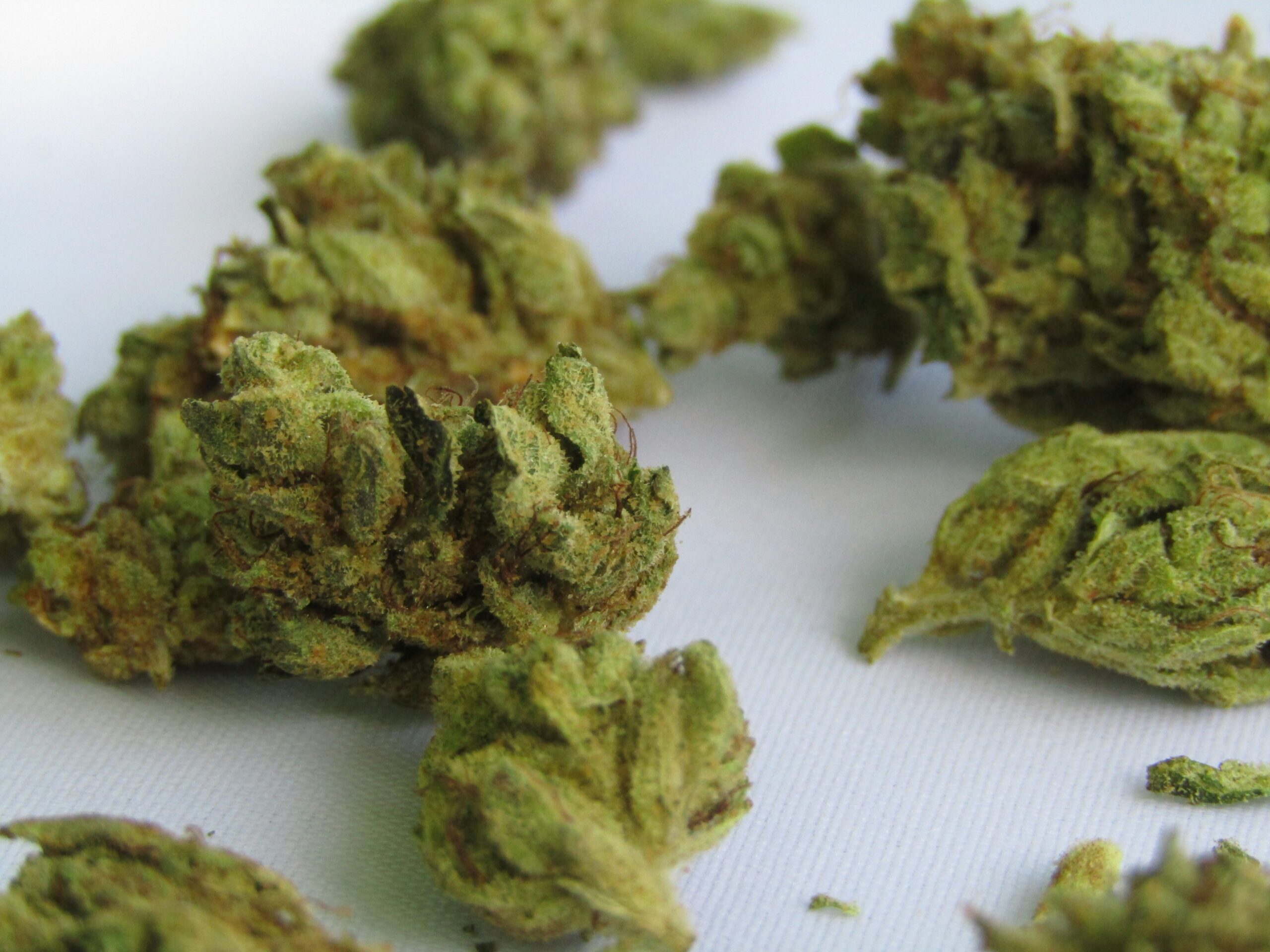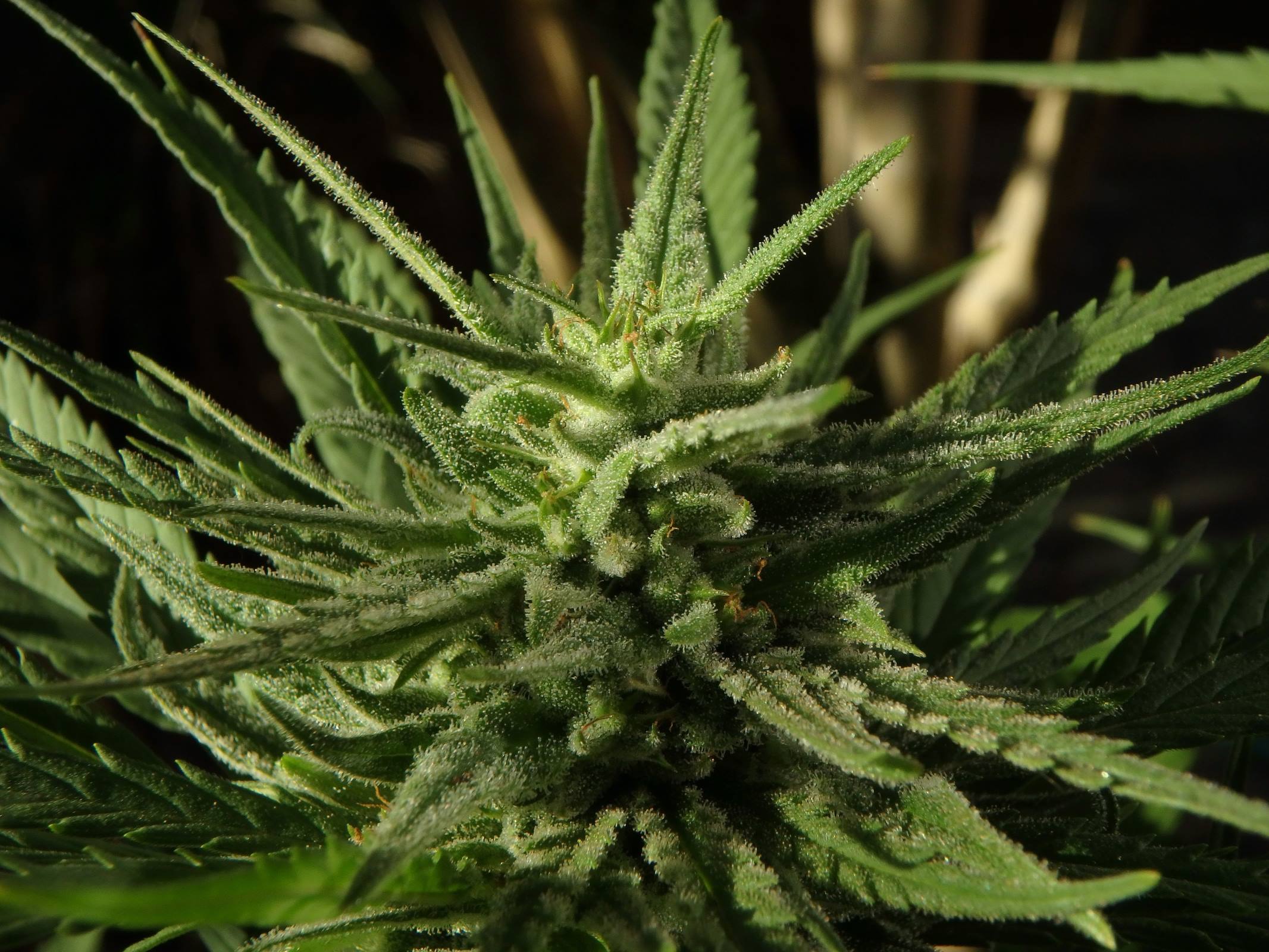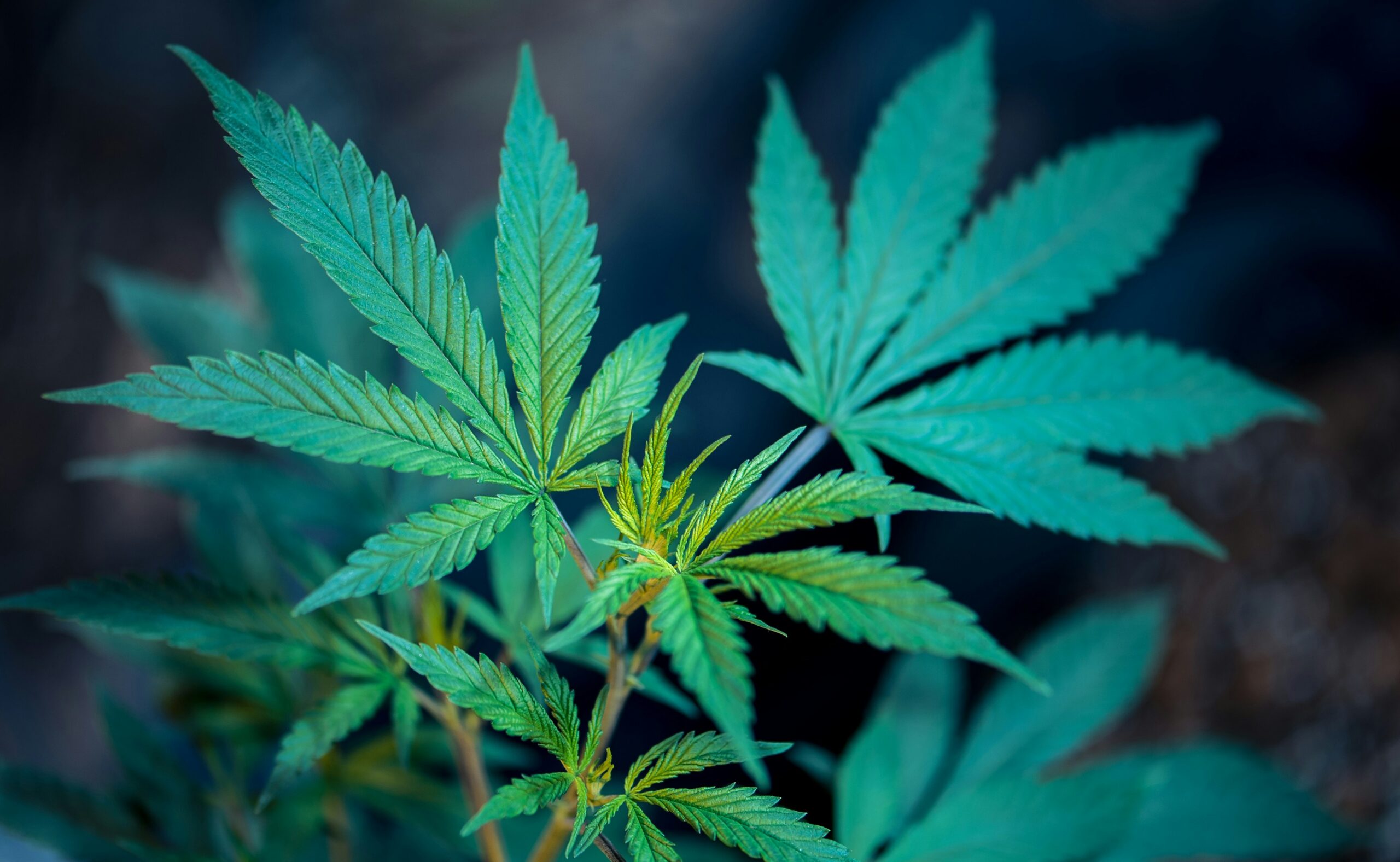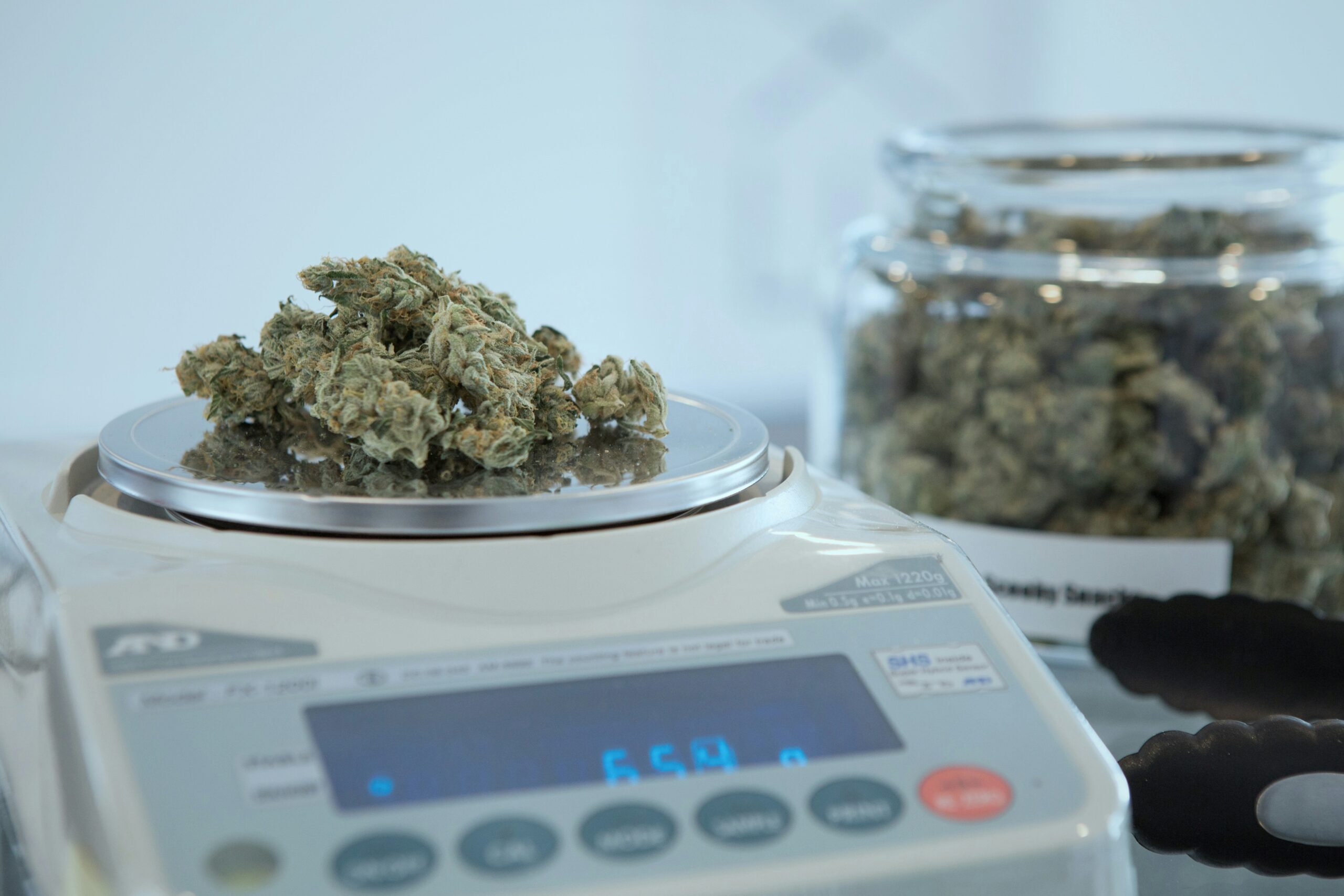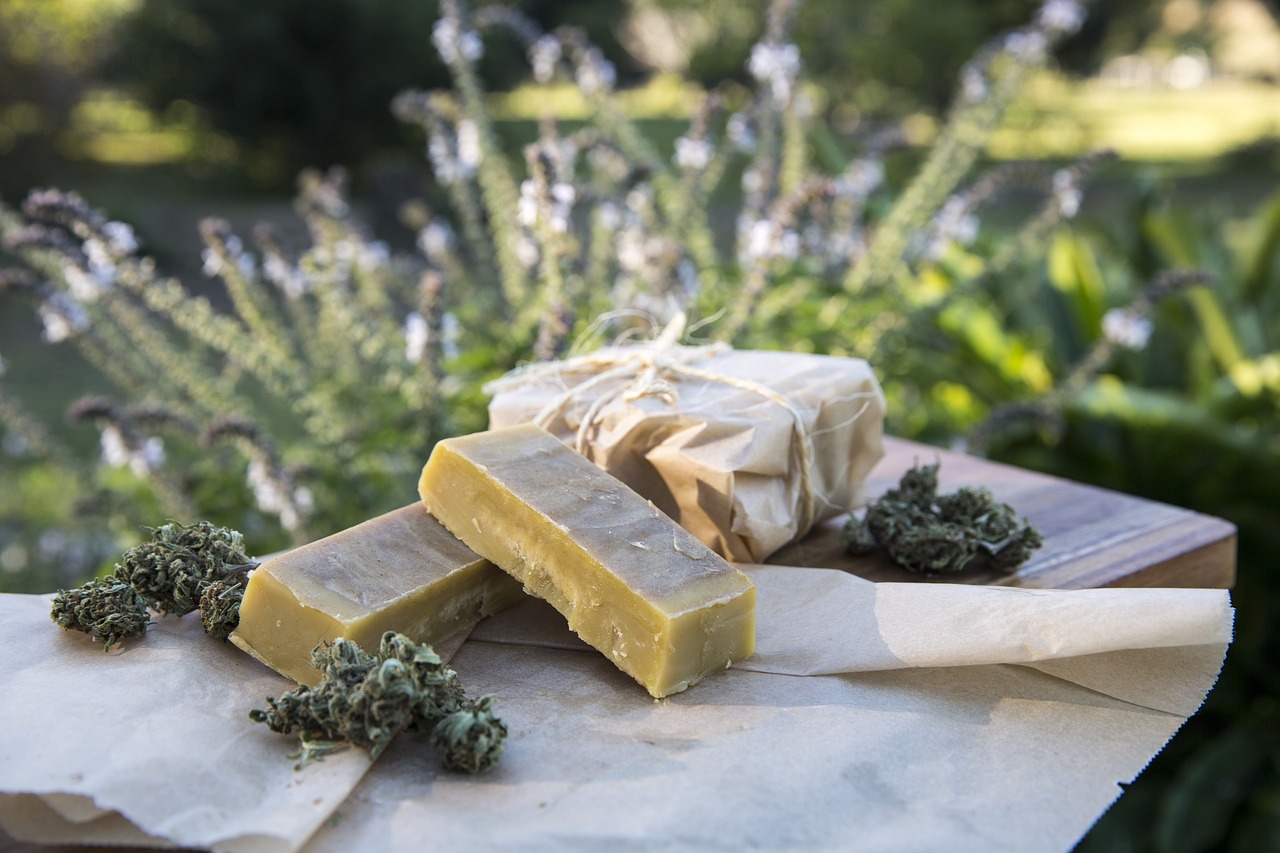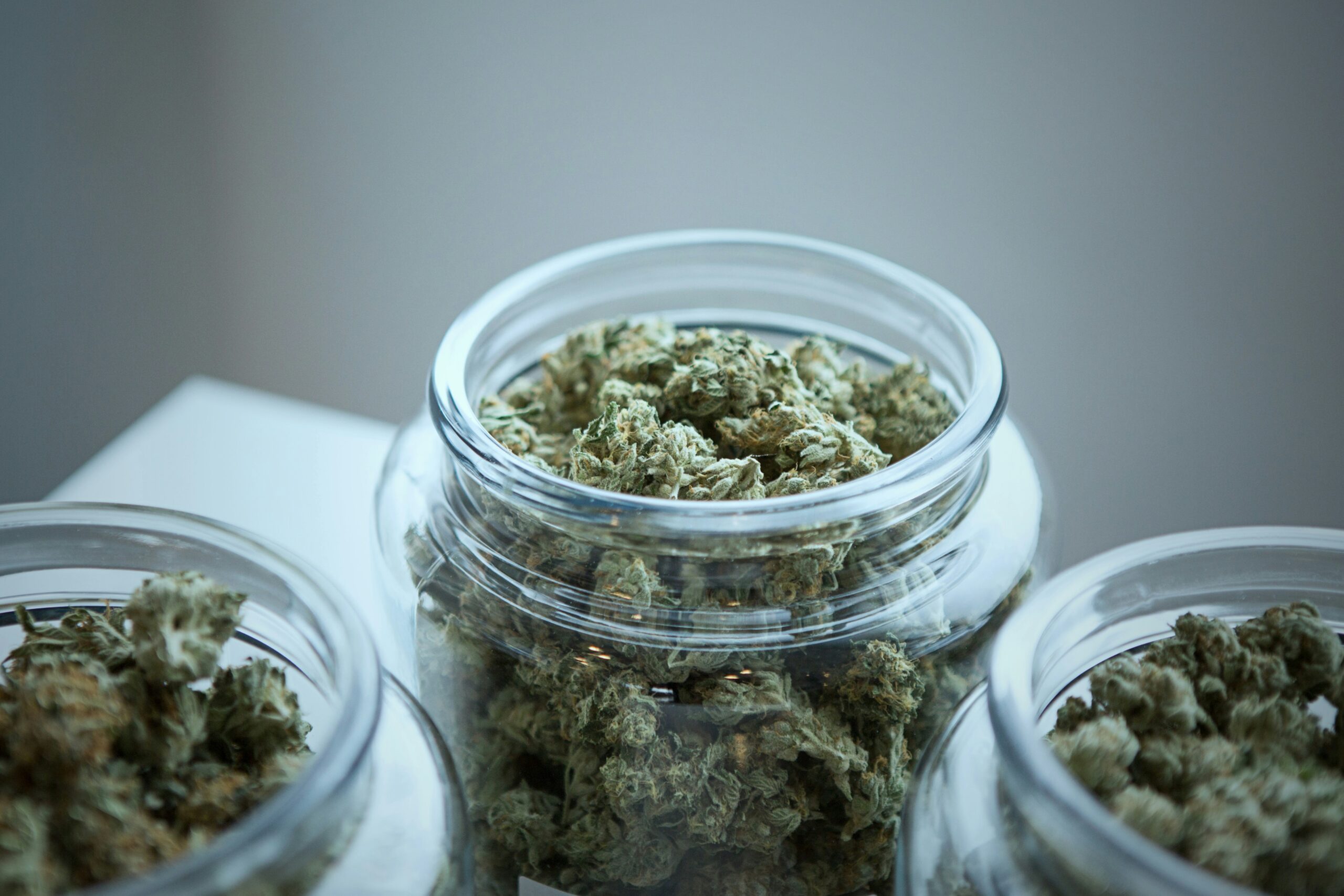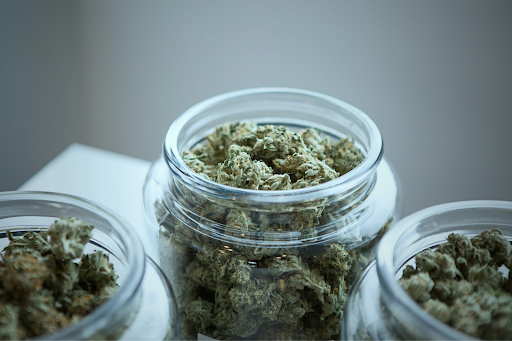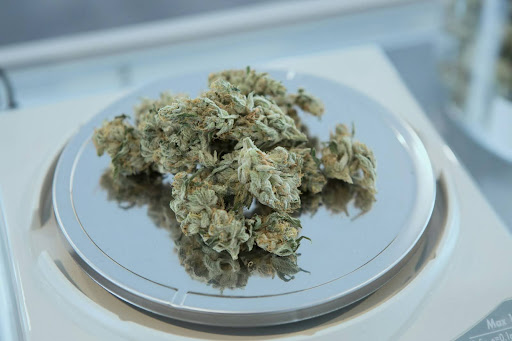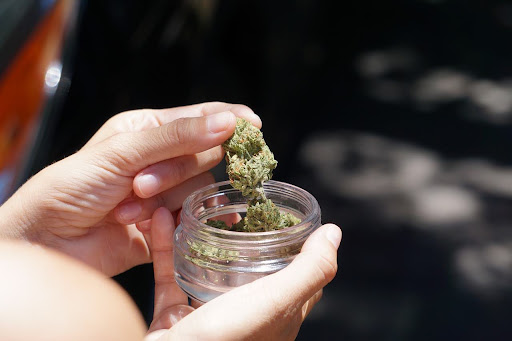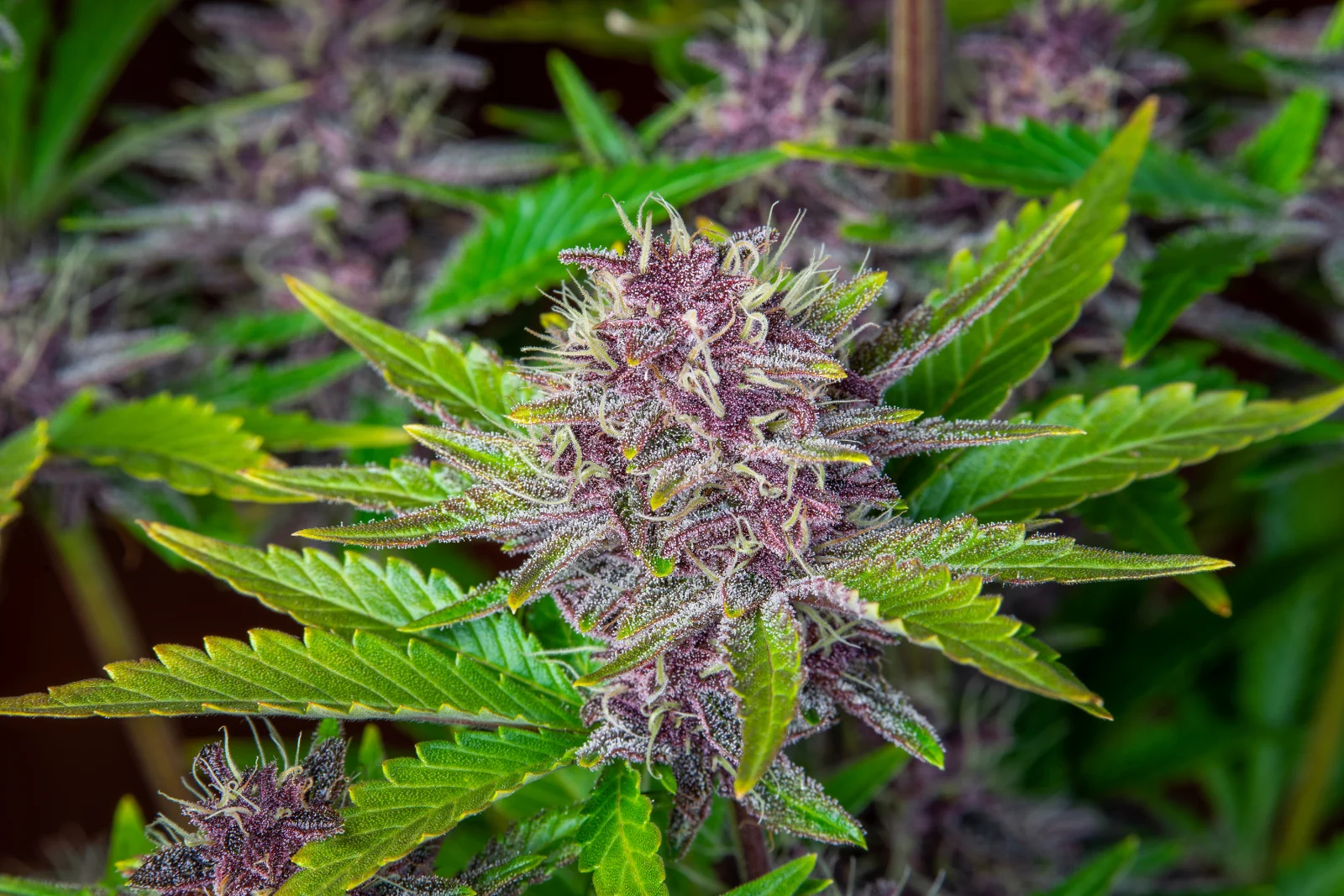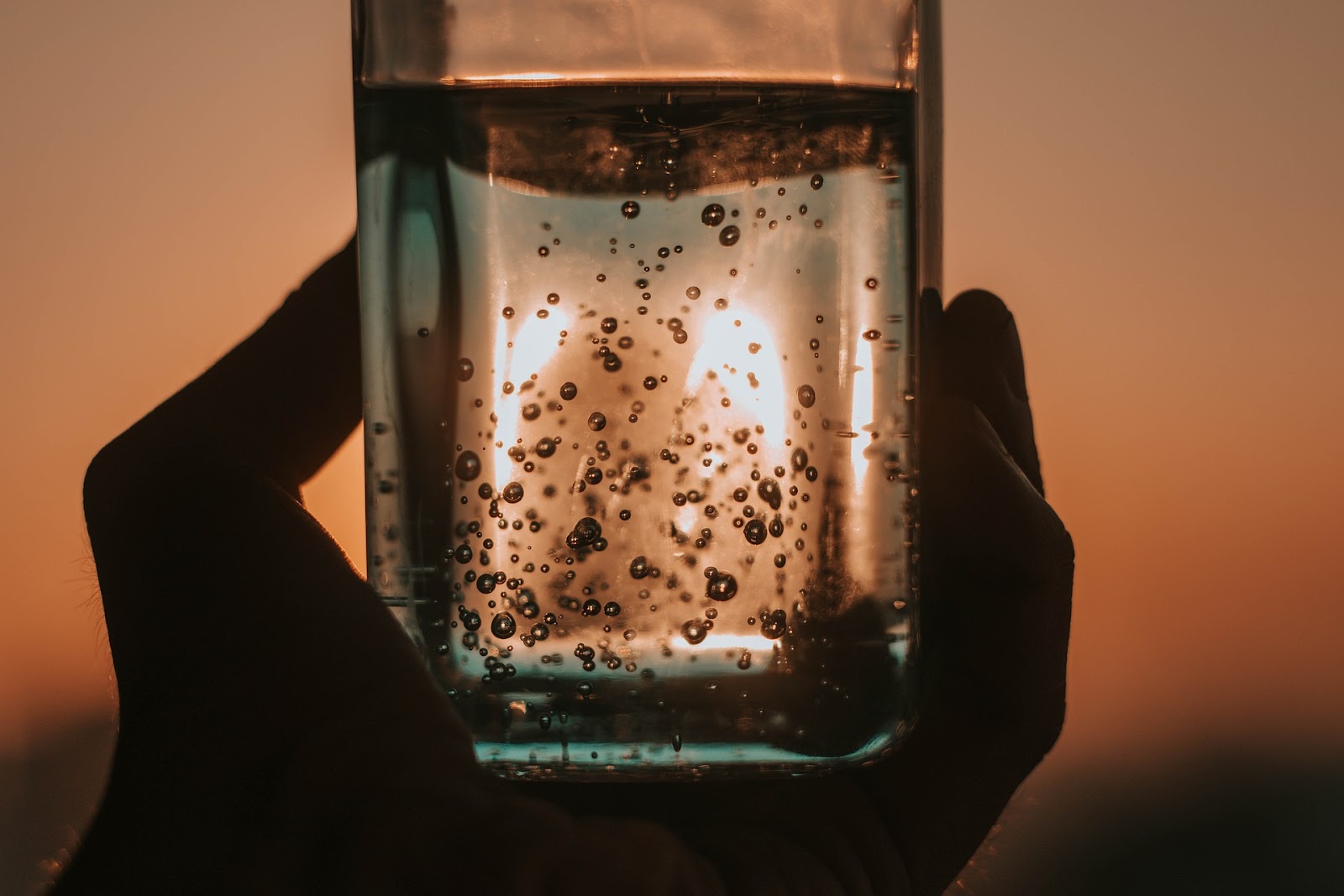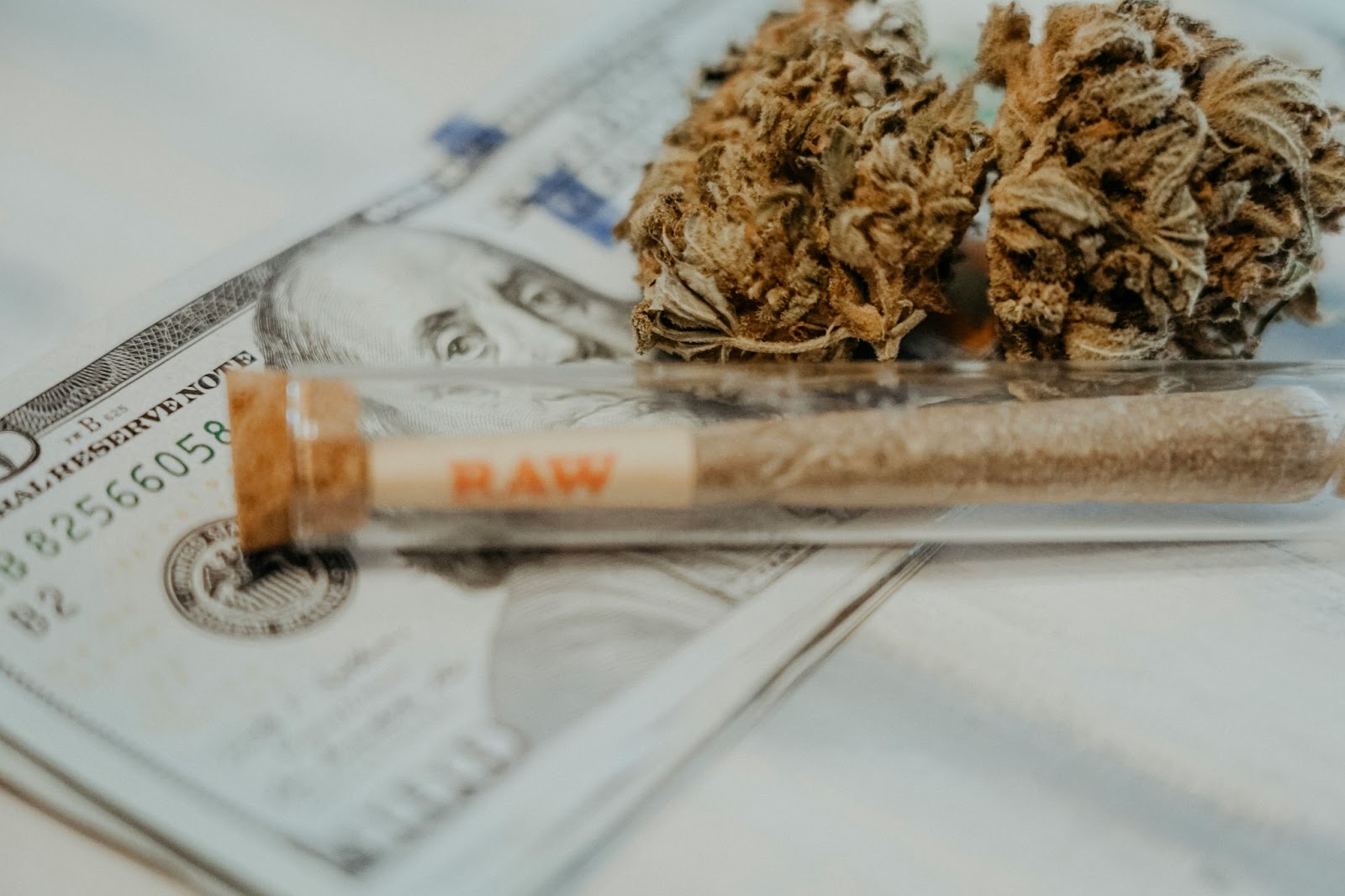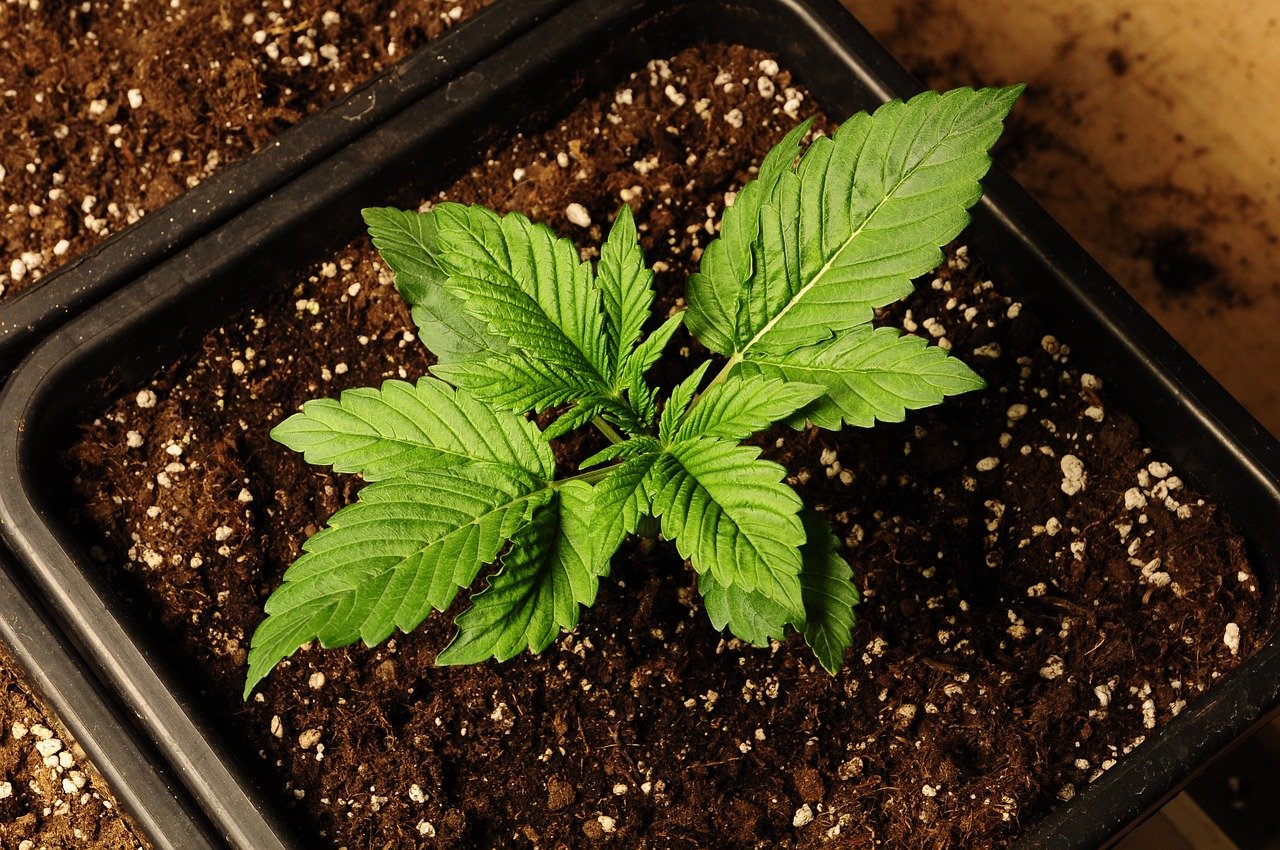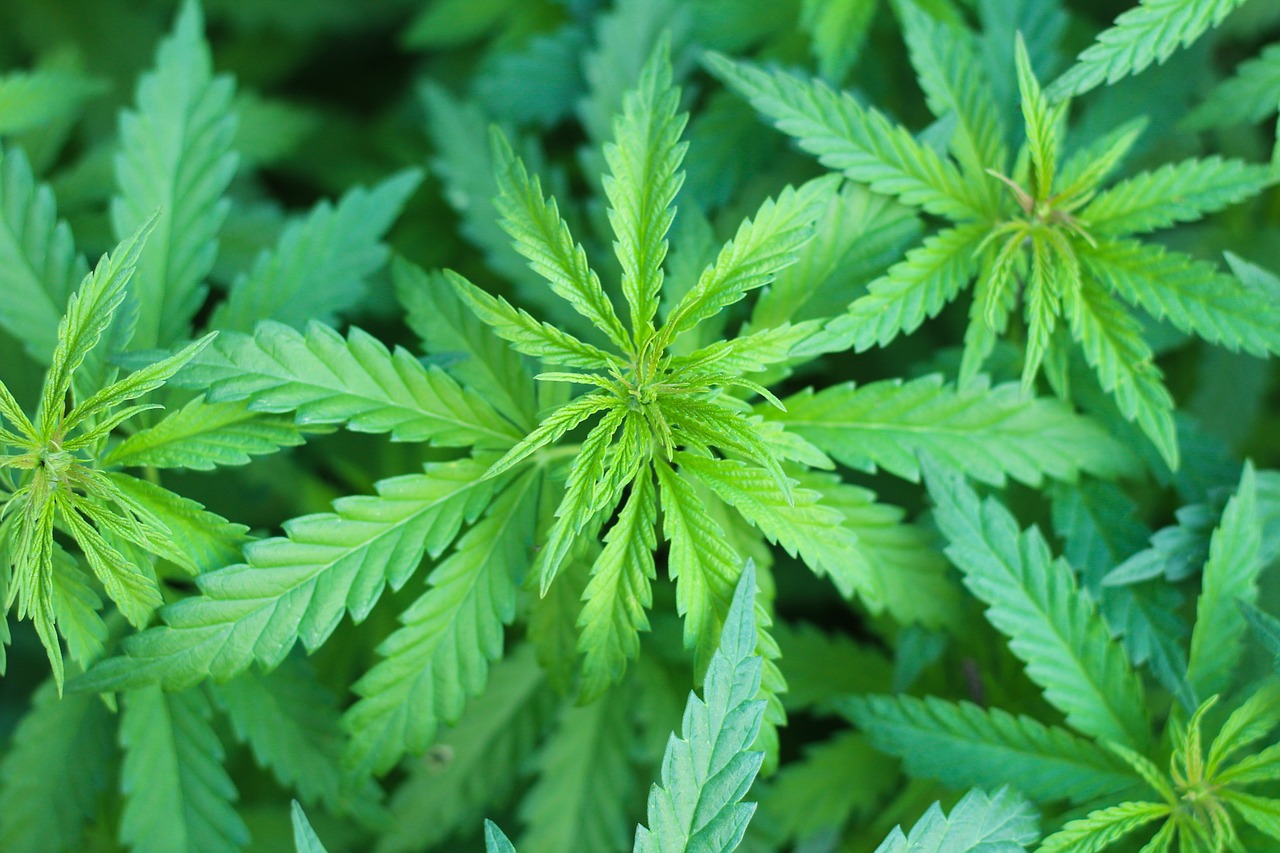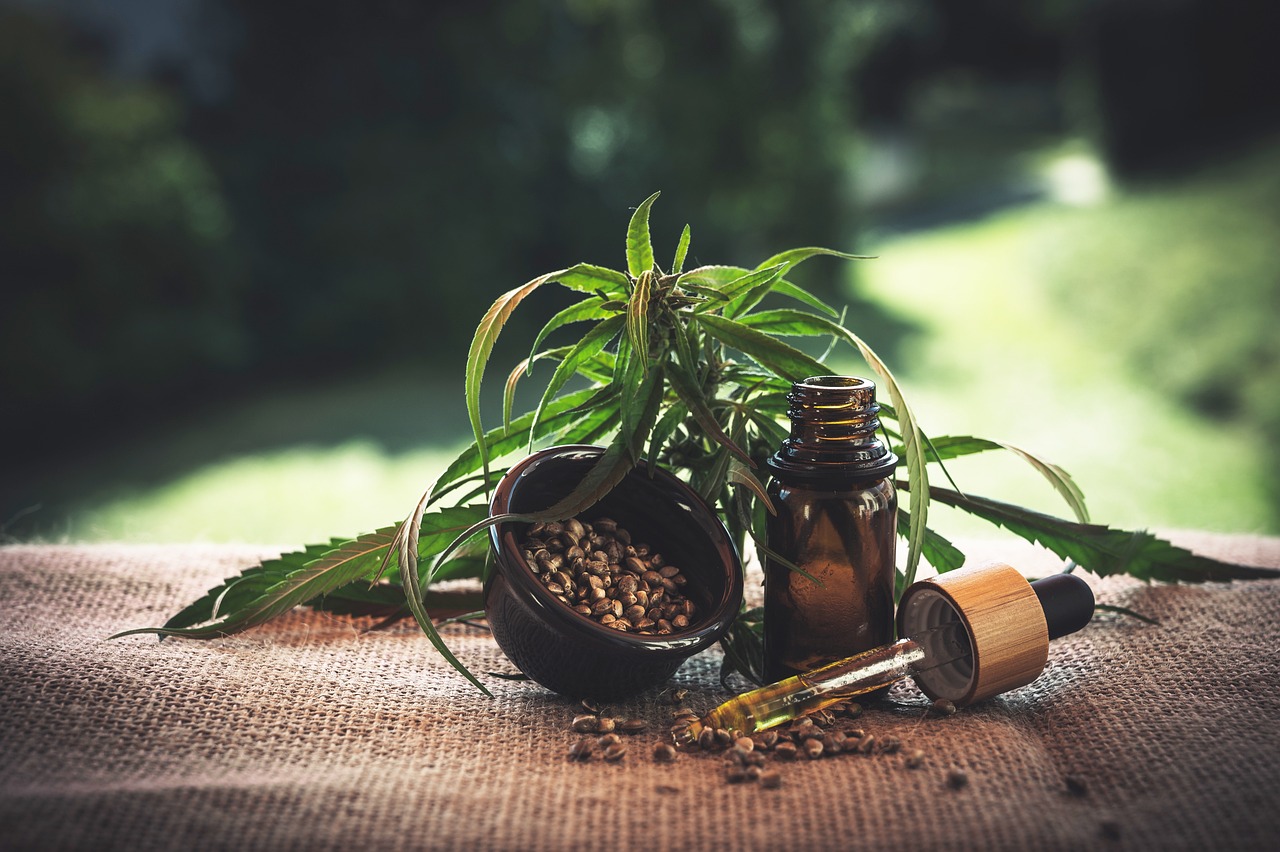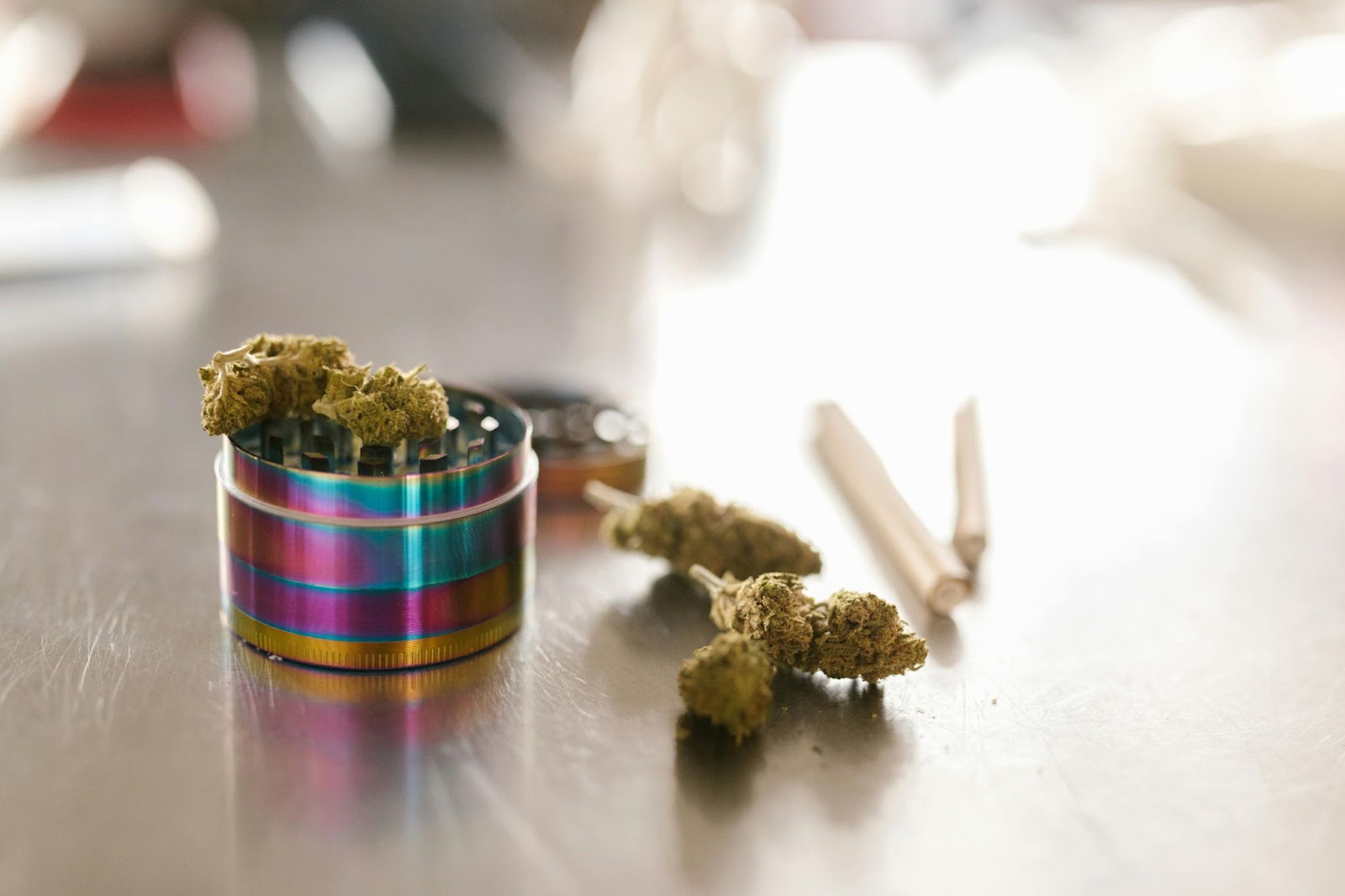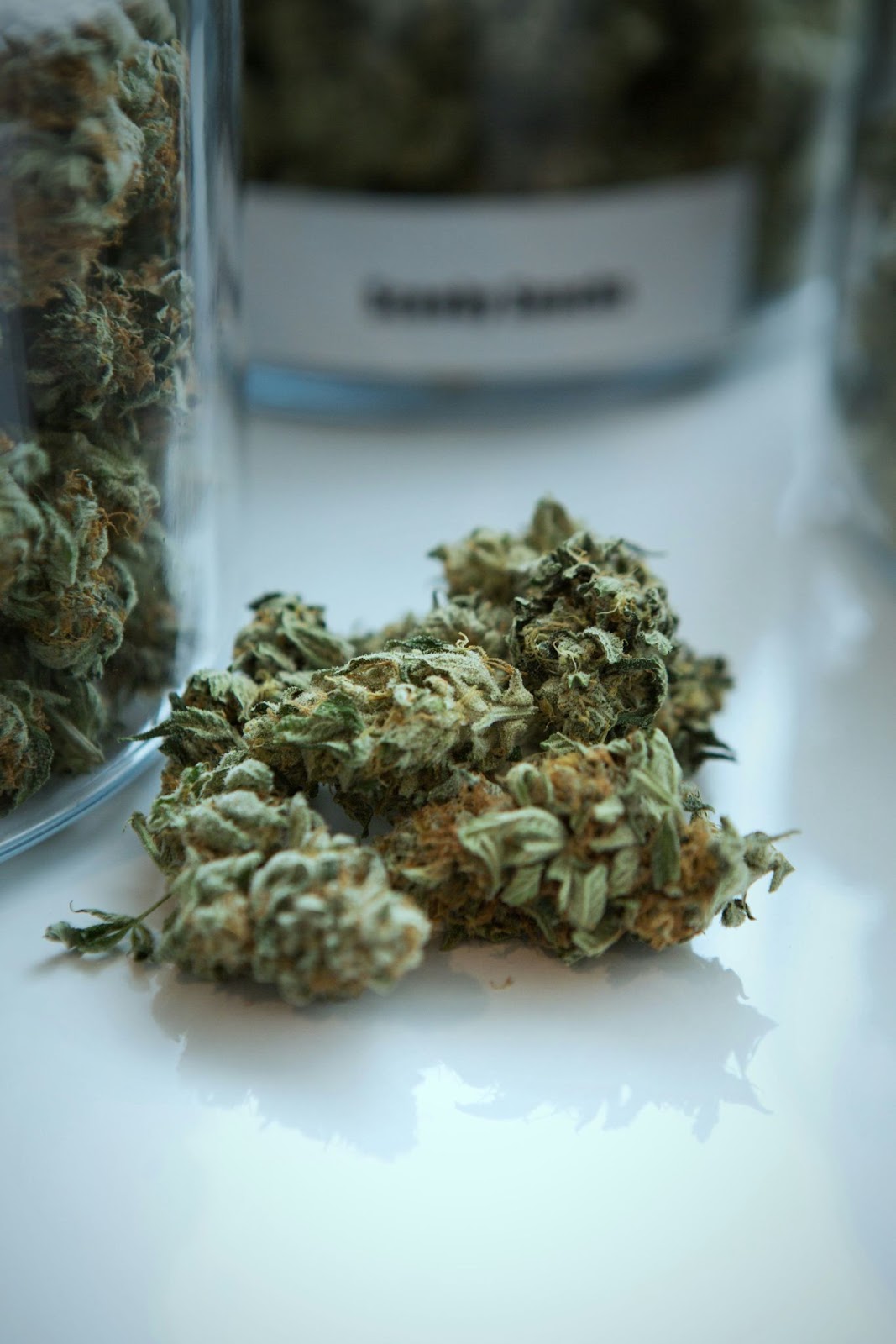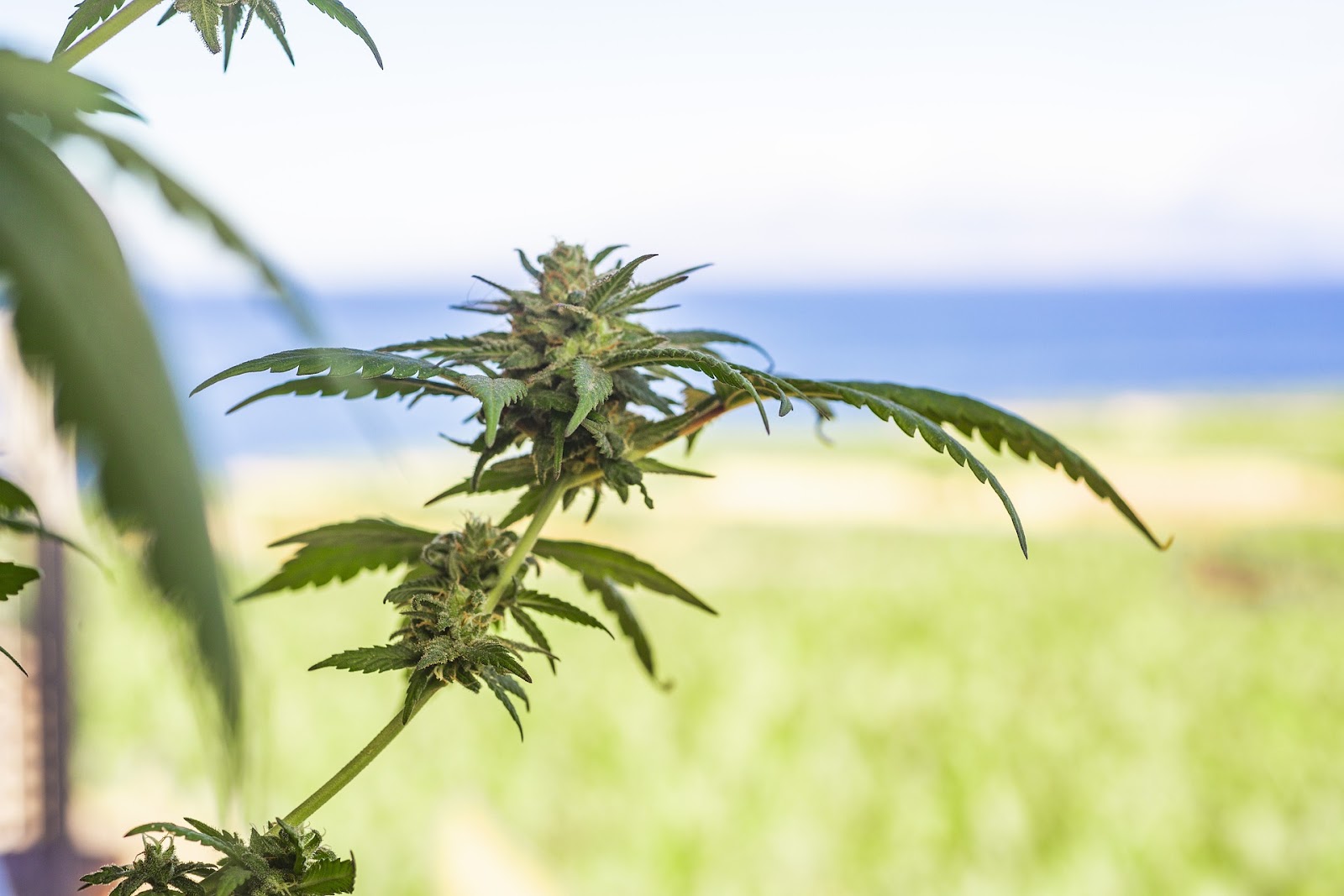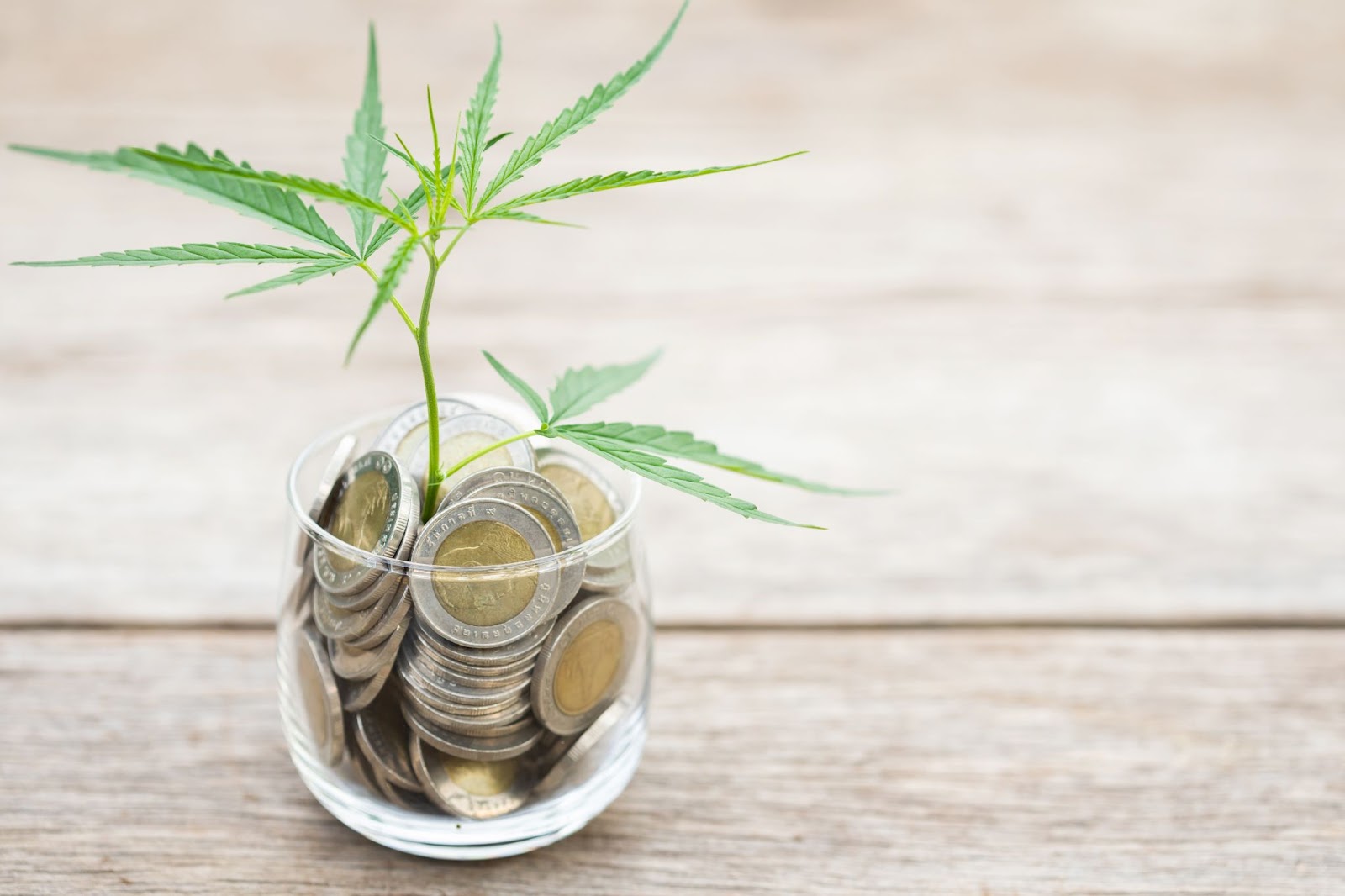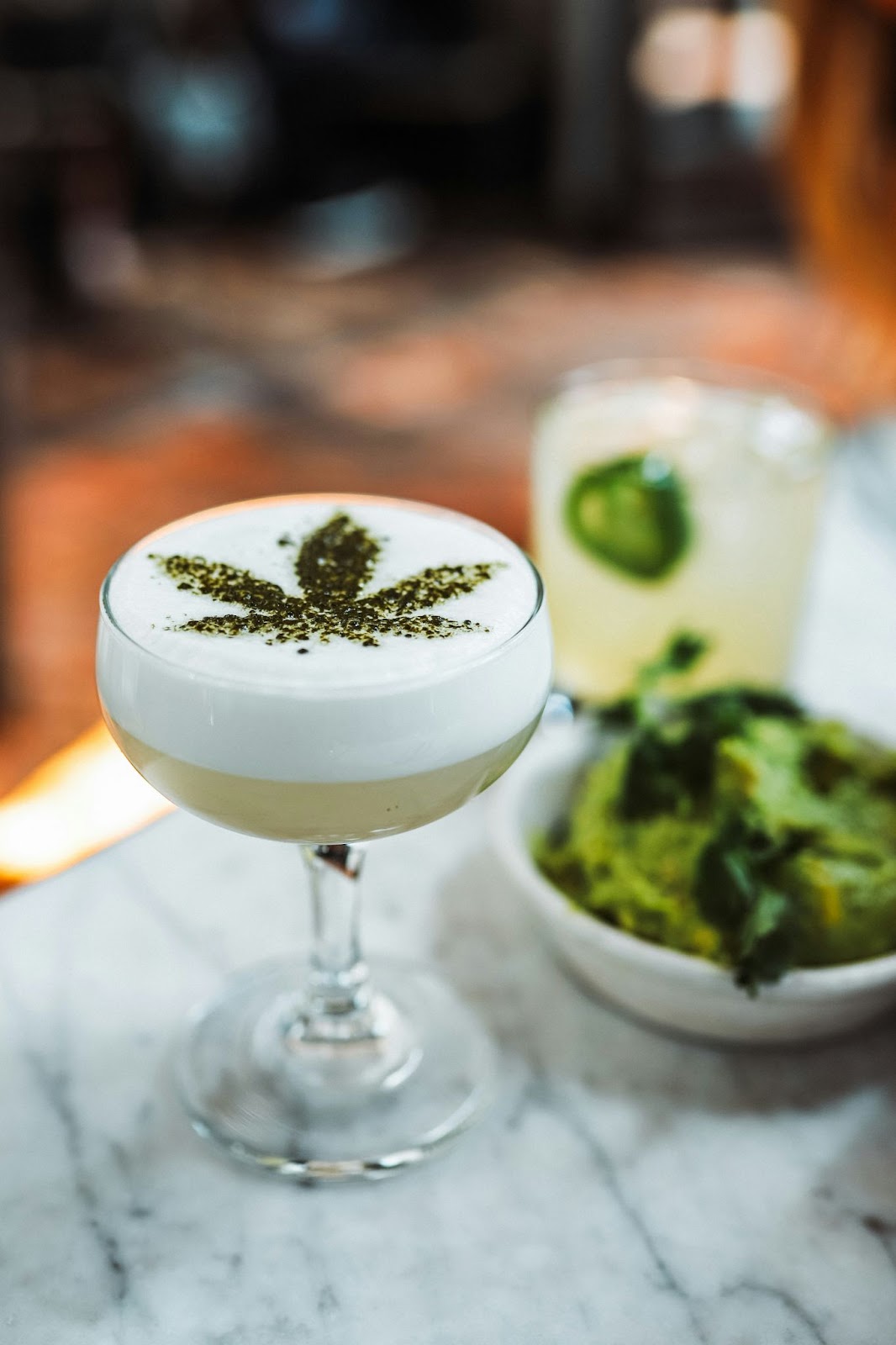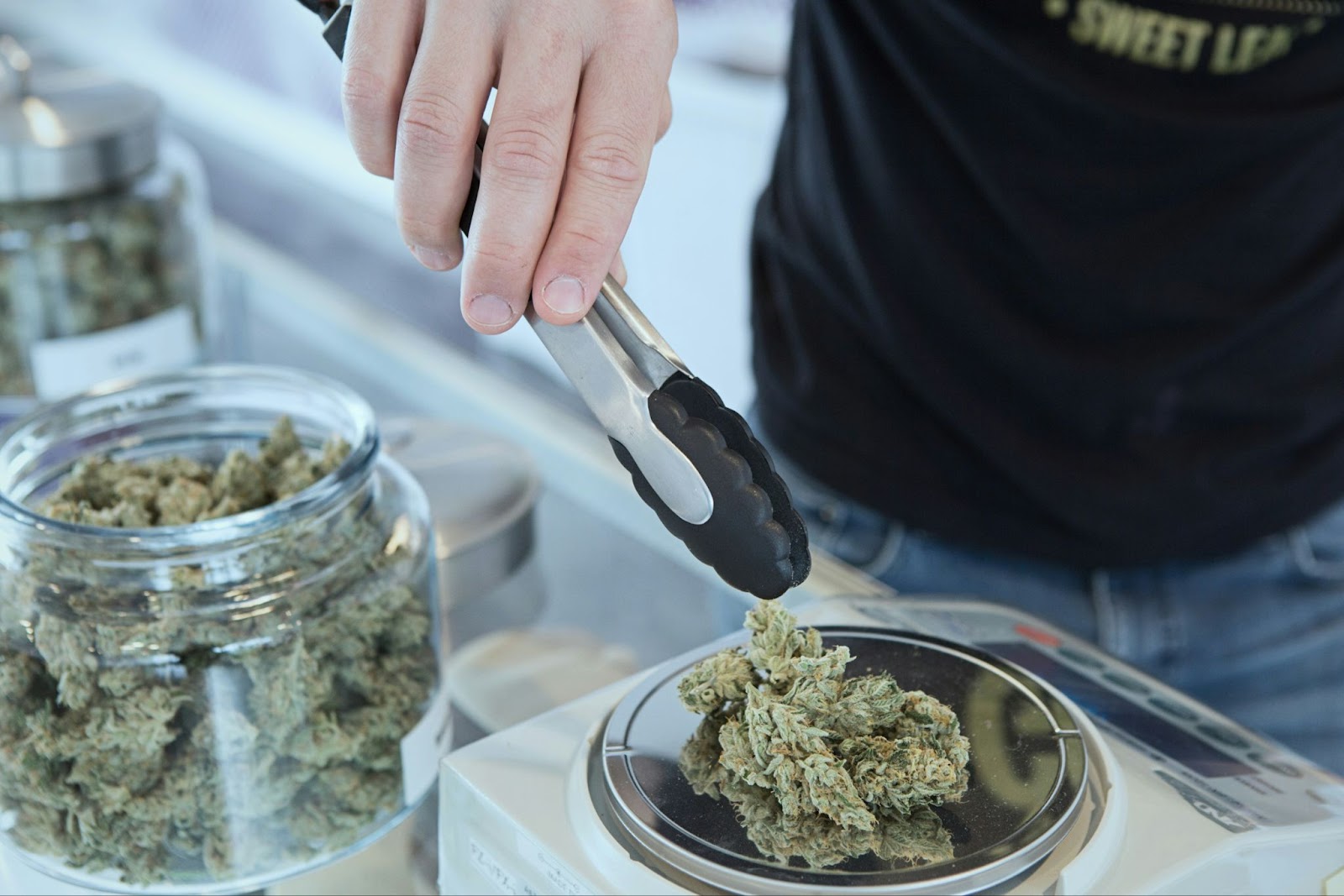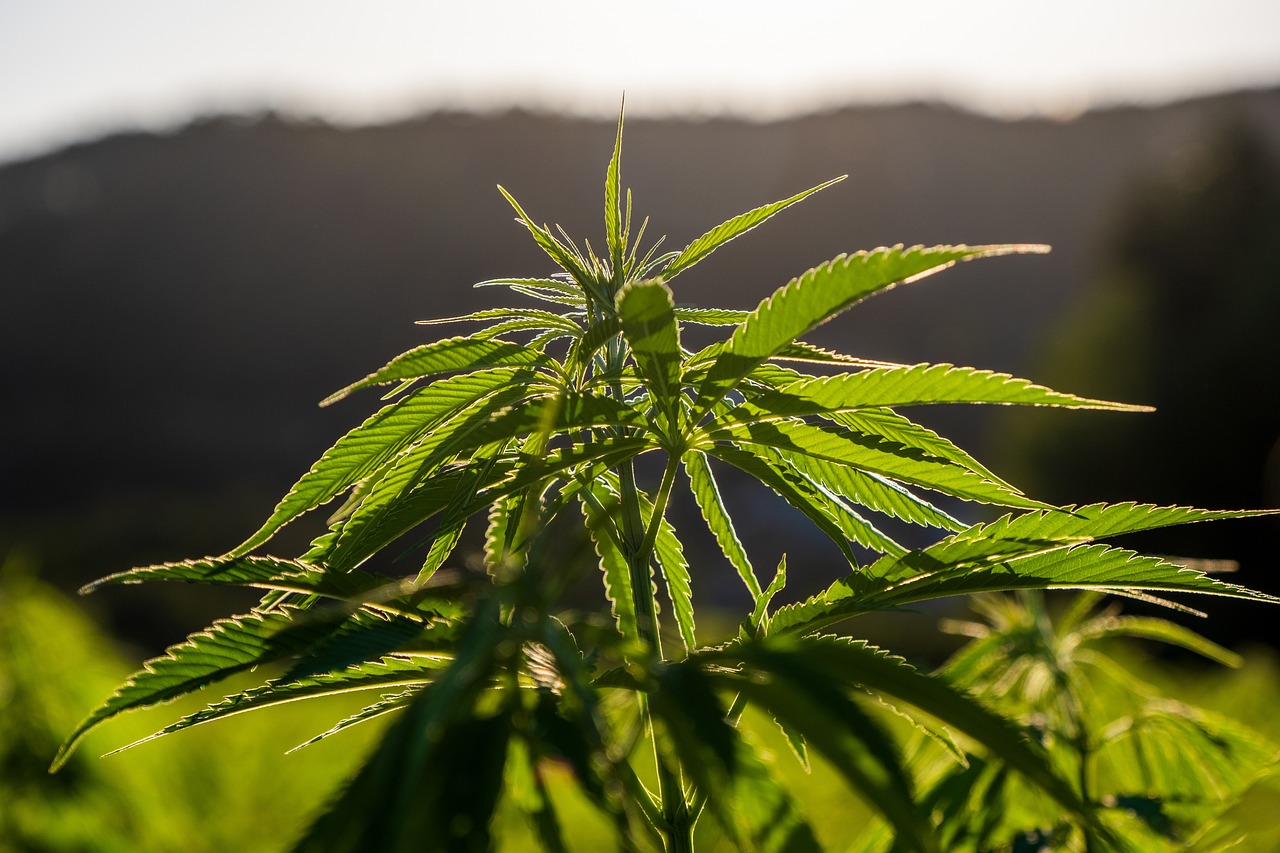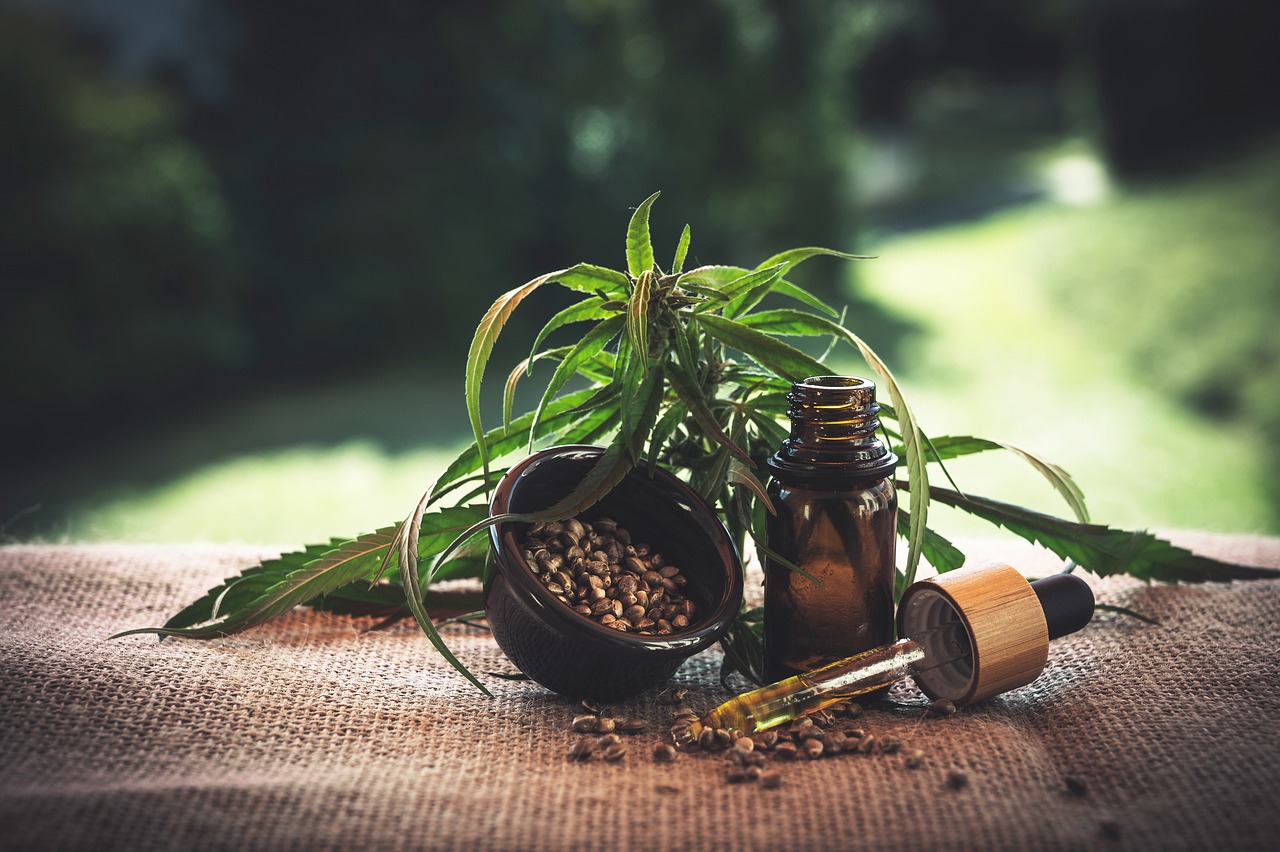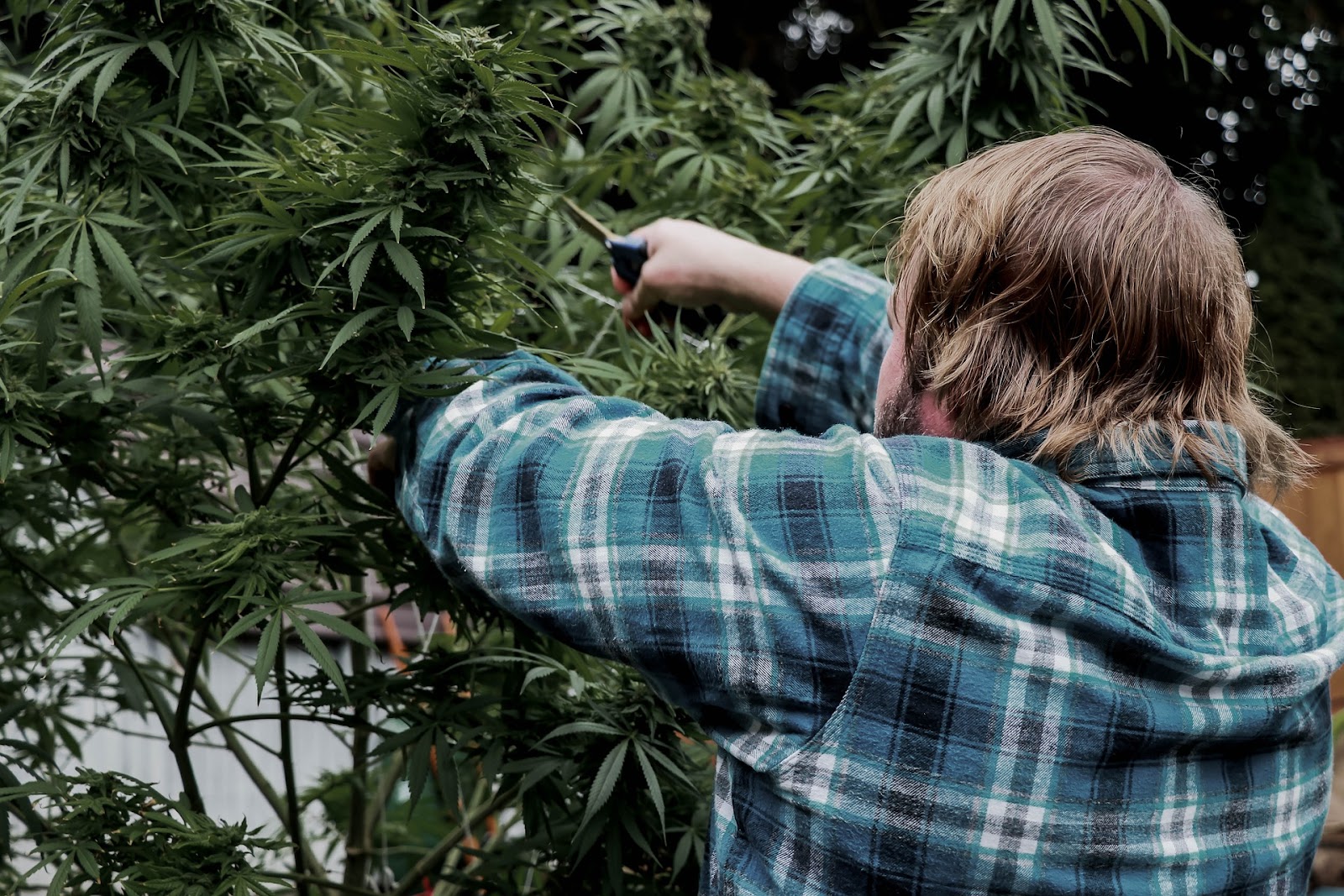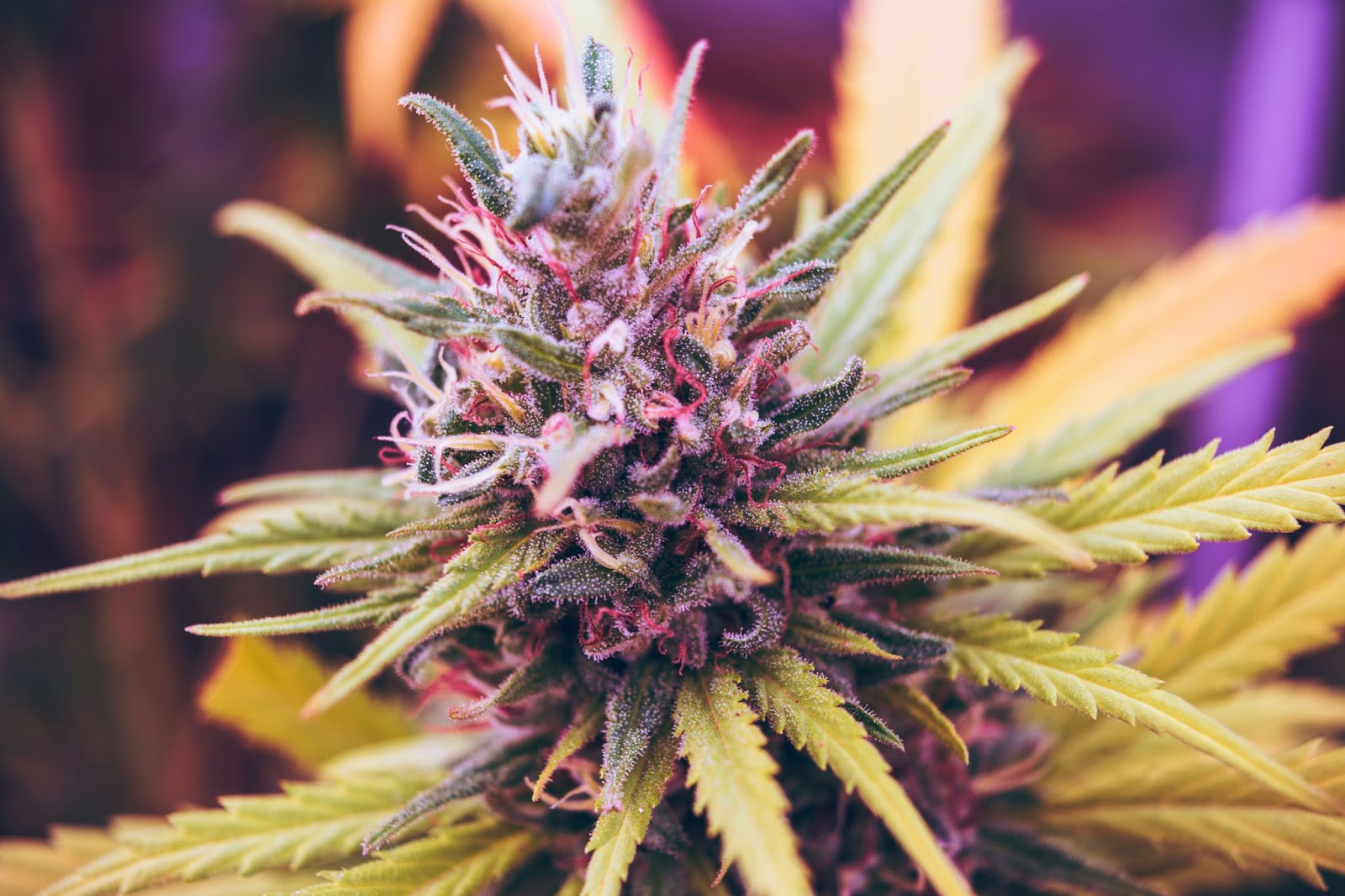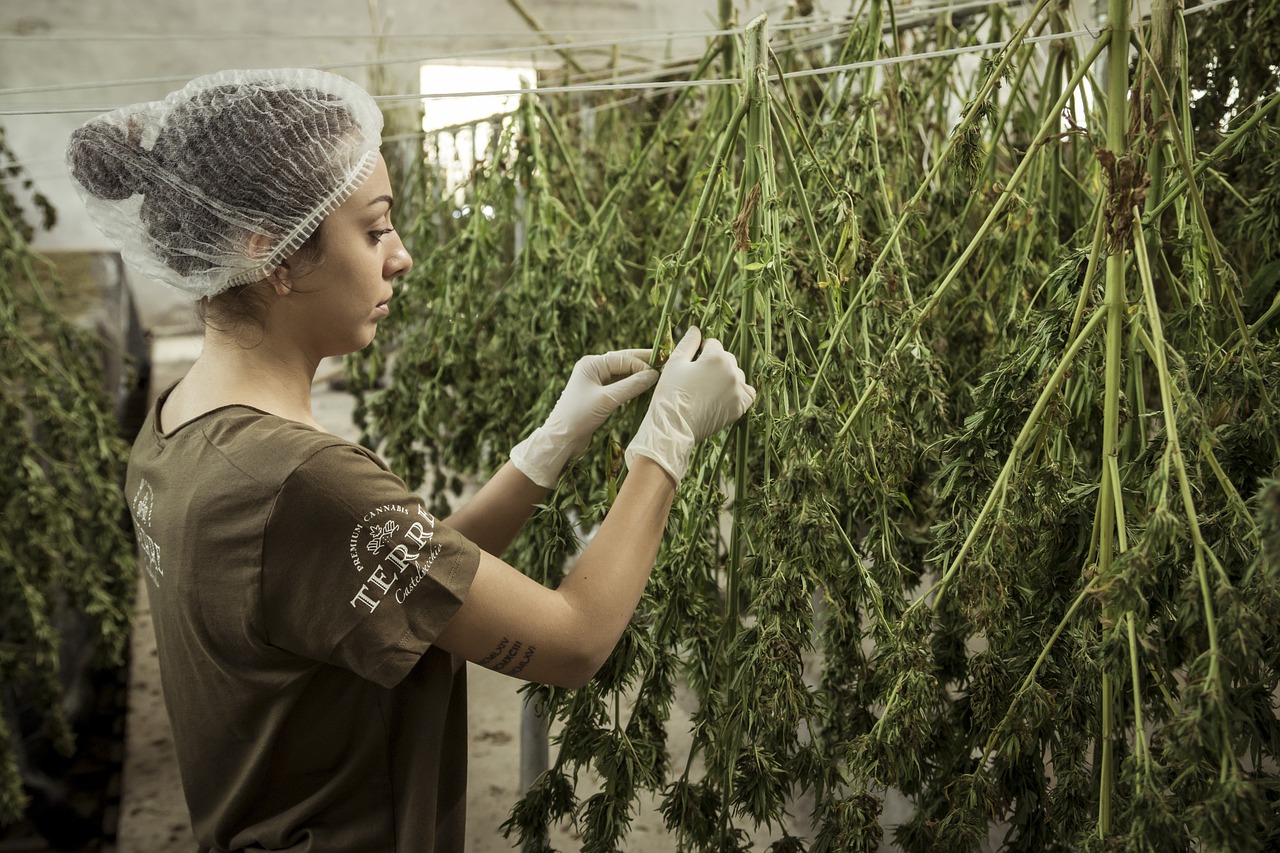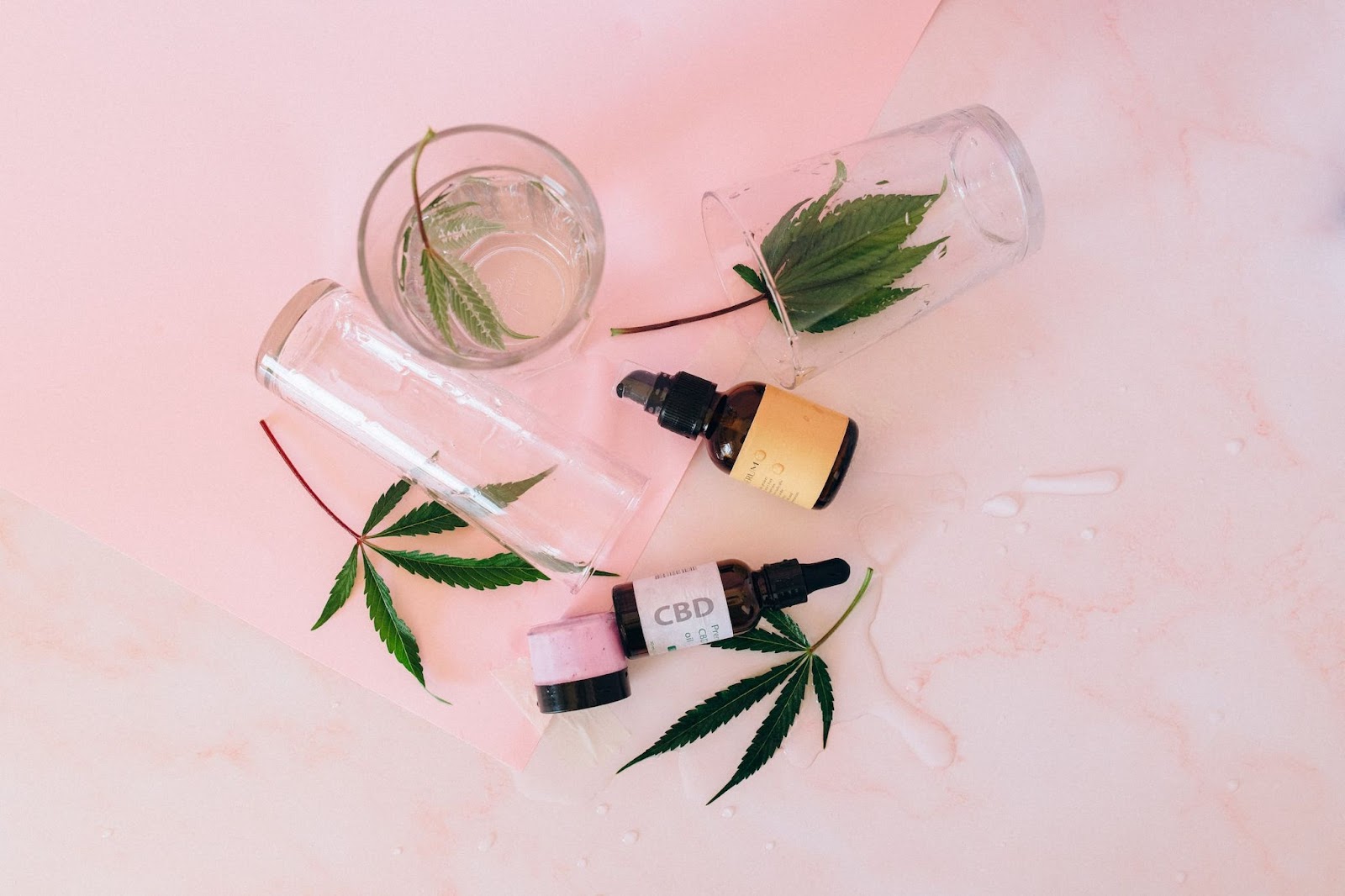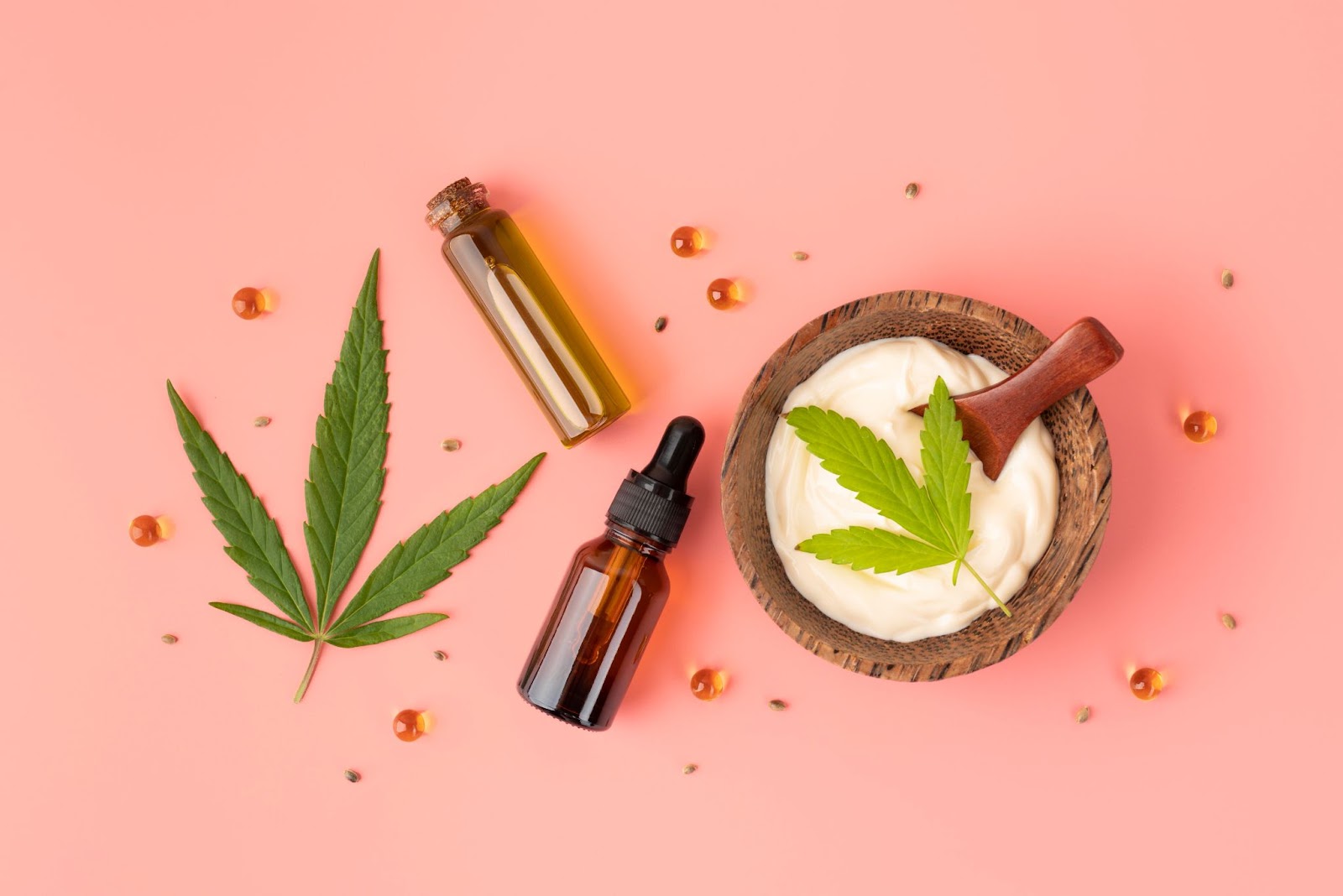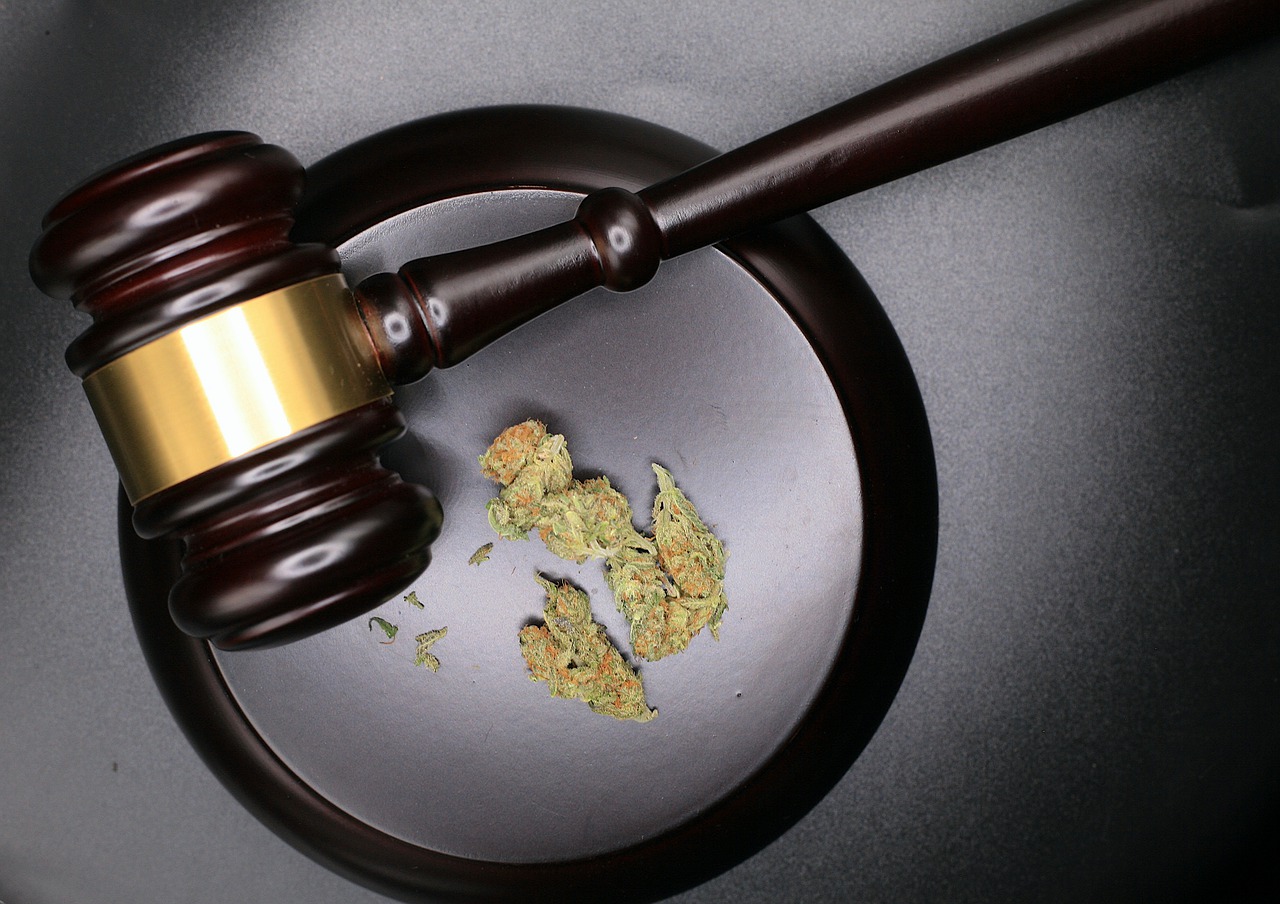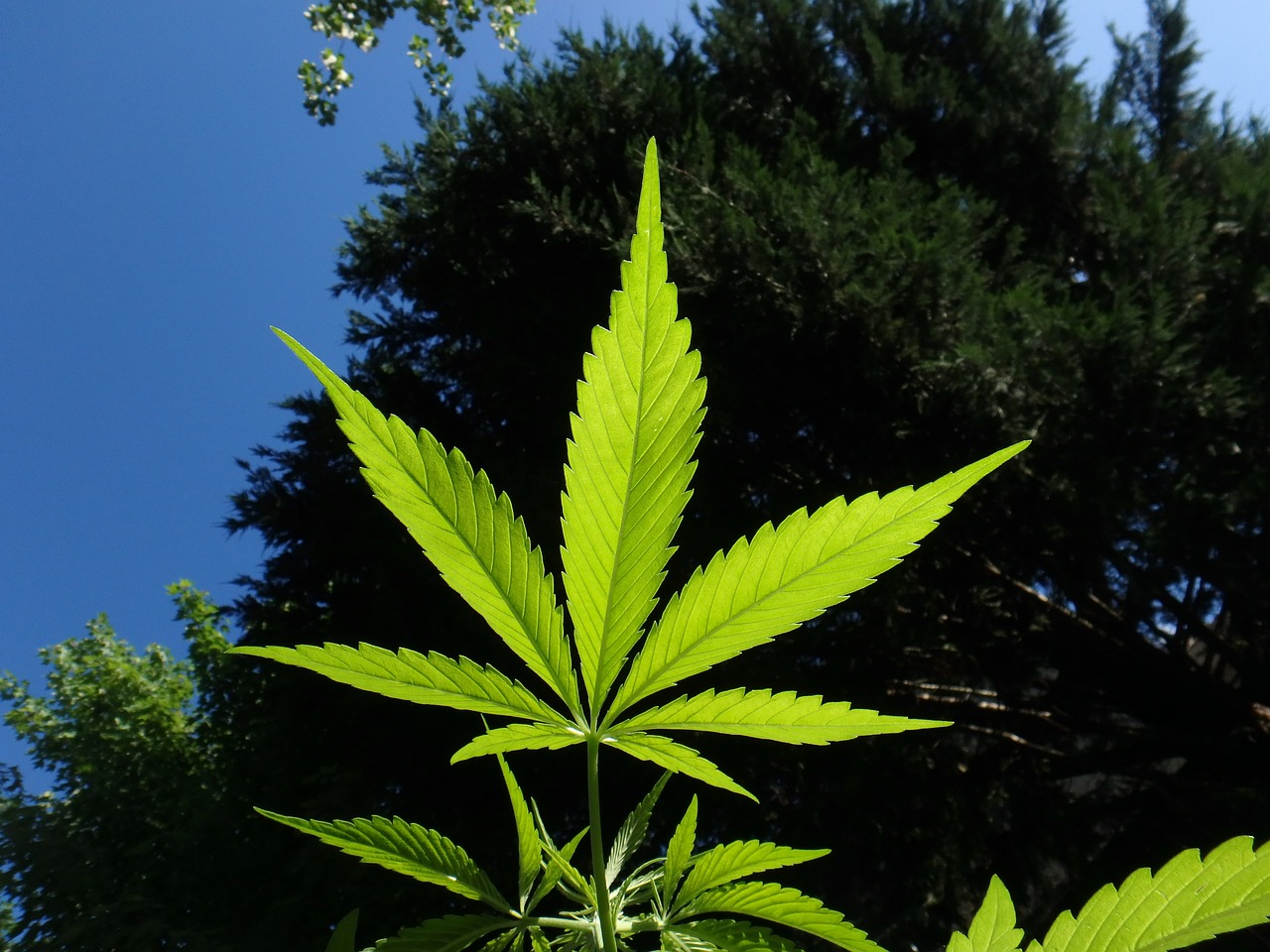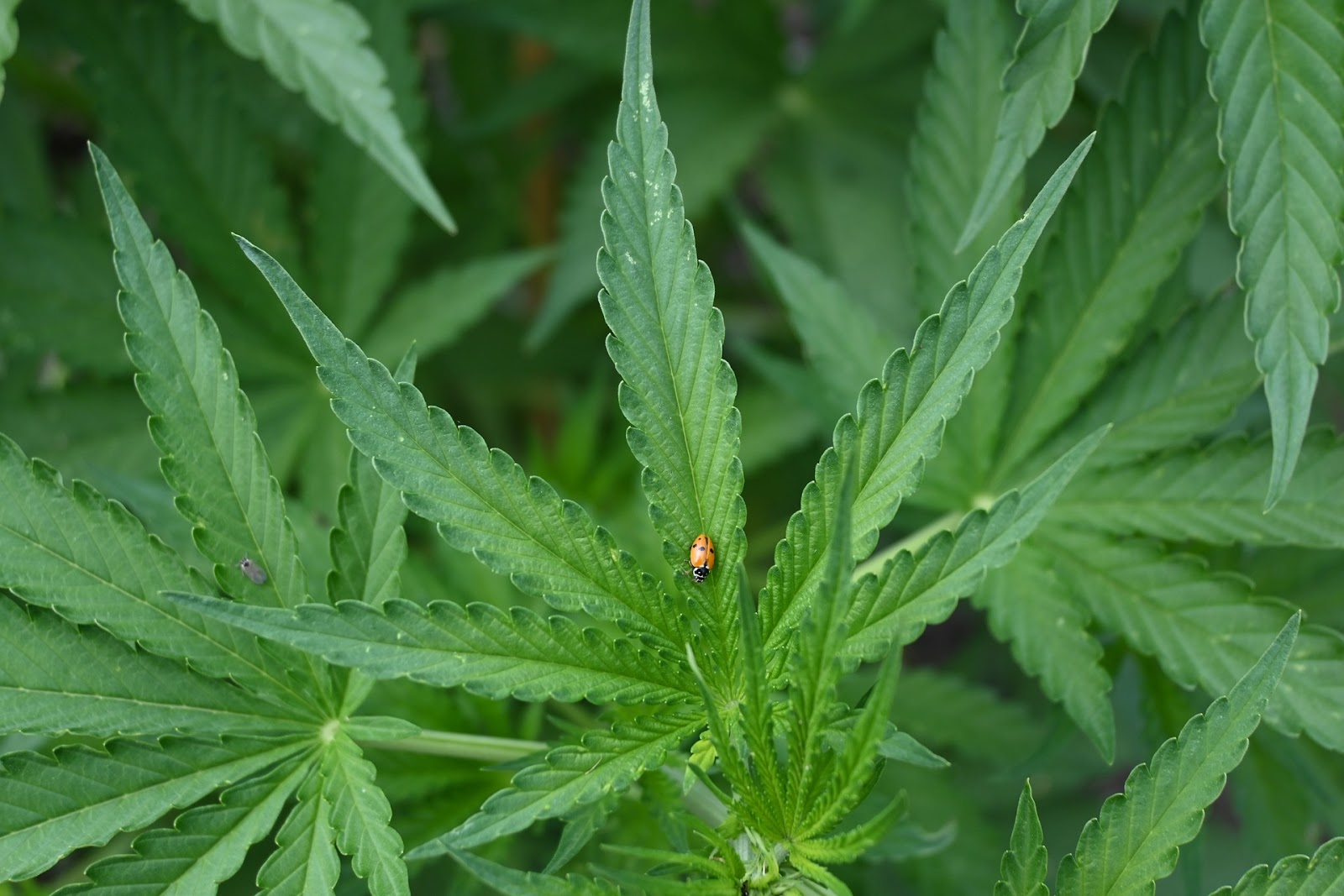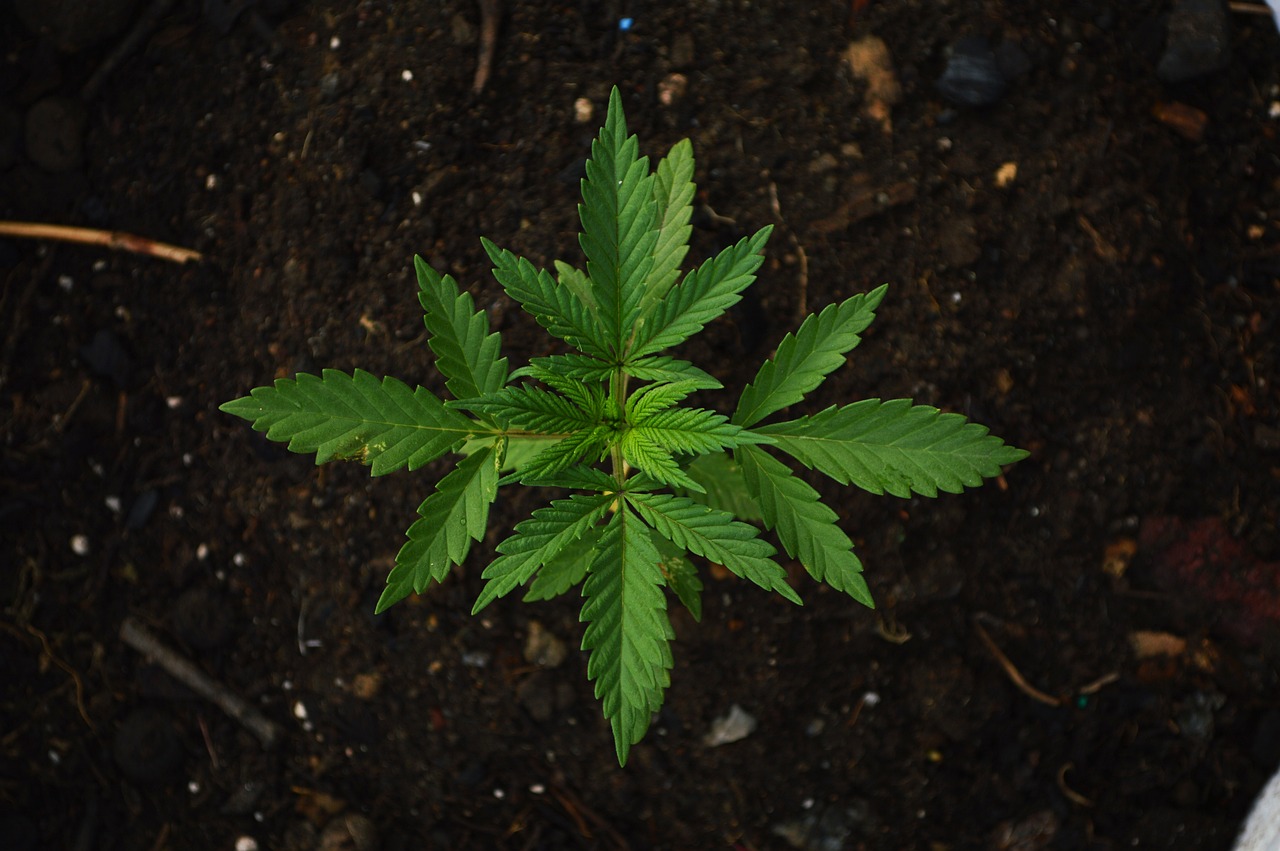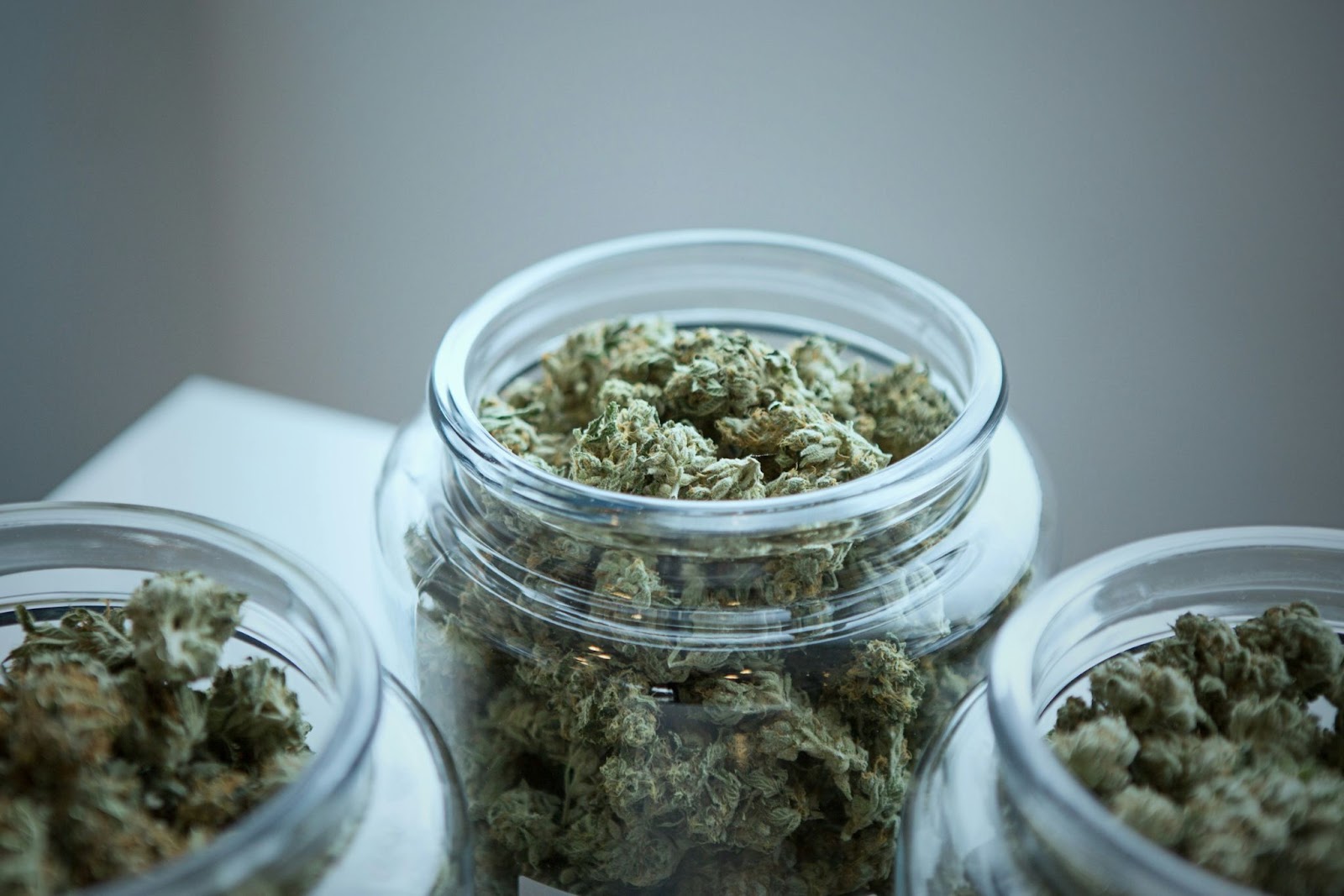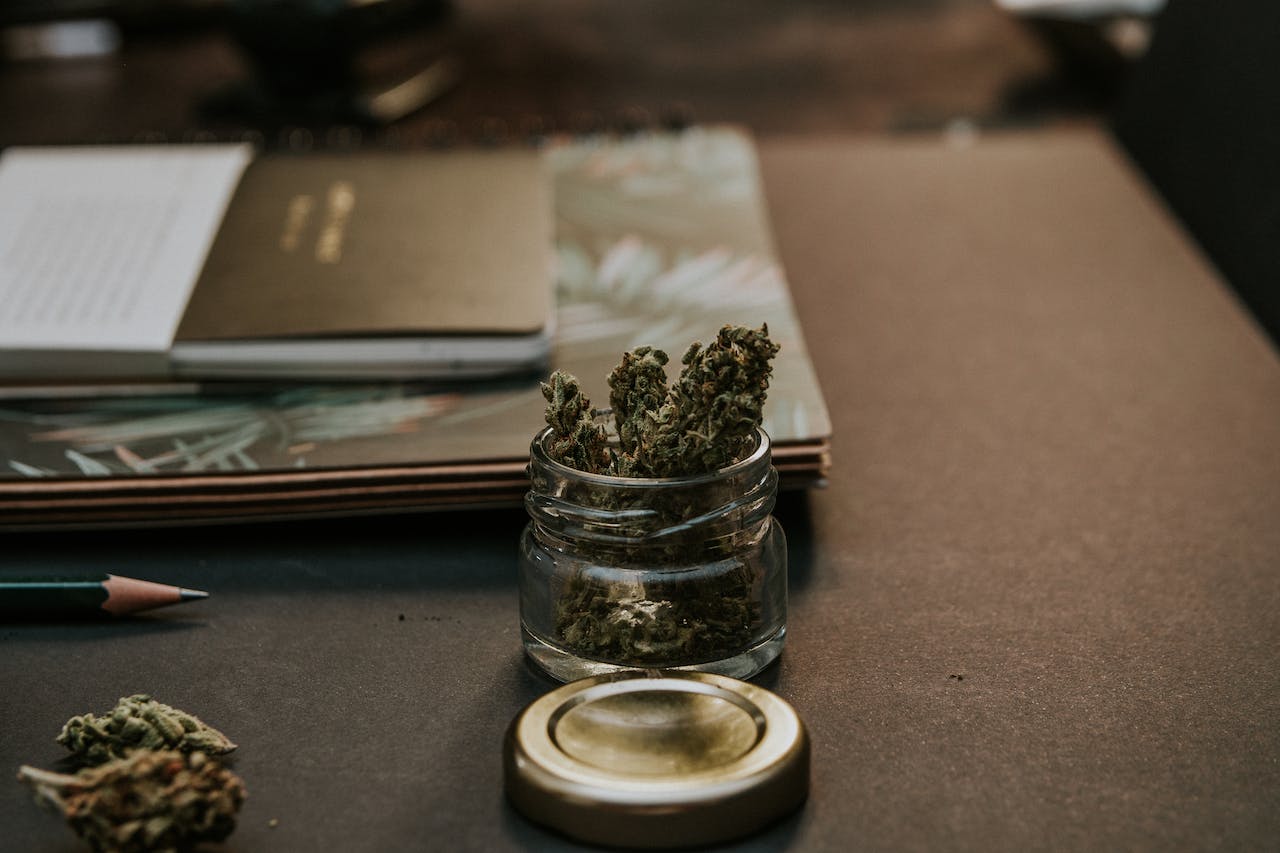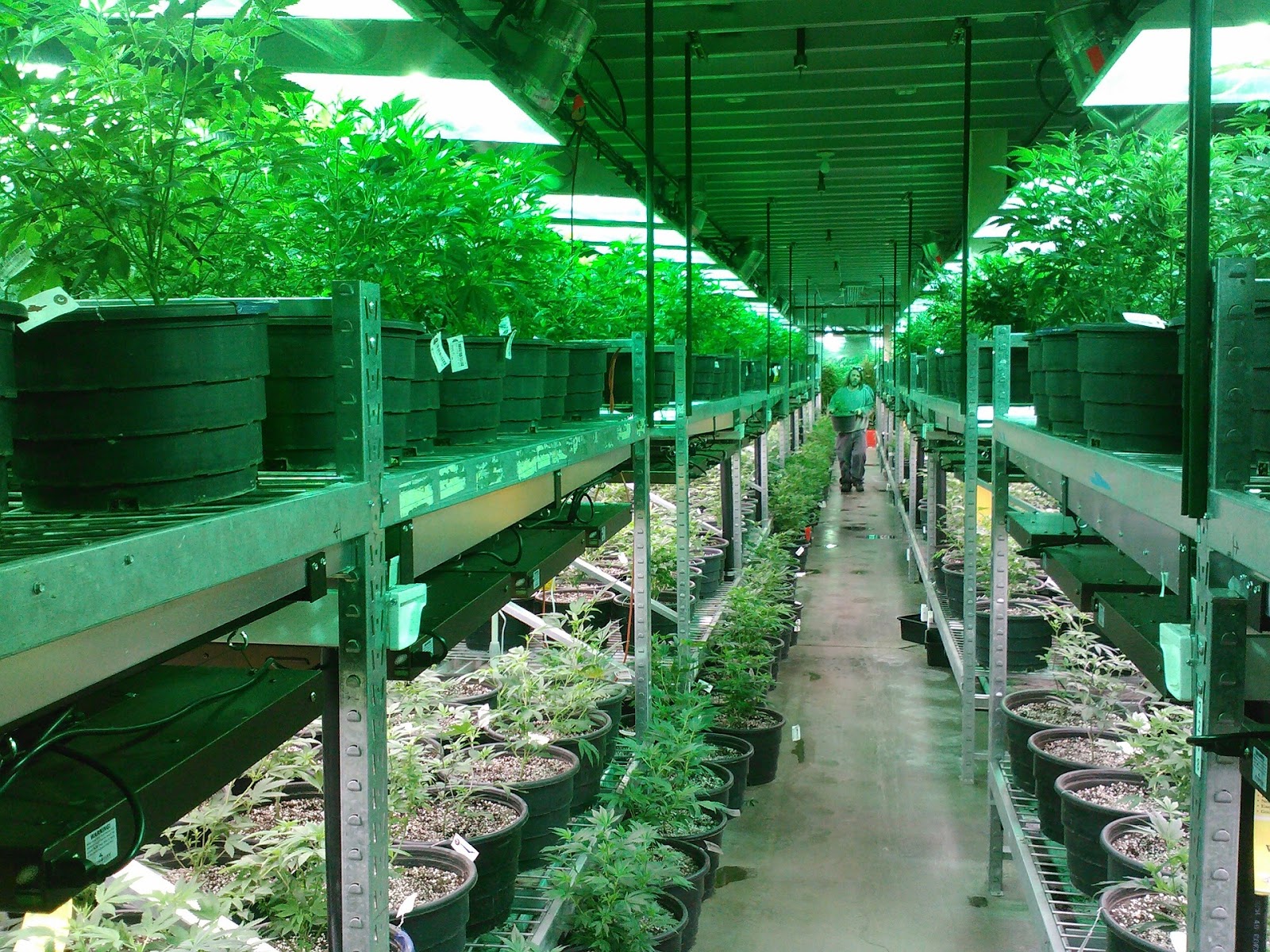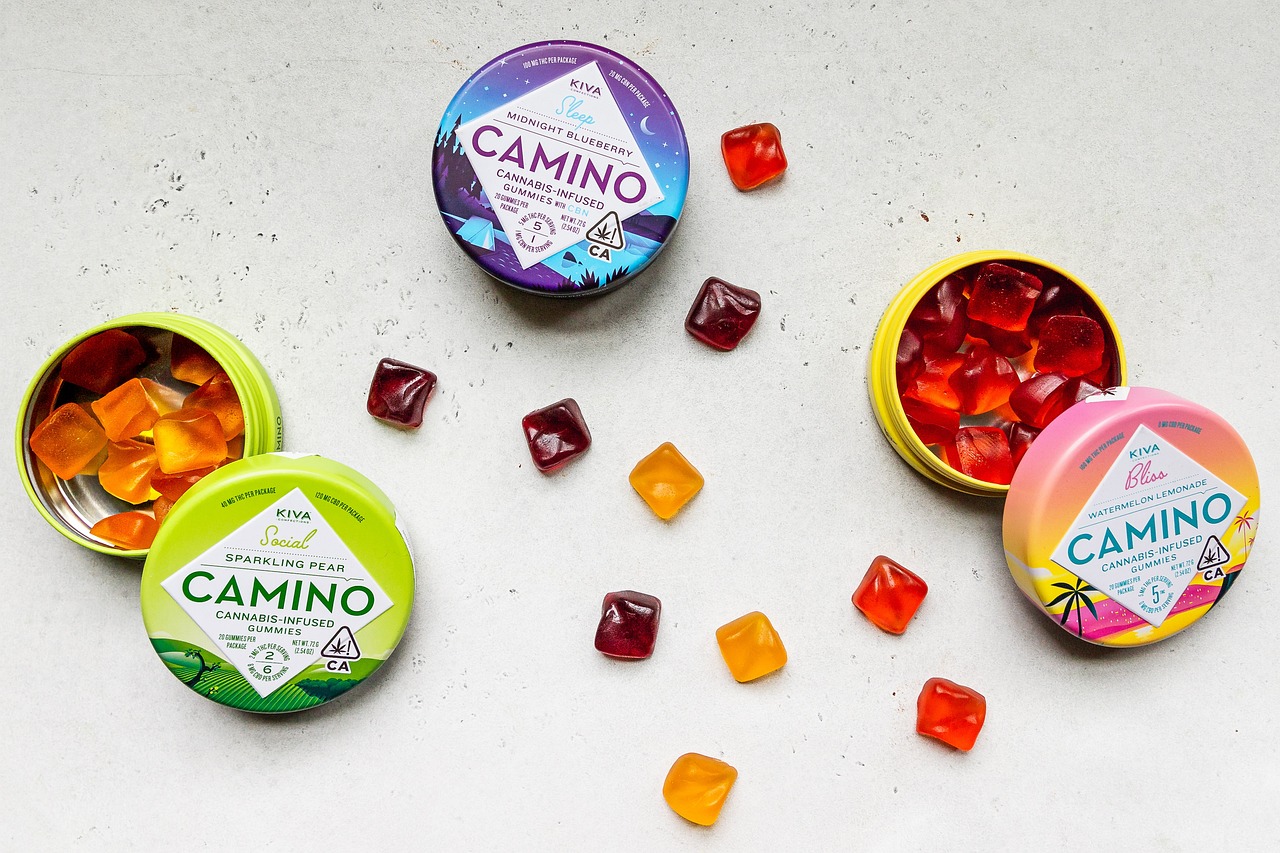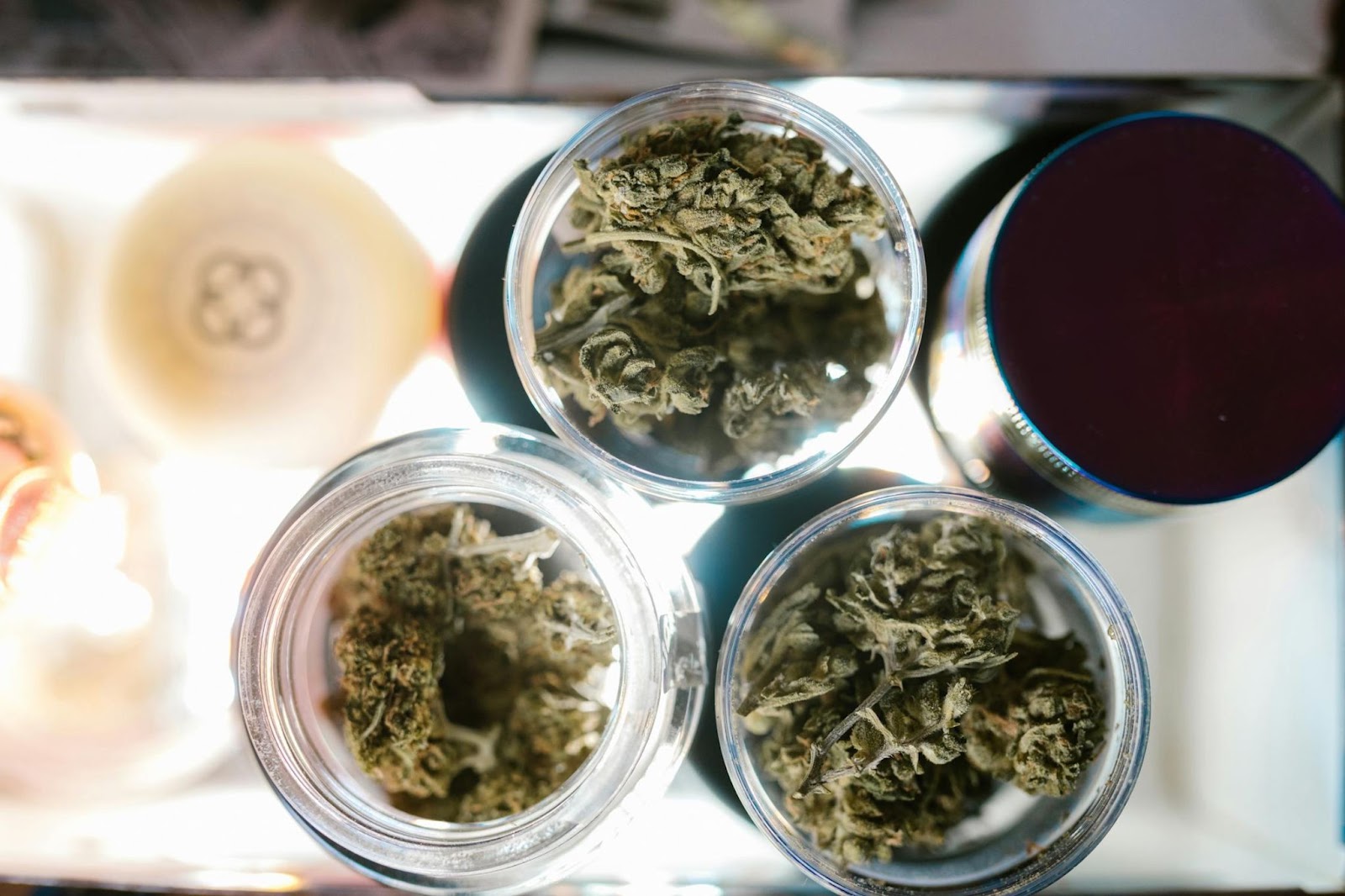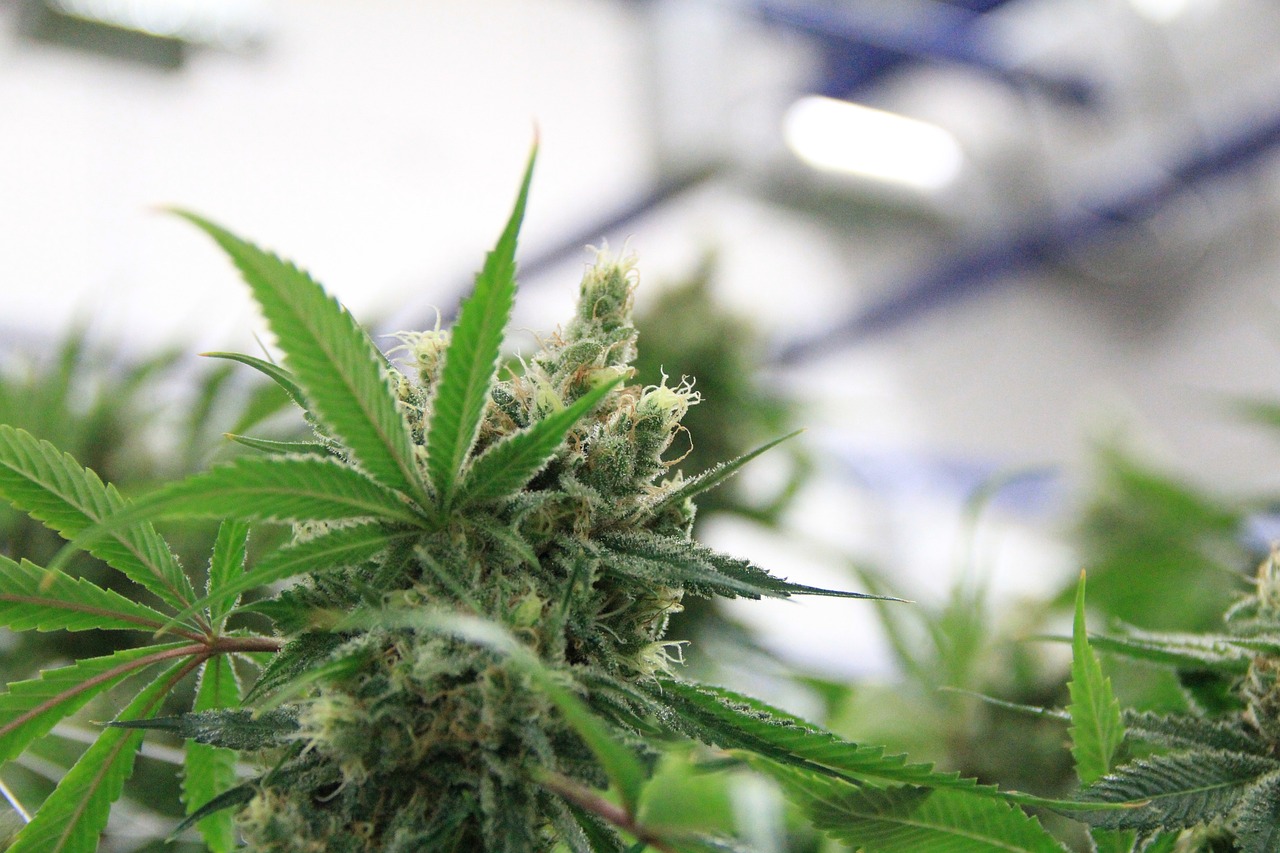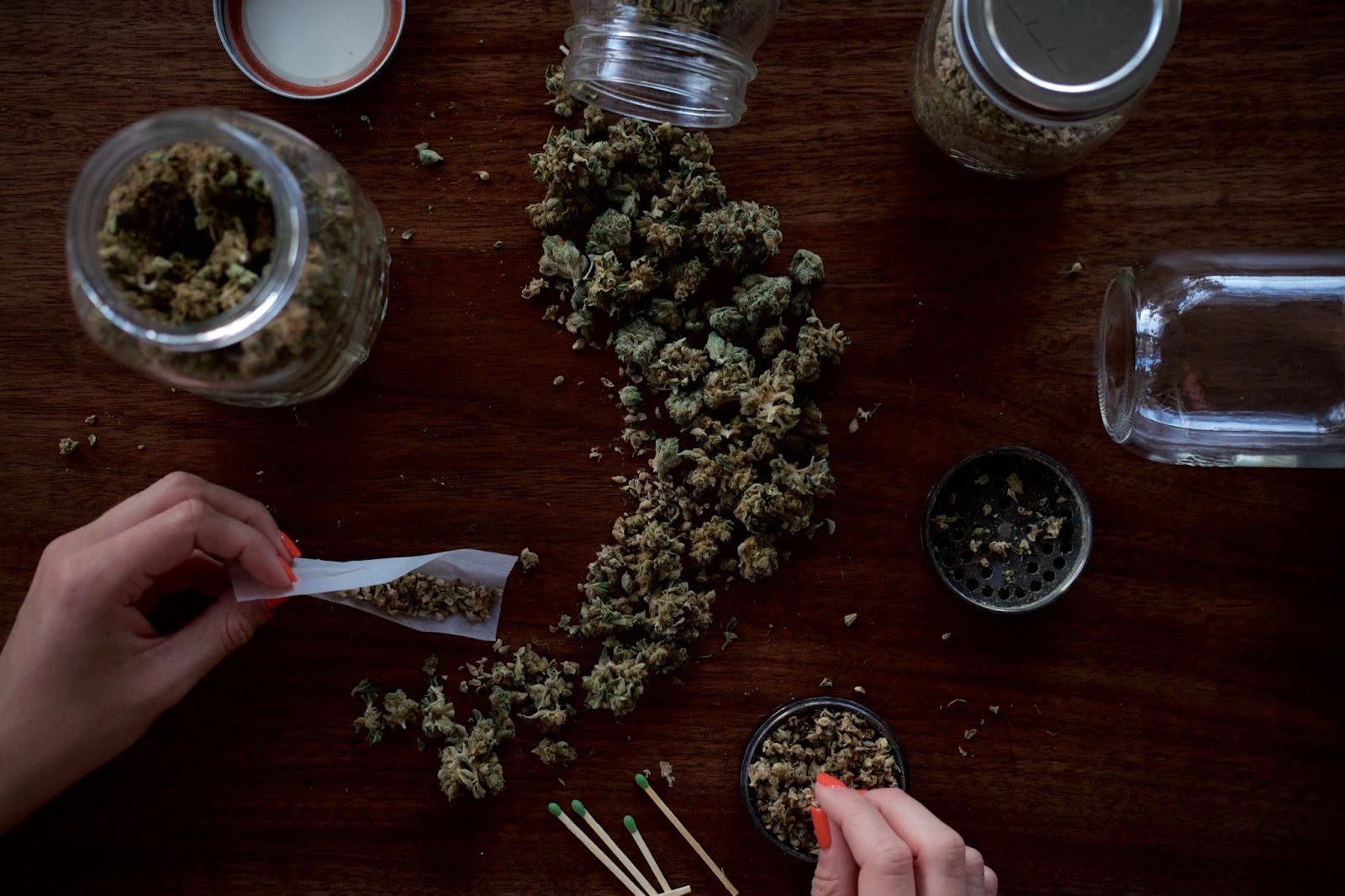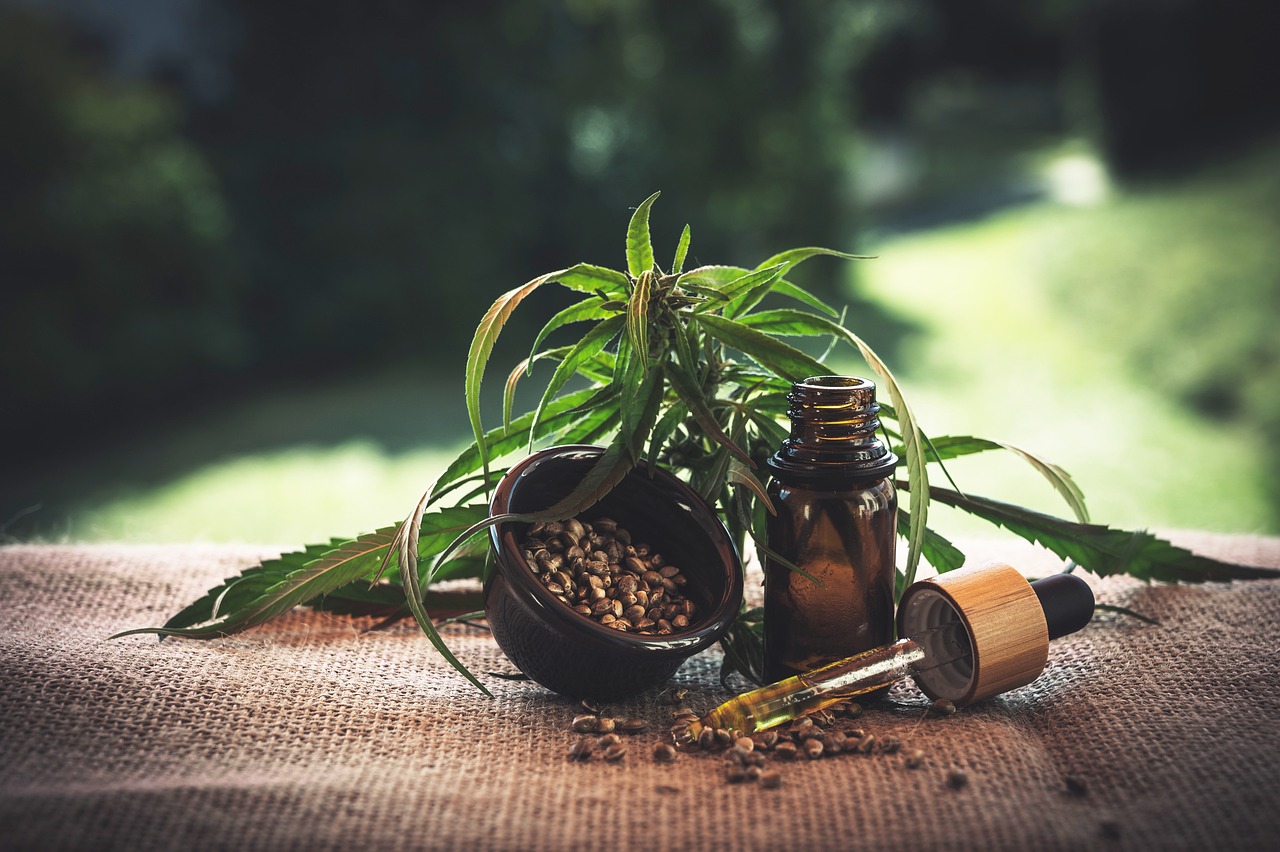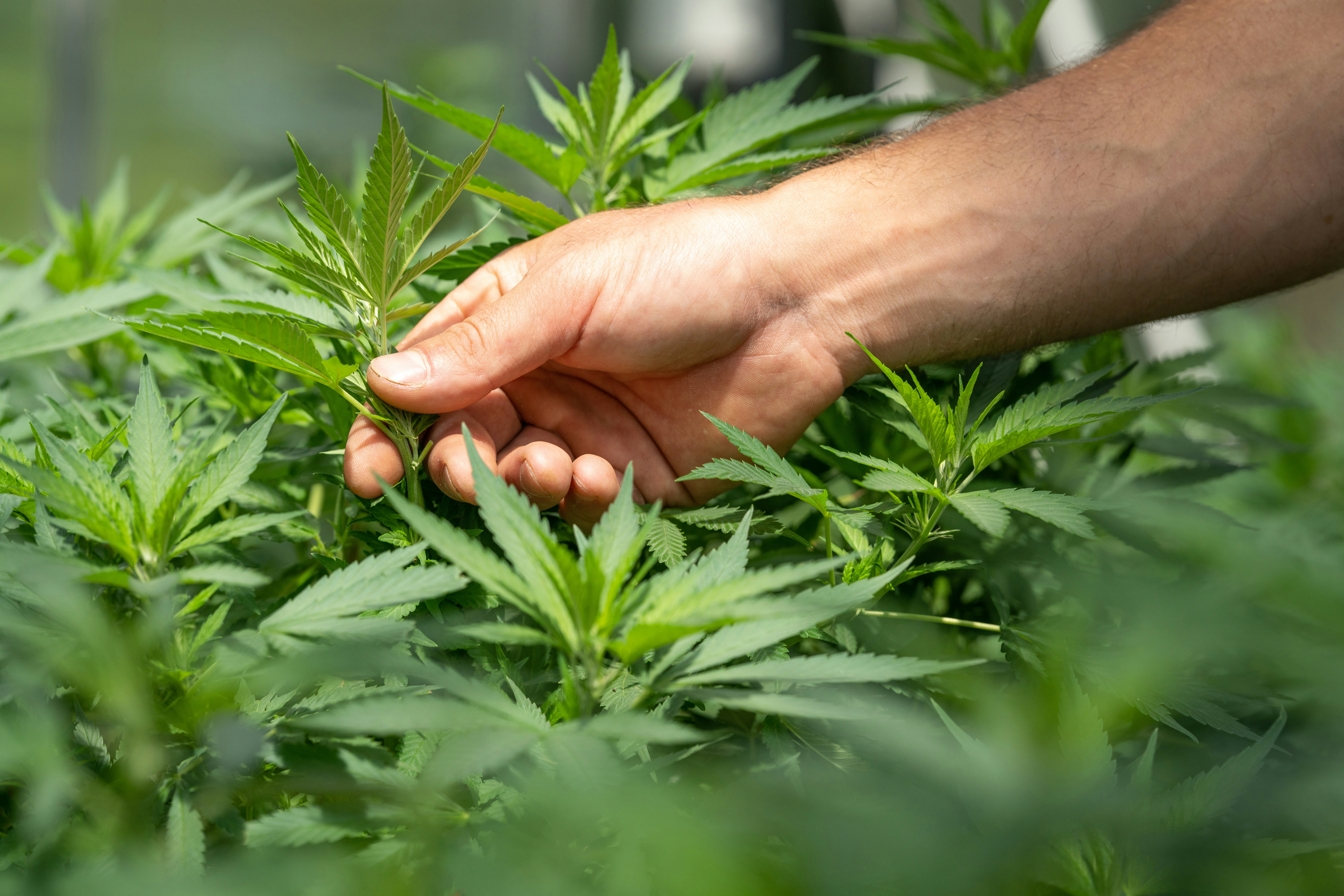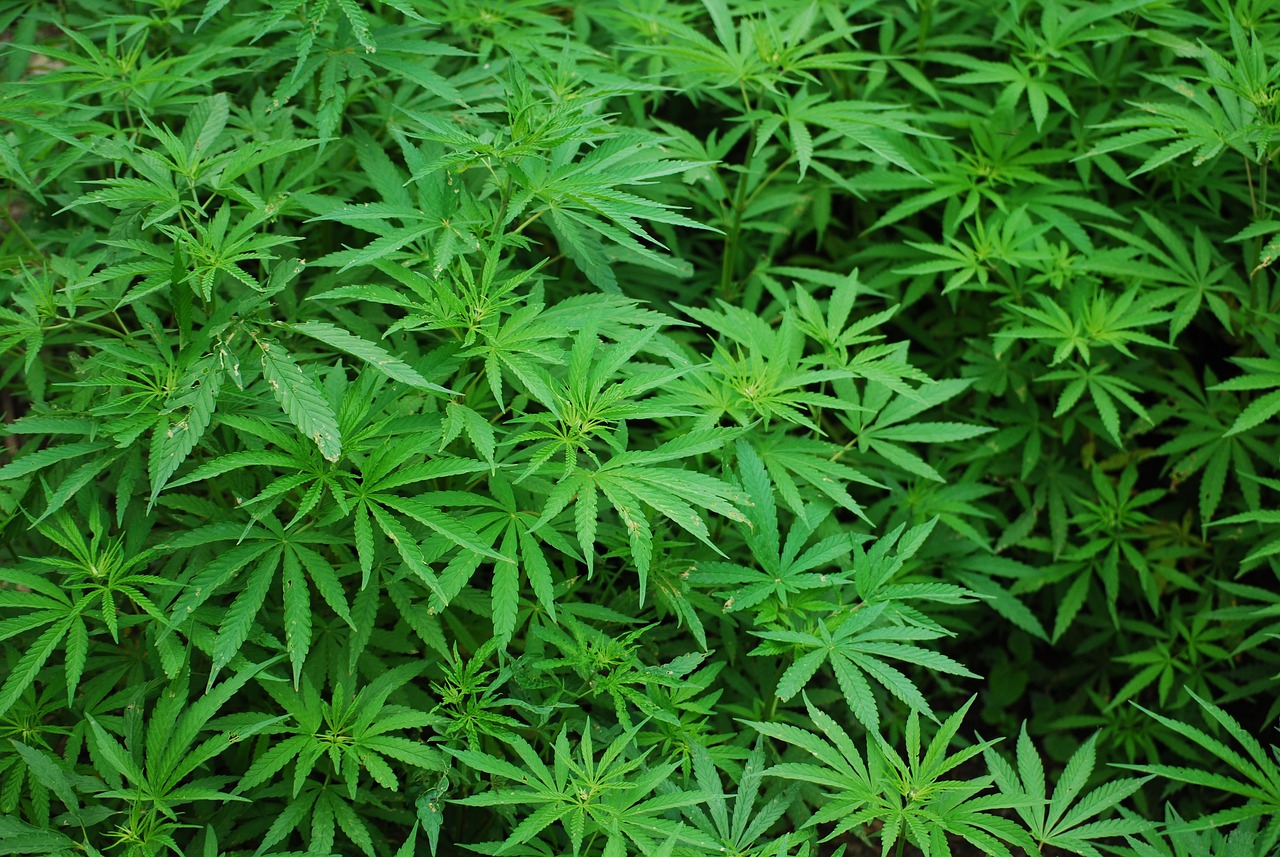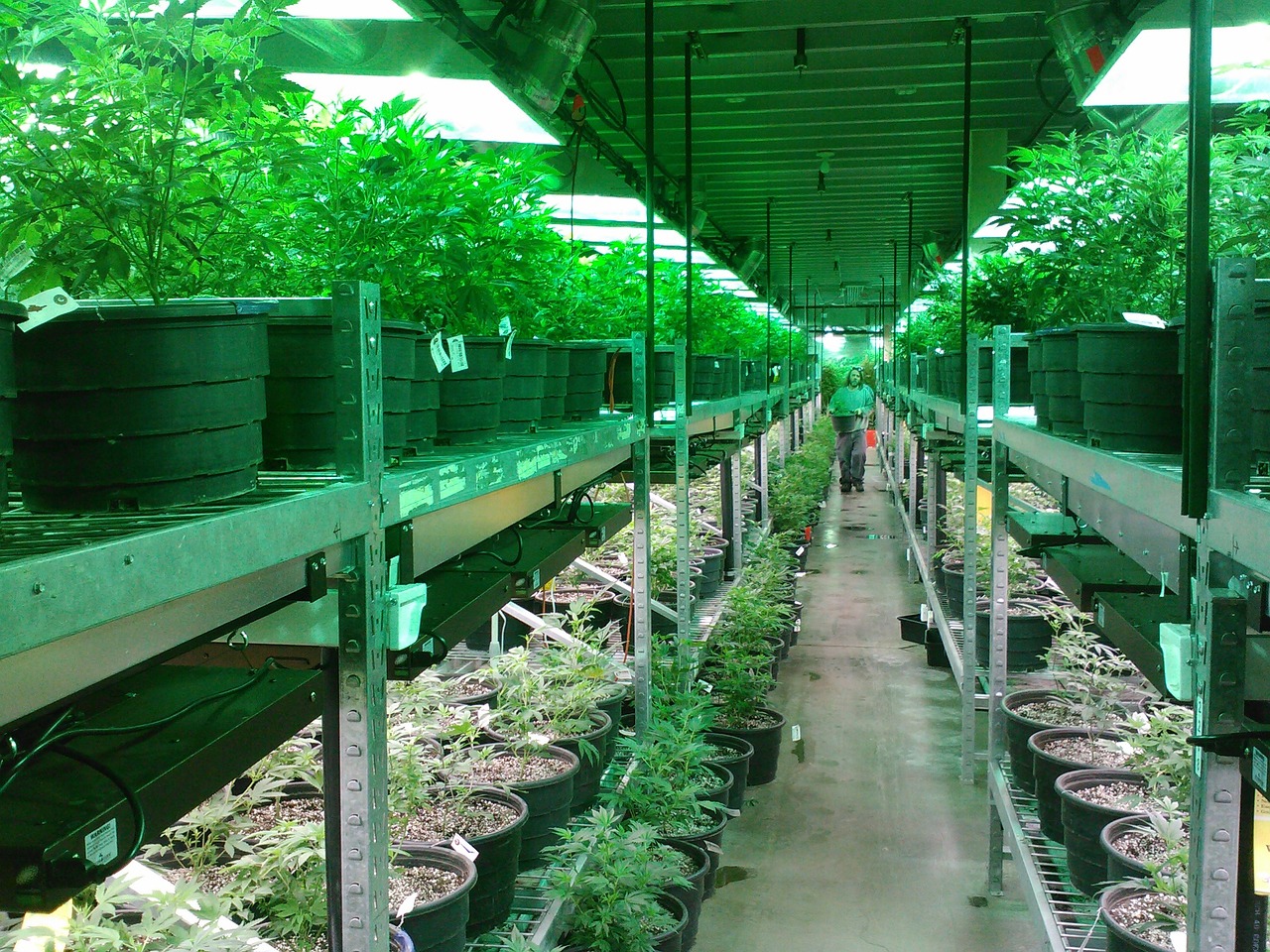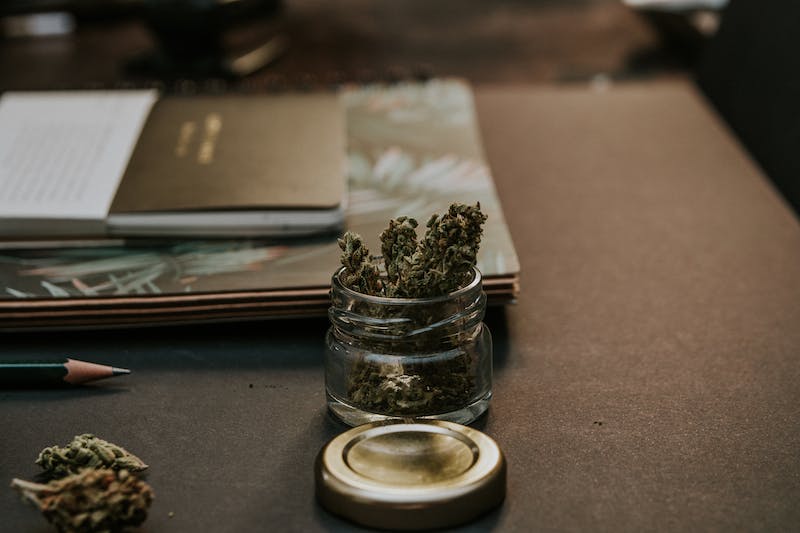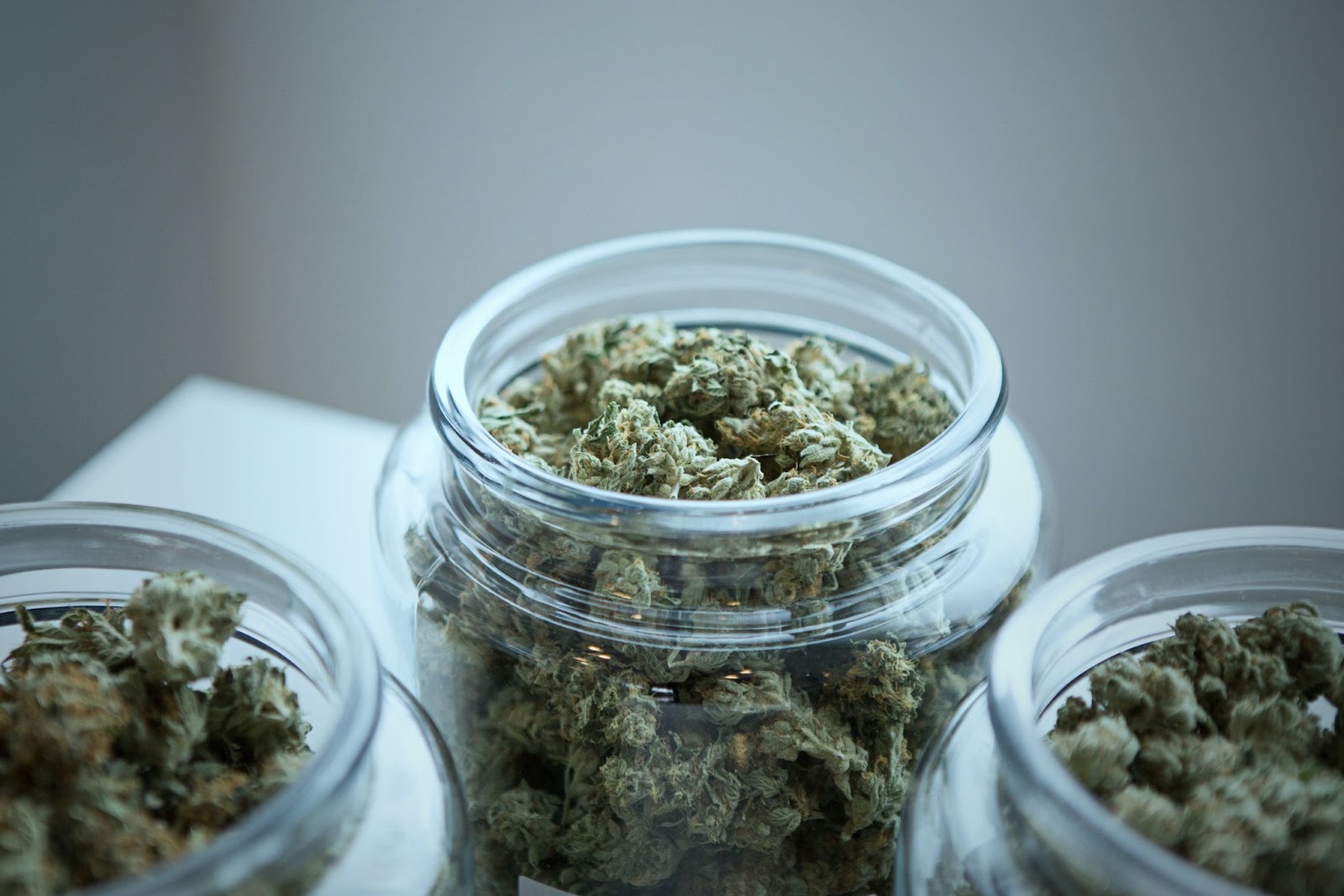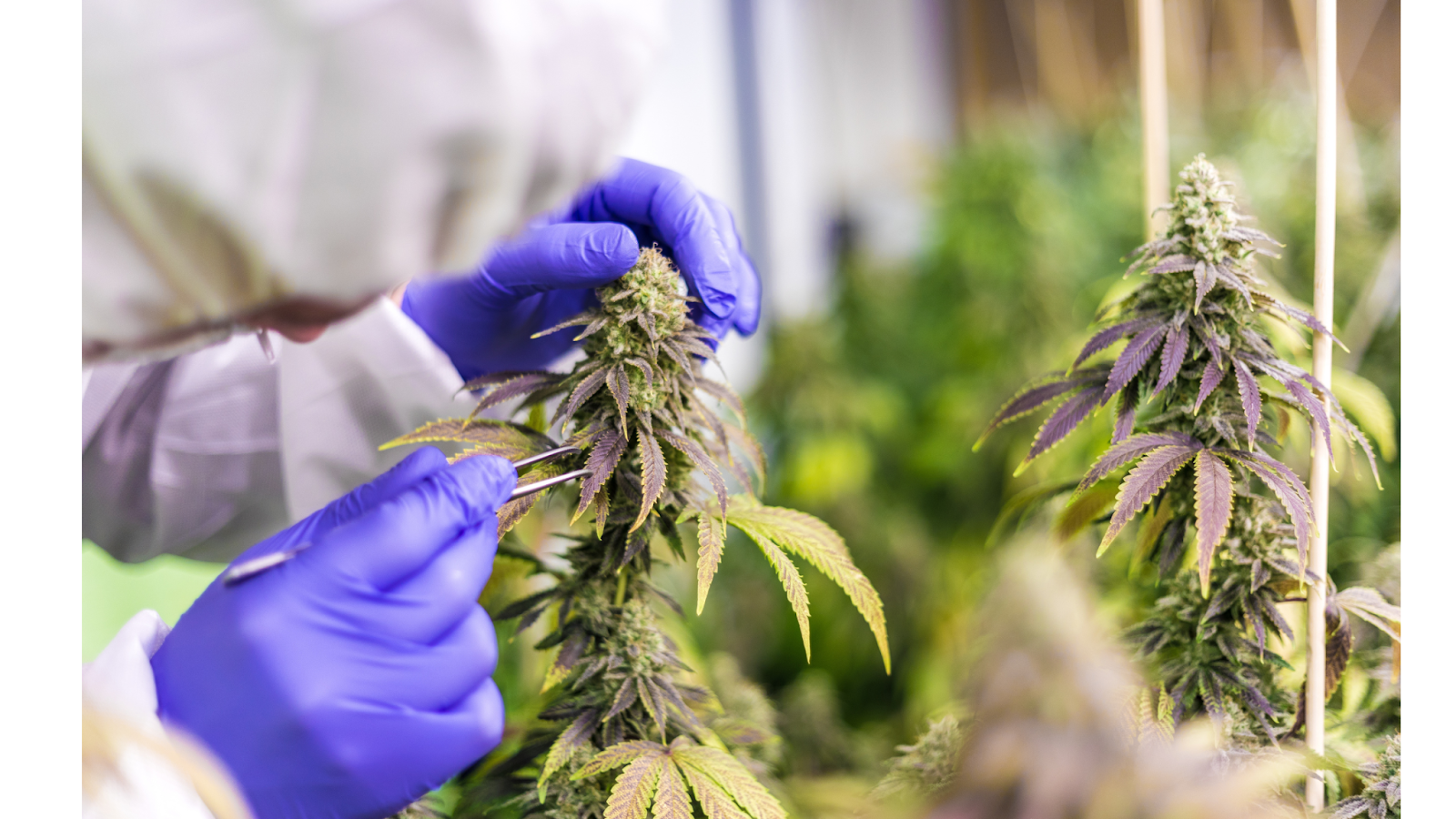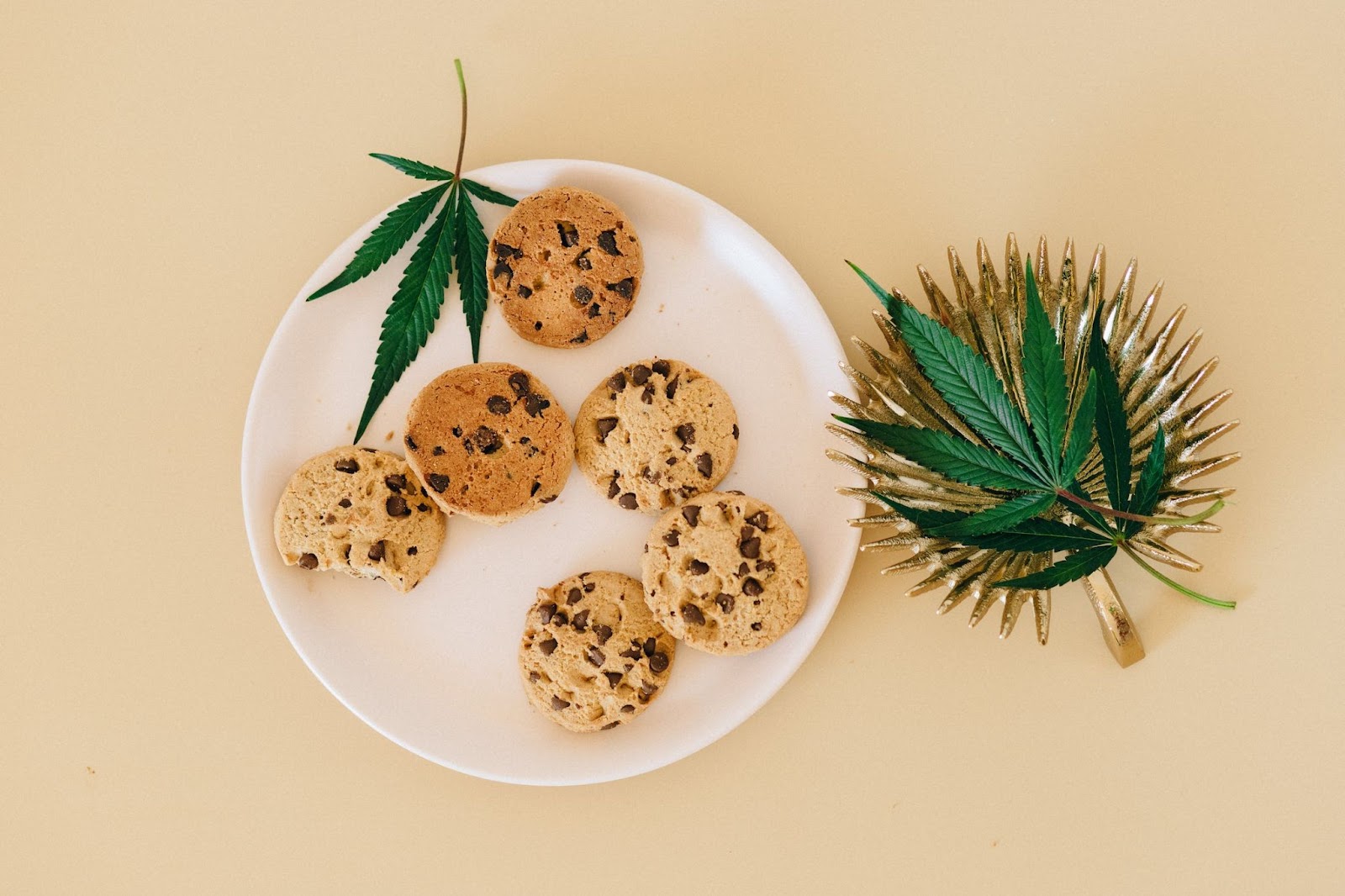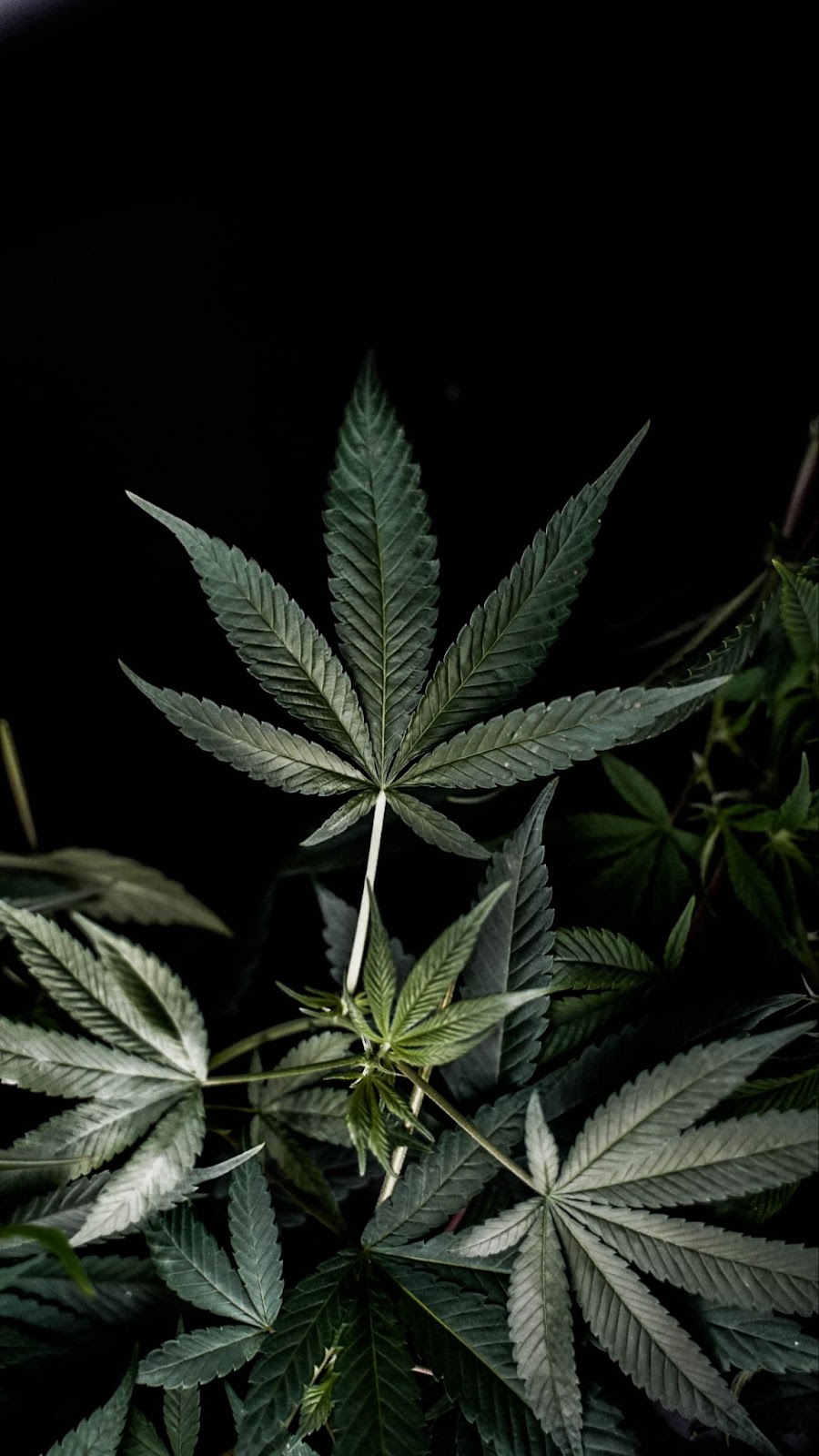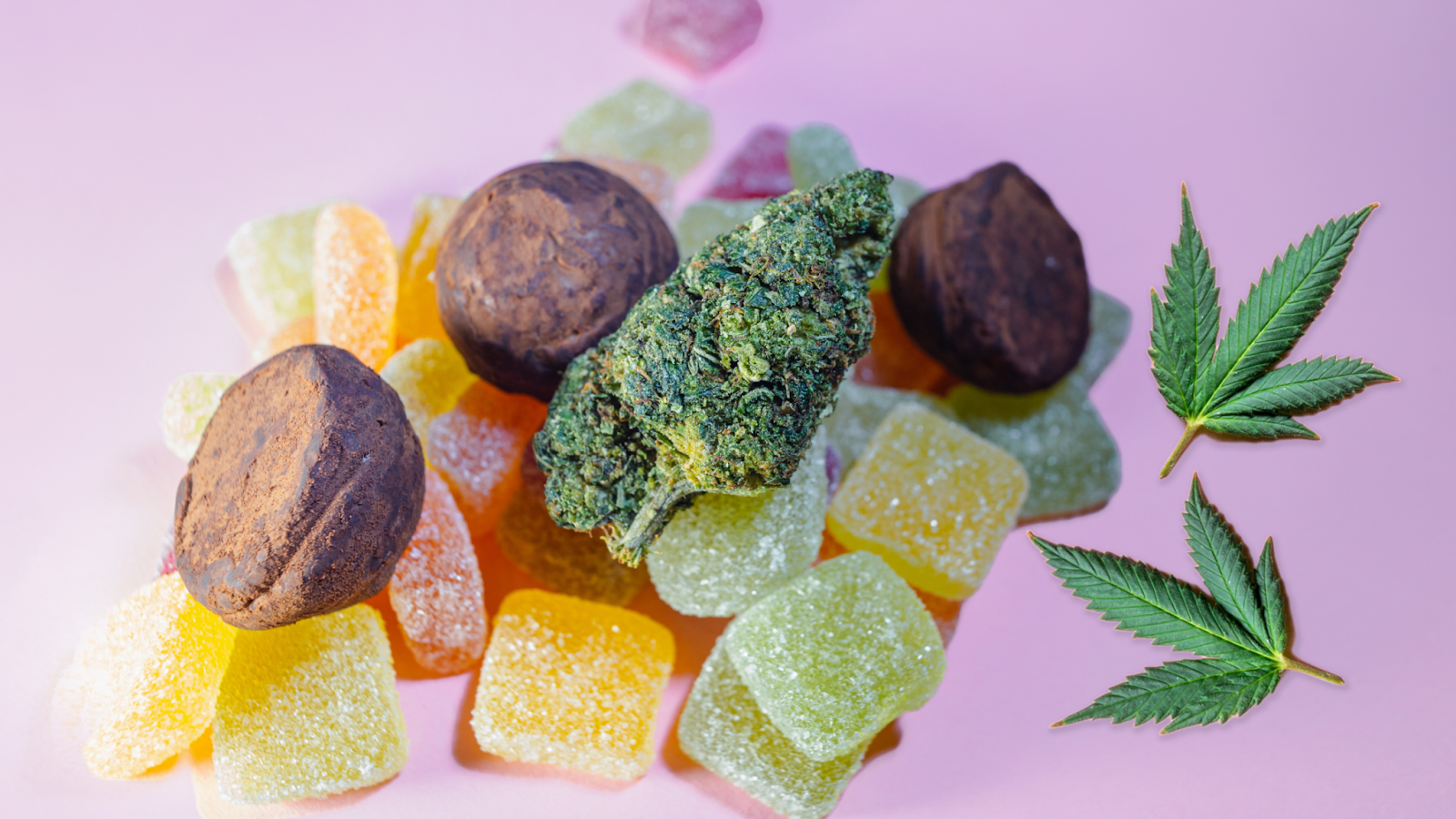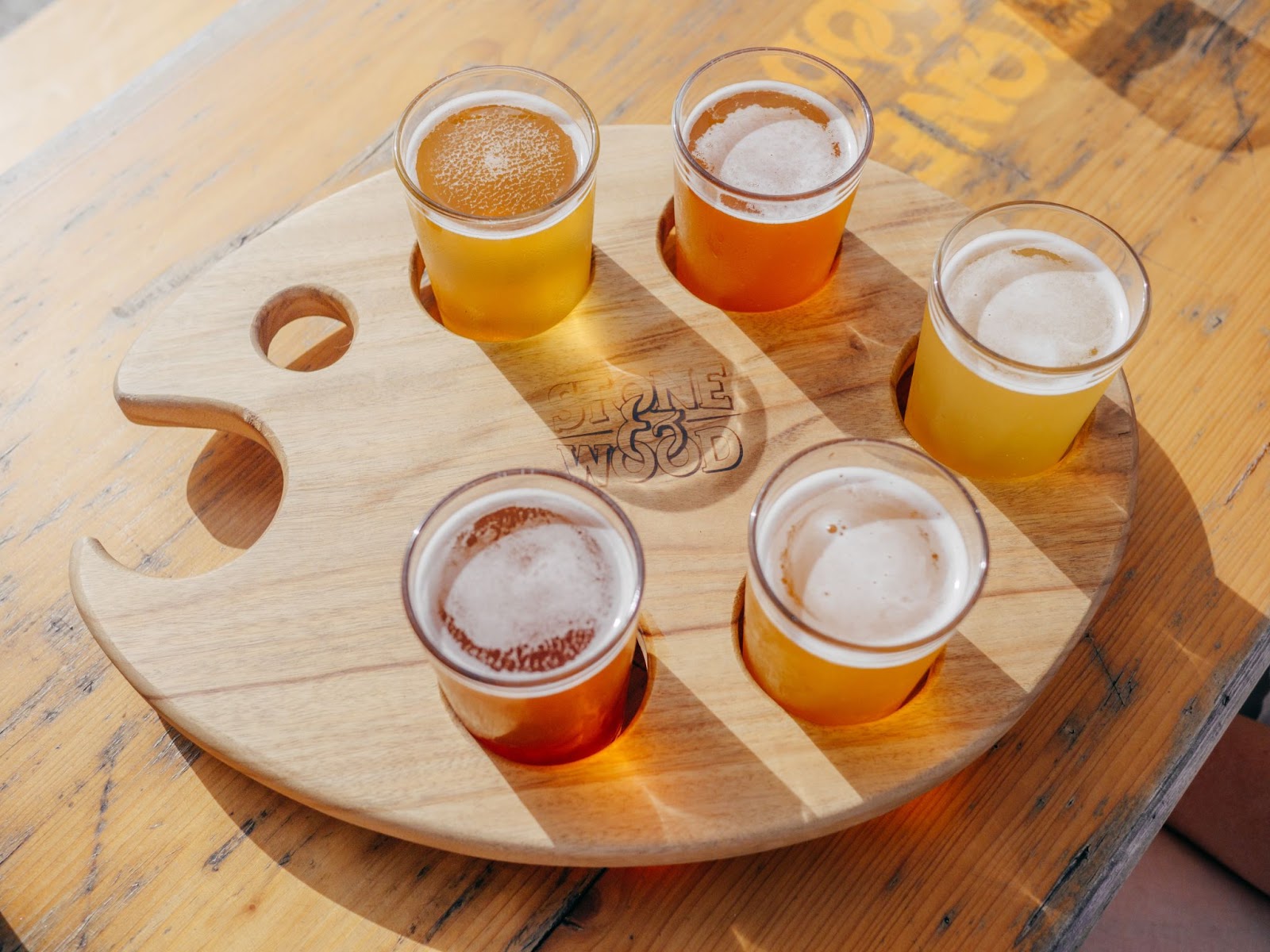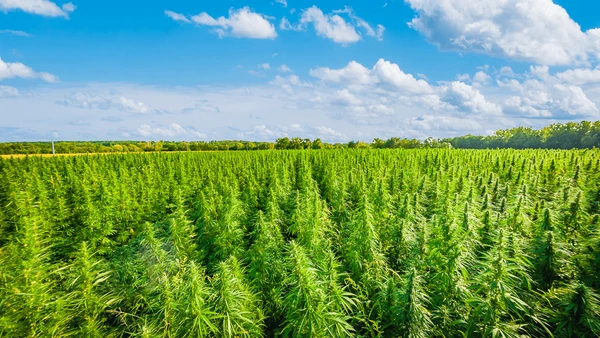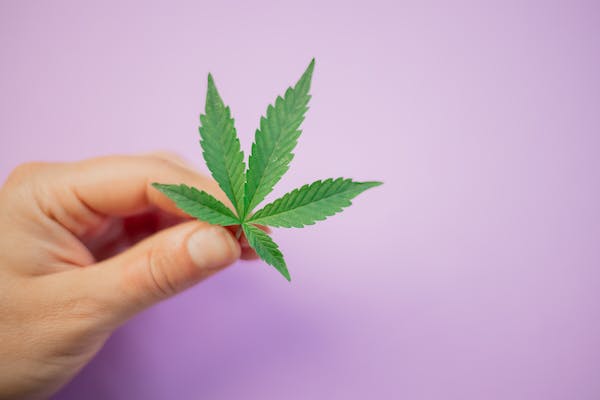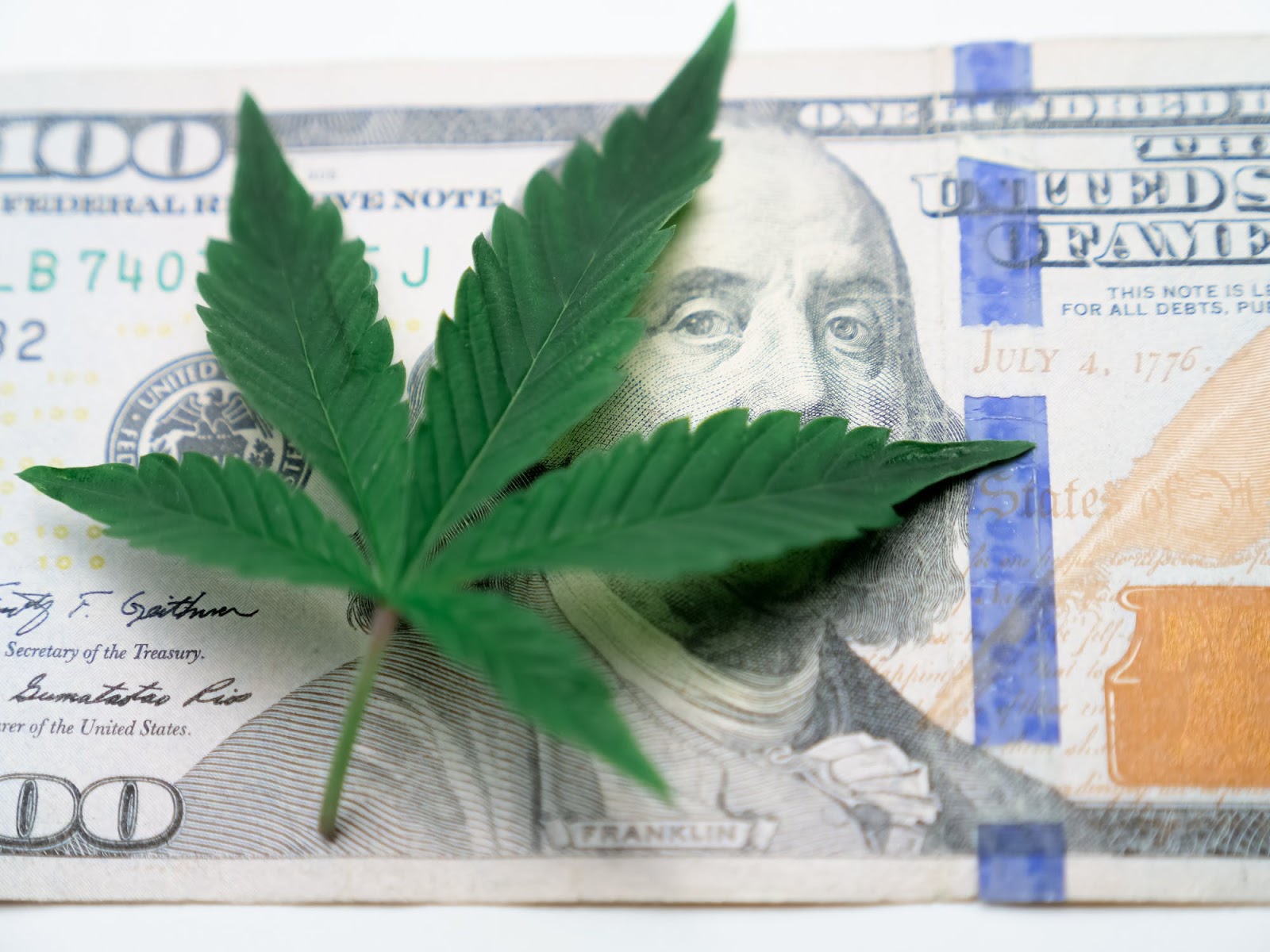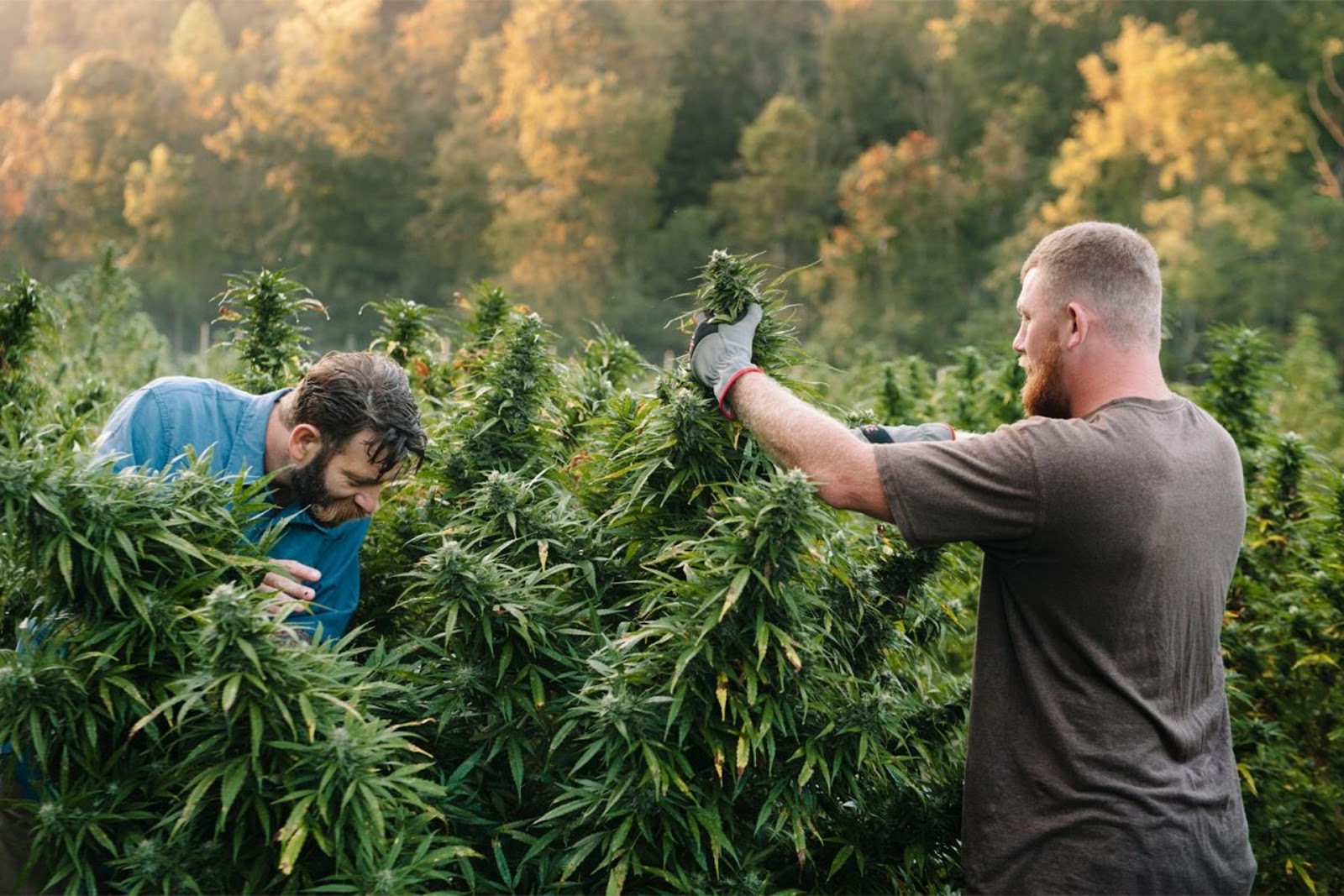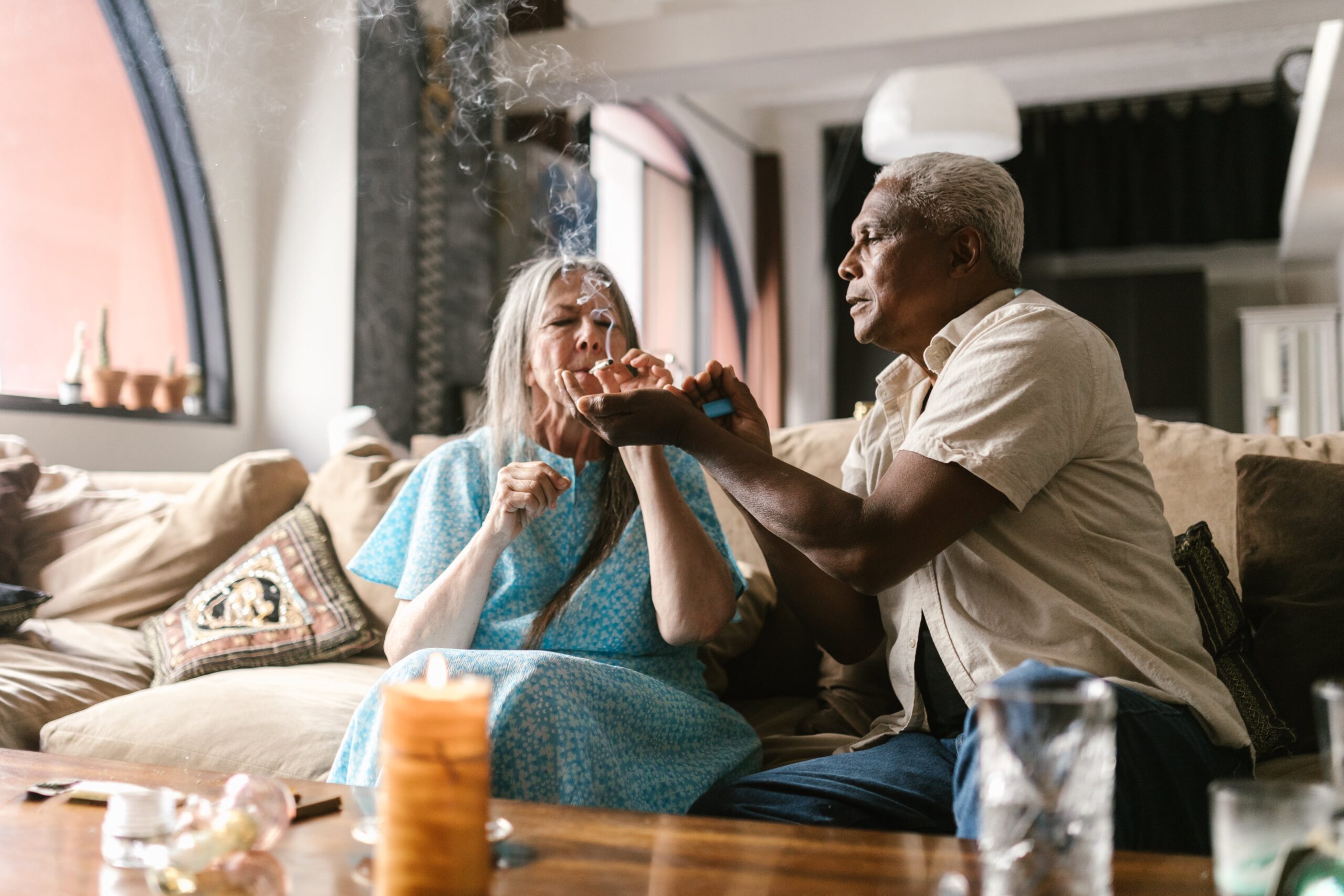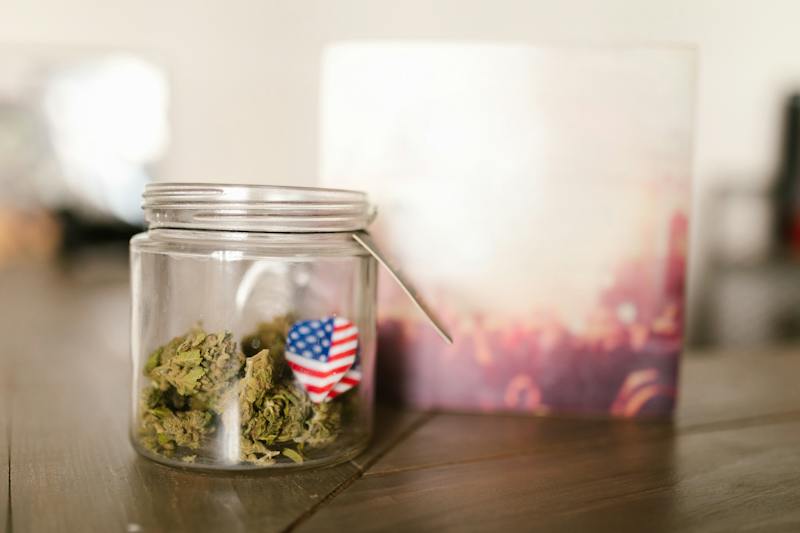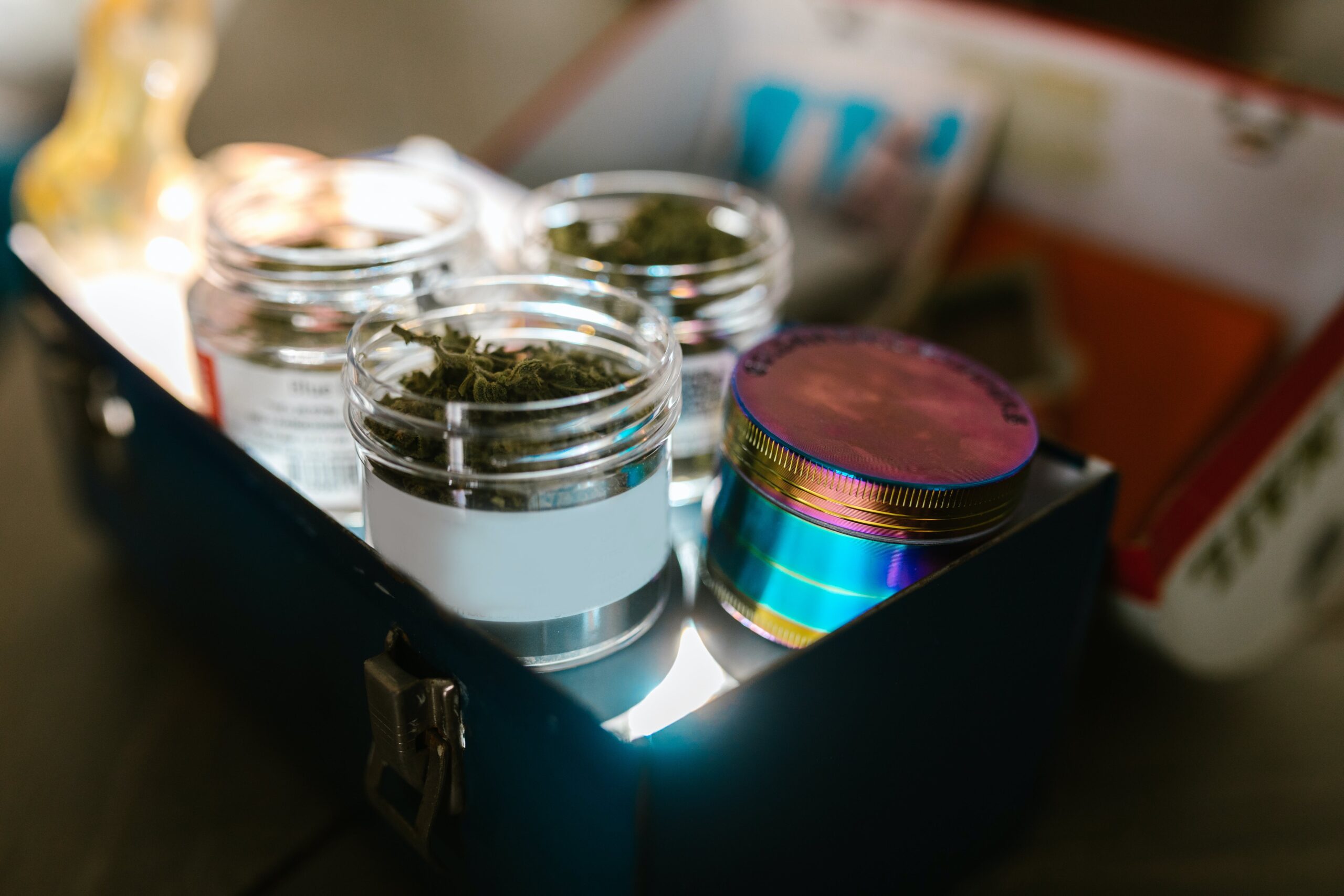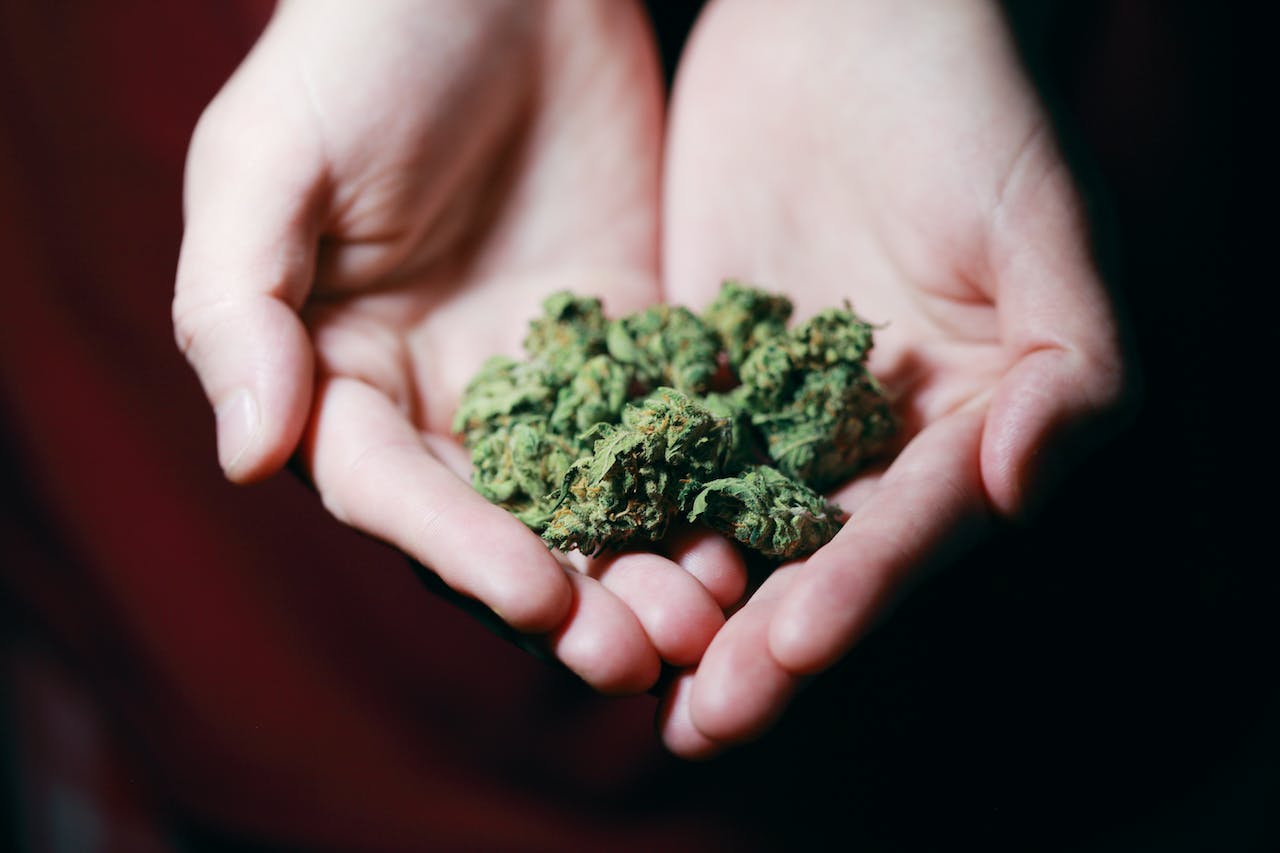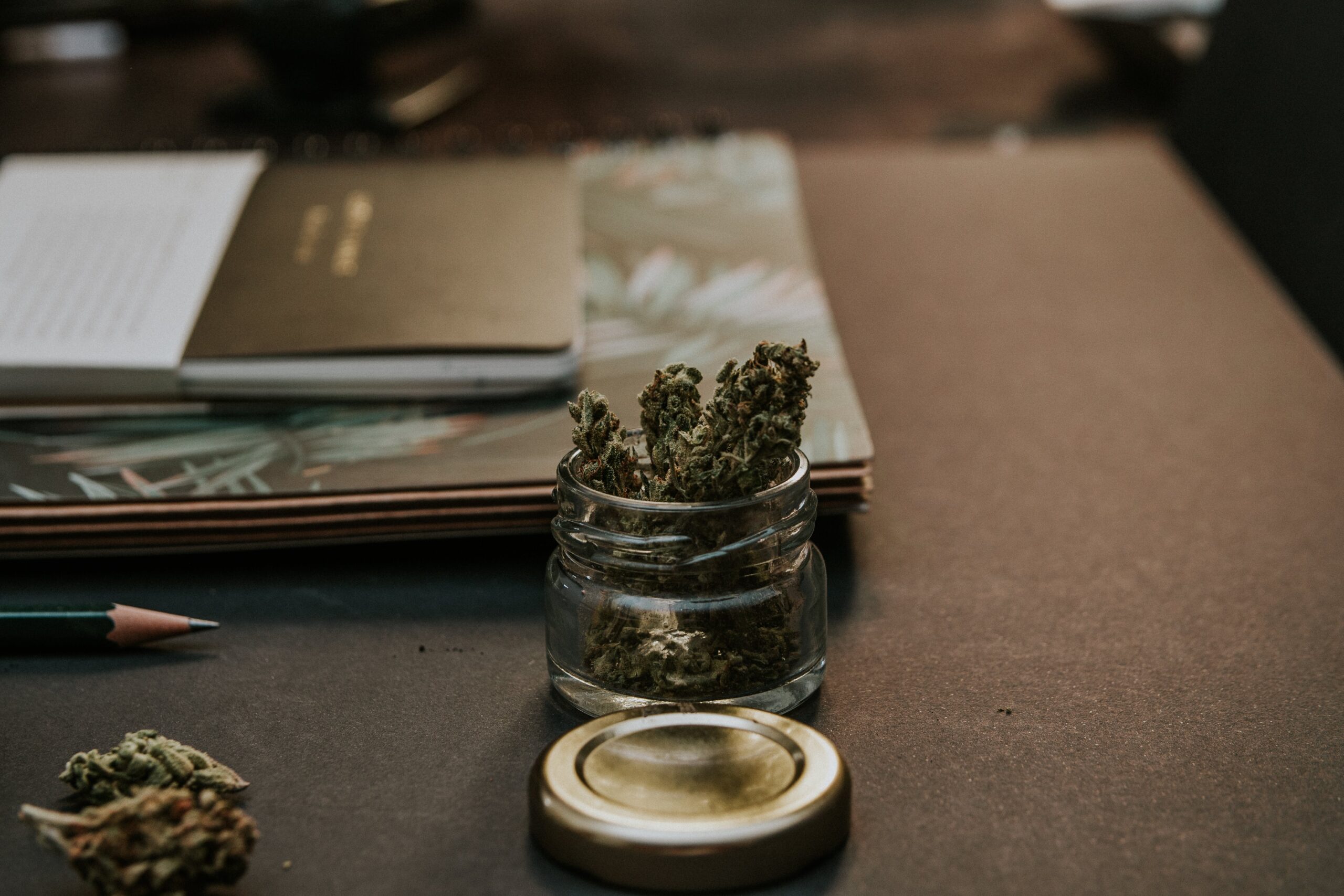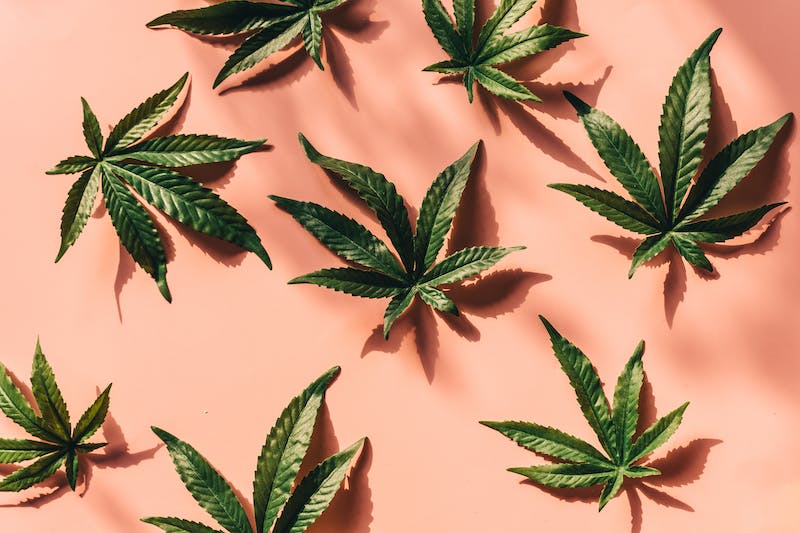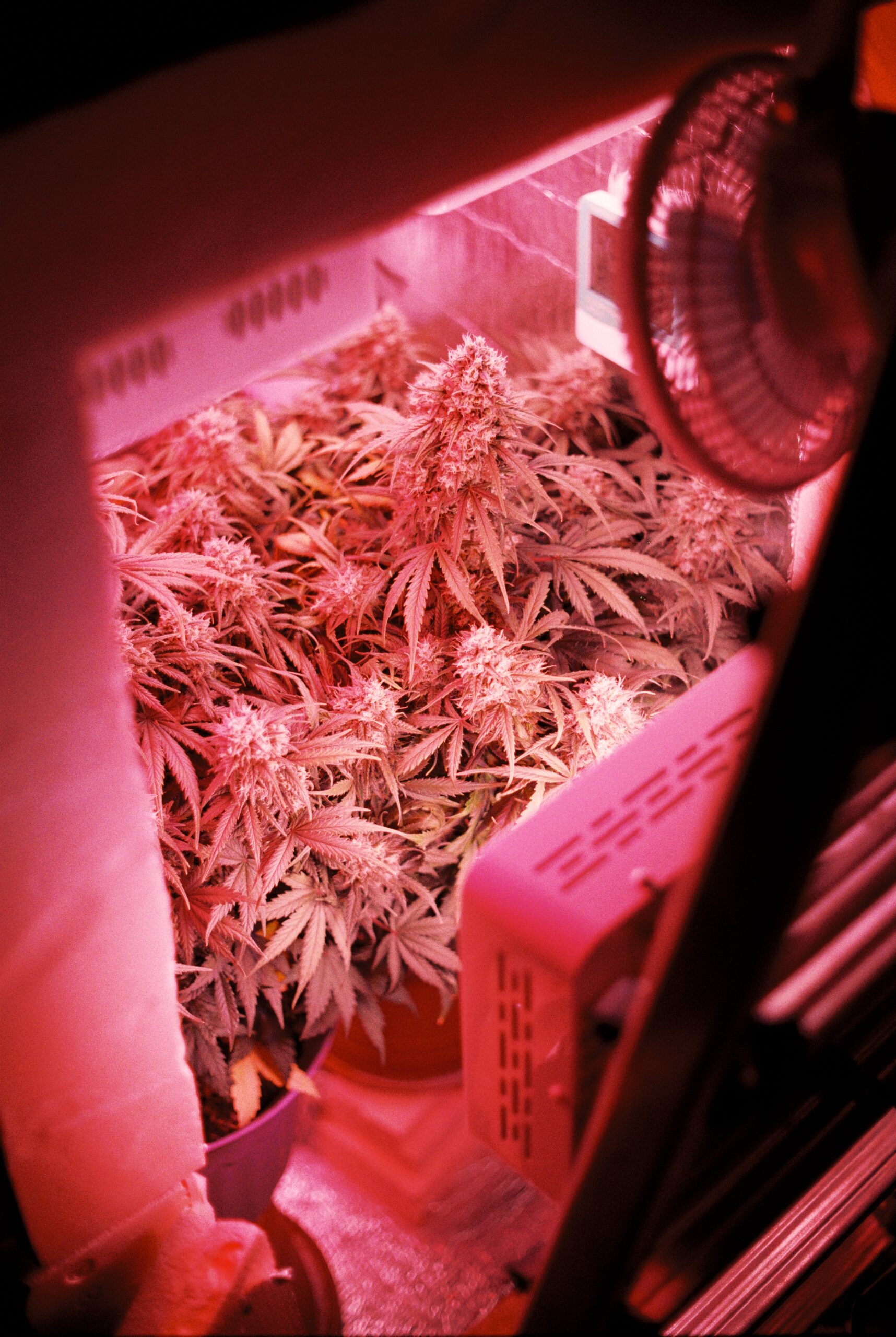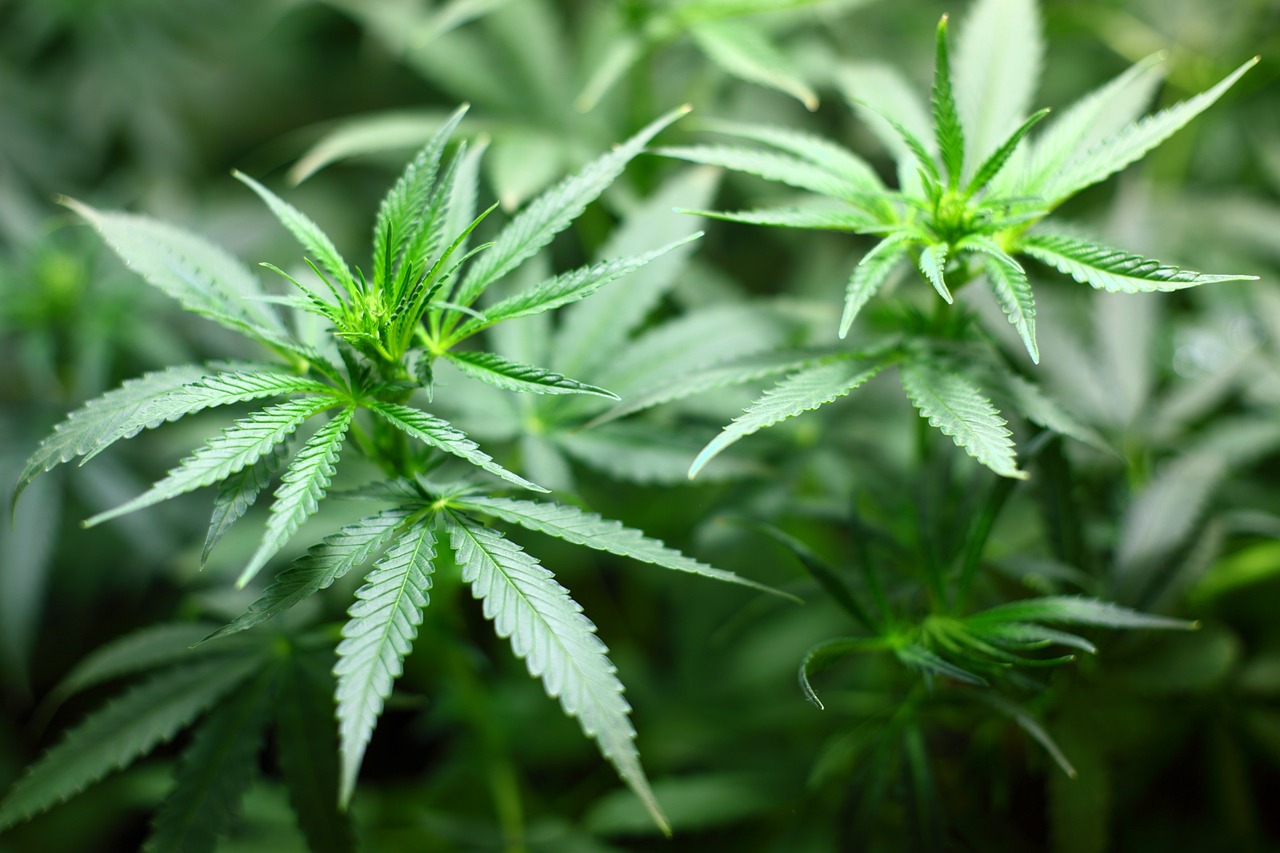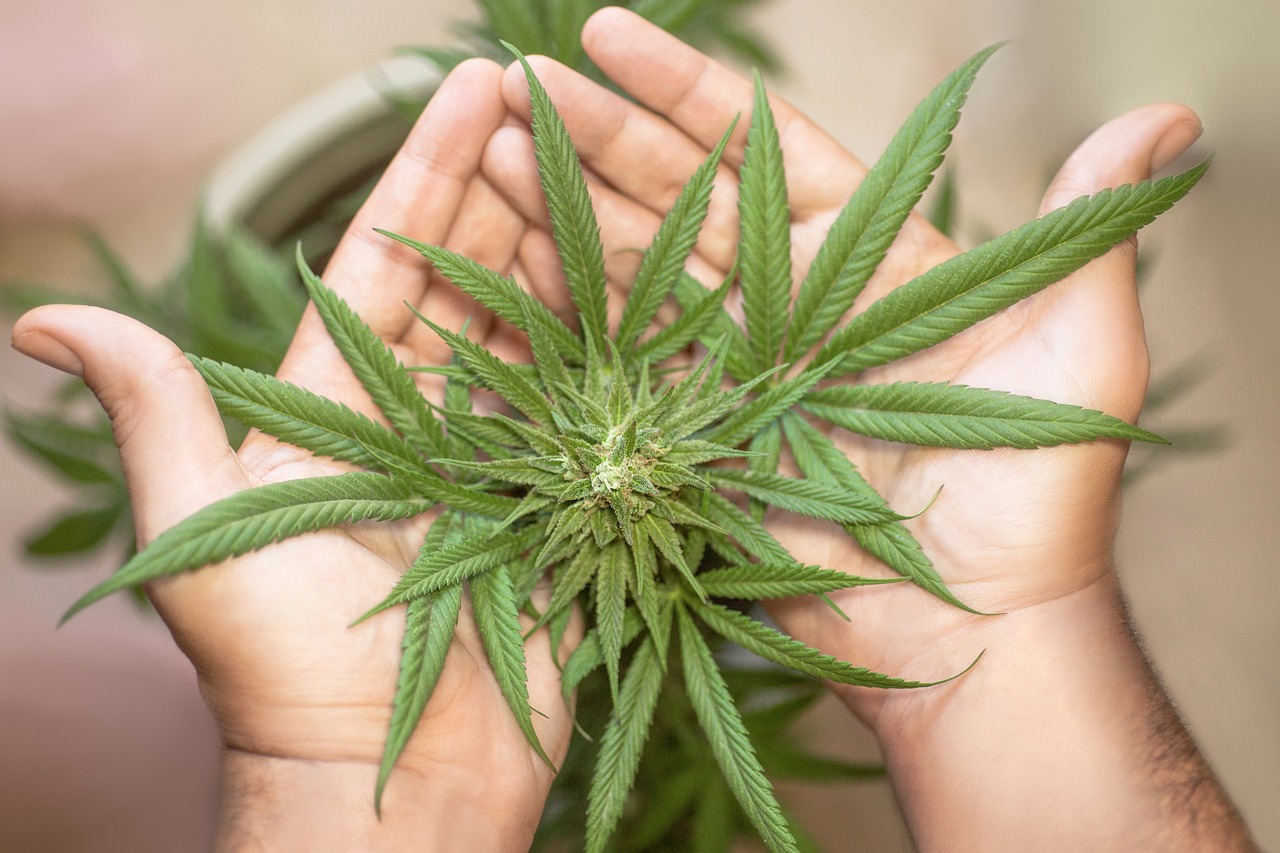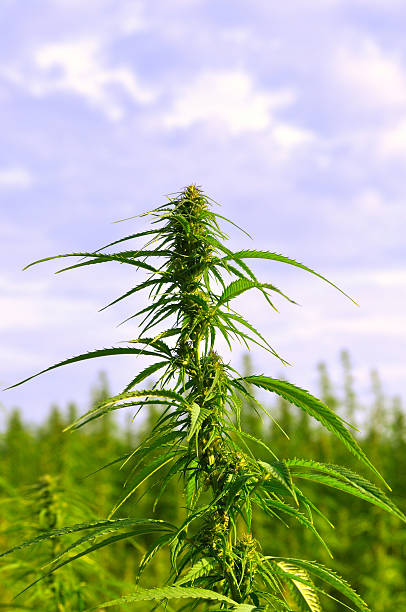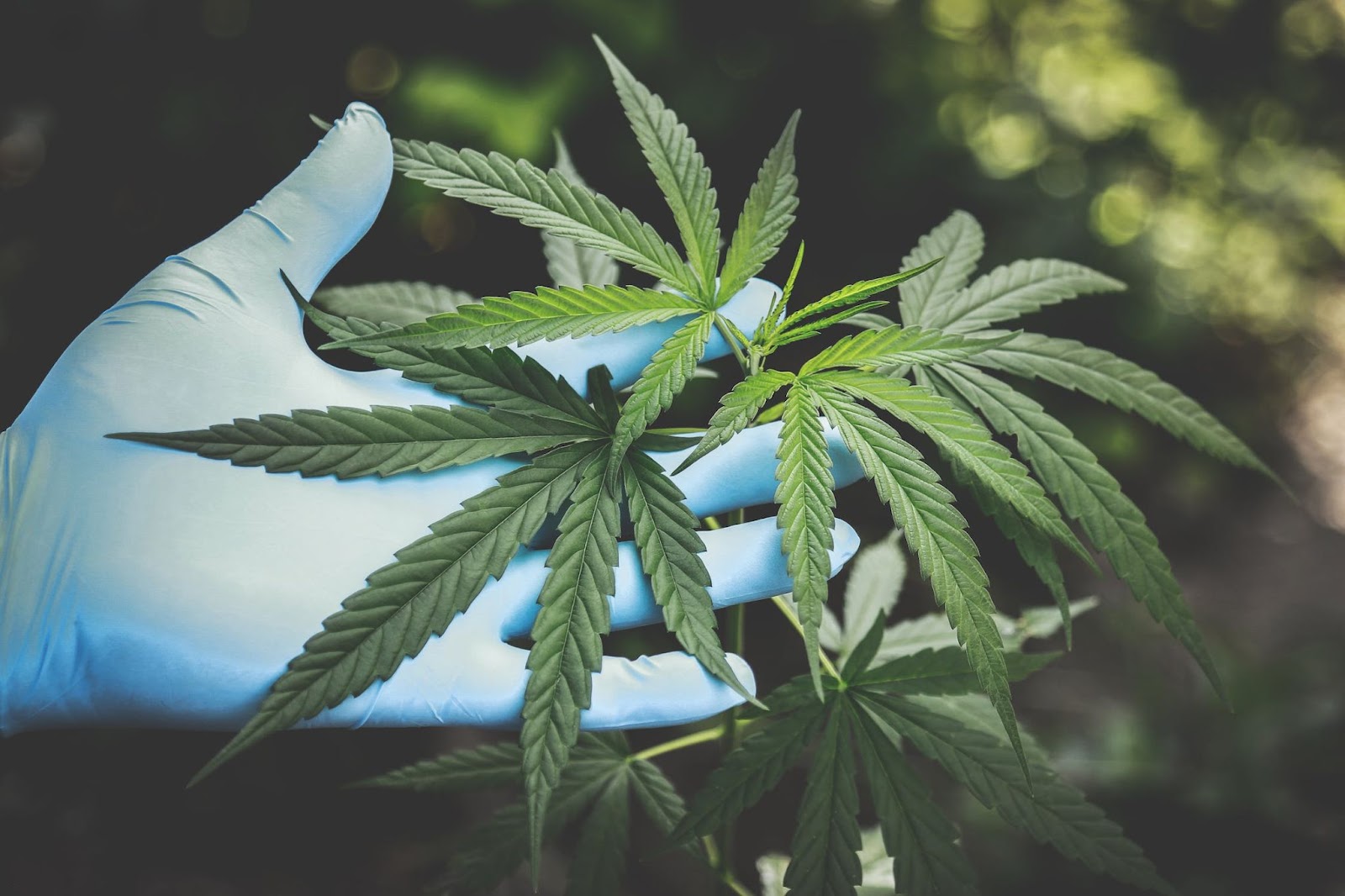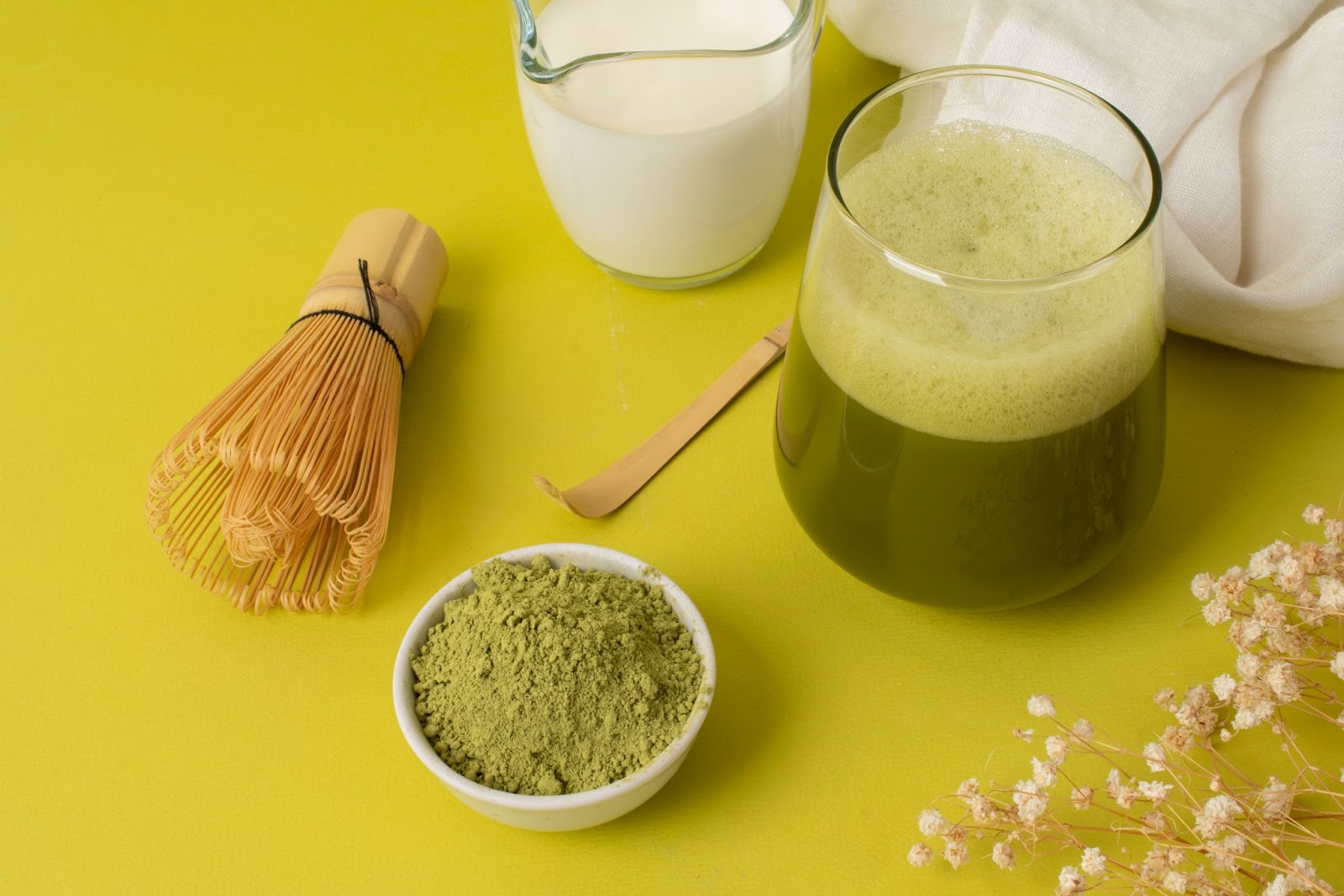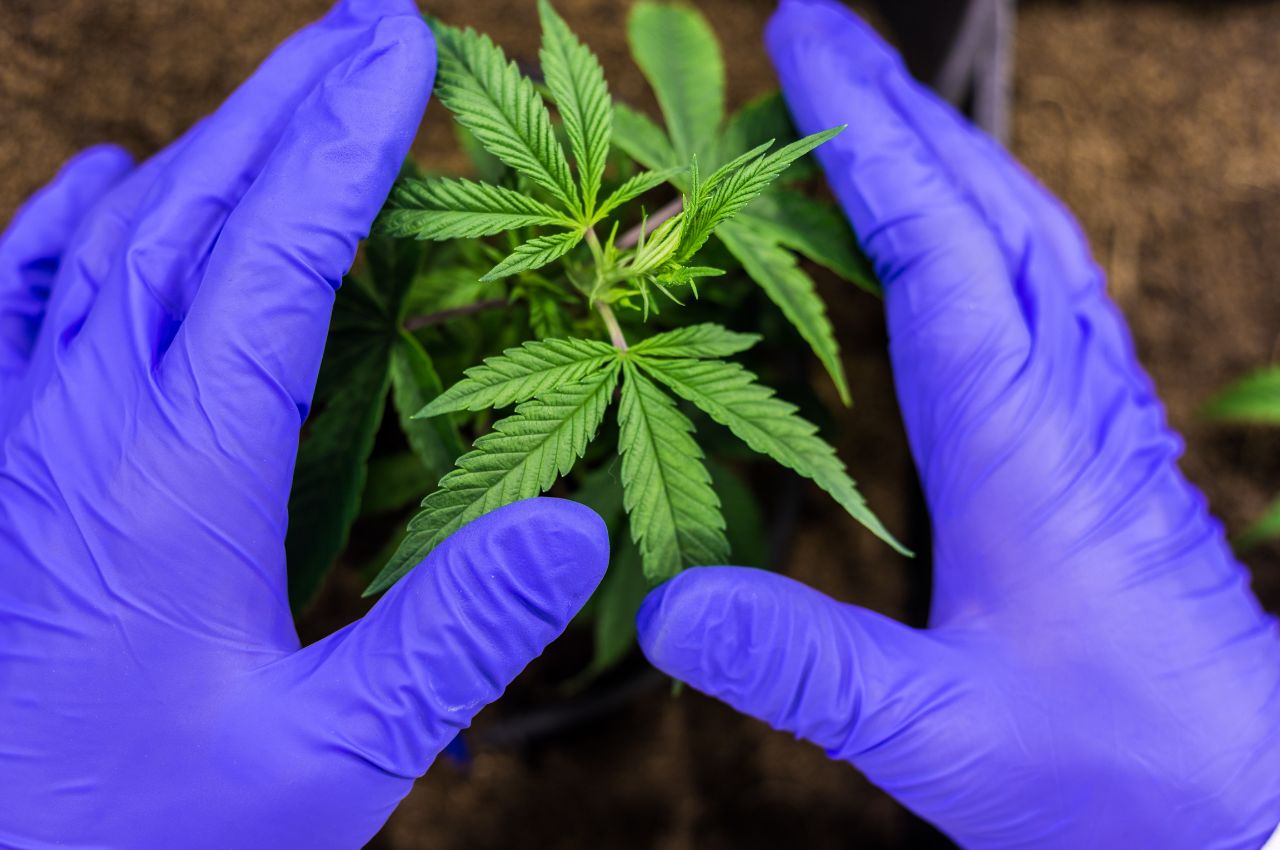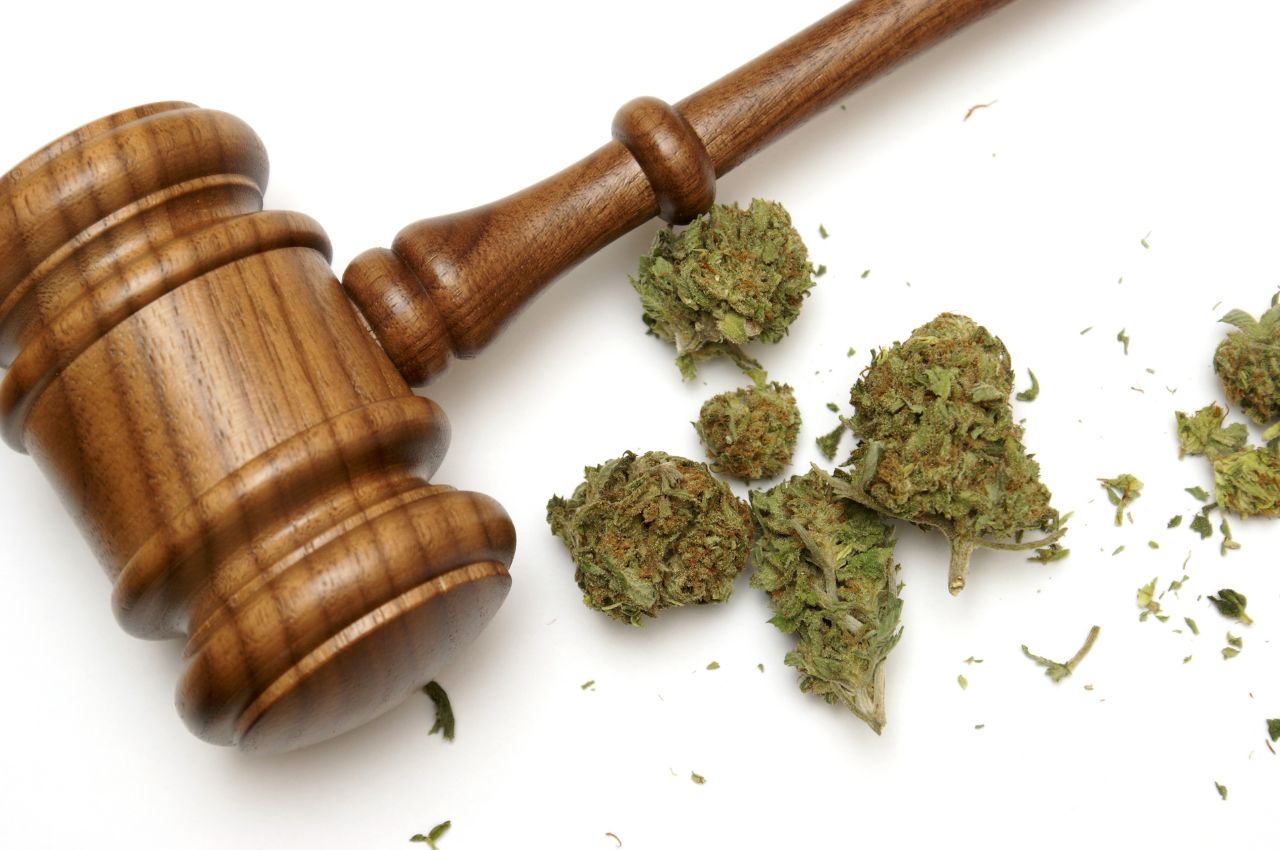The creation, distribution, and consumption of marijuana edibles have been trending upward with no signs of slowing down. “Budtenders” pour cannabis cocktails and wedding guests enjoy flowing cannabis-infused chocolate fountains. Edible alternatives have gained momentum as cannabis brands emphasize the idea that these products are healthier than blunts and bongs.
Kiva, a company that makes fruit-flavored cannabis gummies and chocolate bars, says on its website, “Edibles allow you to enjoy cannabis without the negative side effects of smoking.” Many consumers have wondered about the validity of these claims, but the reality can be complicated.
At this time, there isn’t much research comparing the health effects of smoking cannabis and consuming edibles. Professor of Psychiatry and Behavioral Sciences at Johns Hopkins Medicine, Ryan Vandrey, studies cannabis. He says, “There’s tons of nuance there. You can’t black and white say edibles are safer than smoking, or smoking is worse than vaping — there are different risks for the different routes.”
Some of the nuances are because edibles are harder to dose. When smoking a joint, the high is nearly immediate before it fades within a few hours. With edibles, cannabinoids travel through the gastrointestinal tract, taking their time before the effects are felt. Those who use edibles often wait 30 minutes to several hours before the high kicks into full gear. Even for the most experienced users, timing can vary as effects can depend on stomach contents.
This can result in someone taking another bite of their chosen edible while waiting for the effects, only to end up too high for comfort. Consuming cannabis at high levels can cause people to experience delusions, paranoia, and panic attacks. And while these effects generally last no longer than a couple of hours, during that time some people also experience an accelerated heartbeat, causing them to seek medical attention.
Clinical assistant professor of psychiatry at the N.Y.U. Grossman School of Medicine, Dr. Collin Reiff states, “I see far more adverse outcomes in people who use edibles.”
The emergency department at a Colorado hospital was the subject of a study to compare edibles vs smoking cannabis. While total admissions were higher for smokers, this was due to a higher rate of smokers versus edible users, according to statewide sales data. The study ultimately found that people taking edibles were more likely to visit the emergency room. Those who consumed edibles were also more prone to experience acute psychiatric and cardiovascular symptoms.
Dr, Andrew Monte, Professor of Emergency Medicine and Medical Toxicology at the University of Colorado School of Medicine, led the study and noted that more people consume edibles safely than end up in the ER.
Where edibles carry more adverse cardiovascular and psychiatric effects, it’s important to understand the elevated respiratory risks associated with smoking cannabis. Smoking any substance carries potential harm, and some methods of smoking cannabis may carry additional risks.
Vapes have emerged as a potentially healthier option as the heat of a vaporizer removes certain harmful compounds like tar. However, the lungs are still exposed to irritants by vaping, with some evidence of other dangerous emissions.
While no studies have shown smoking cannabis to cause lung cancer, as with cigarettes, cannabis smokers are still at a higher risk for developing bronchitis as any smoke can irritate the lungs.
Regardless of how you consume cannabis, there are short-term and long-term risks. Daily use has been linked to an increased risk of high blood pressure and even heart failure. Marijuana also takes a toll on cognition, slowing reaction times and making it dangerous to use while driving. Long-term cognitive effects can result in loss of concentration and memory.
Dr. Vandrey concludes by saying, “With cannabis, and for really anything else… dose and frequency really drive health risks.”
